Unless otherwise stated, the copyright of all the articles and photographs on this page belongs to Simon Yates. The images shown are low resolution versions to speed up loading times. These may be copied without charge for non-commercial and non-profit making purposes only, provided my name is shown as the photographer.
Full-resolution versions are available for purchase.
Please contact me for further details: yatessimon@hotmail.co.uk
Mugshots: The Barons’ Charter Trail in Salisbury, Wiltshire (July 2015)
As part of the celebrations for the 800th anniversary of the Magna Carta, the Trussell Trust has set up a unique art trial of 25 life-sized baron sculptures, dotted around the city. The baron ‘template’ was designed and created by Wild In Art’s Creative Director, Chris Wilkinson. These ‘blank canvases’ have been decorated by local and regional artists and community groups.
To record this piece of local history, I thought it would be a good photographic ‘mission’ to try and record them all in a similar way. Getting the same perspective and similar lighting needed a bit of thought and it seemed a consistent approach would be needed to get the ‘mugshots’. Early mornings with cloudy skies would mean more diffuse lighting to help bring out the detail with fewer blown-out highlights, while the early hour meant I had them to myself.
Equipment:
- Canon EOS 5D MkII. Set to aperture priority, with a cable release and mirror lock-up to minimise vibrations.
- Canon 50mm f/1.4 lens (there were a few exceptions to this when the lack of space meant I needed to use a slightly wider angle on the Canon 24-105mm L IS USM zoom)
- Aperture – f/5. I chose this as a good compromise. F/5 stopped the lens down by roughly 3 stops to near-optimal sharpness. Also, combined with the focusing distance it allowed the barons to be separated from the background without completely losing the context of where they are.
- White balance – Cloudy. This has slightly intensified the colours.
- Filter – circular polariser. To reduce reflections and intensify colours. It was interesting that because the barons have surfaces pointing in different directions it was impossible to eliminate all the reflections. For some barons, maximising the polarising effect meant losing some detail to a similar coloured background. This meant adjusting the polarising effect to both reduce reflections while keeping the background separate.
- Spirit level. If some barons don’t look exactly vertical, it’s because they aren’t! The barons were all installed during one night and it must have been quite difficult to get them all straight in time.
- Tripod. My old faithful Cullman. Not the easiest to use as the leg locks are very stiff due to age (a bit like my knees) but it meant I was able to use a consistent height from ground level.
- Accessories – lens wipes/airbrush. Water/duster/handkerchief! Seriously, after a few days outside, the birds had added their own ‘decoration’. A child’s hand mark and lots of condensation on the Astro Baron’s visor meant some pre-photo domestic chores.
After about 4 early morning trips I managed to capture them all. These are all unadjusted JPEGs straight from the camera. The photos appear in the same number order as the Trail, beginning in Salisbury Cathedral Close grounds and ending at the Fire Station on Ashley Road.
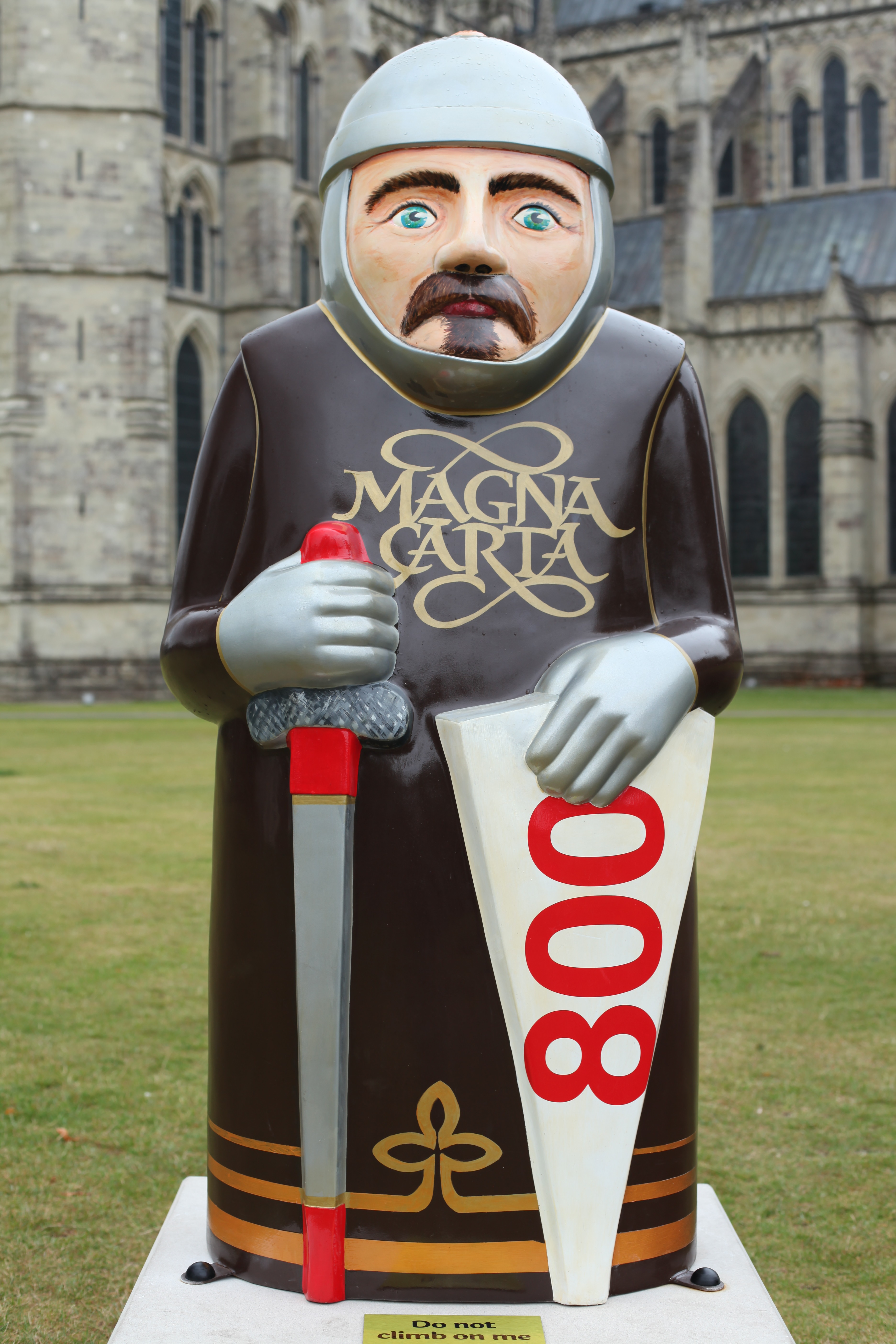
MC 800 Baron
Artist: Mark Elling
Inspired by the hand rendered beauty of the original calligraphy and heraldic detail from the period, combined with modern graphics.
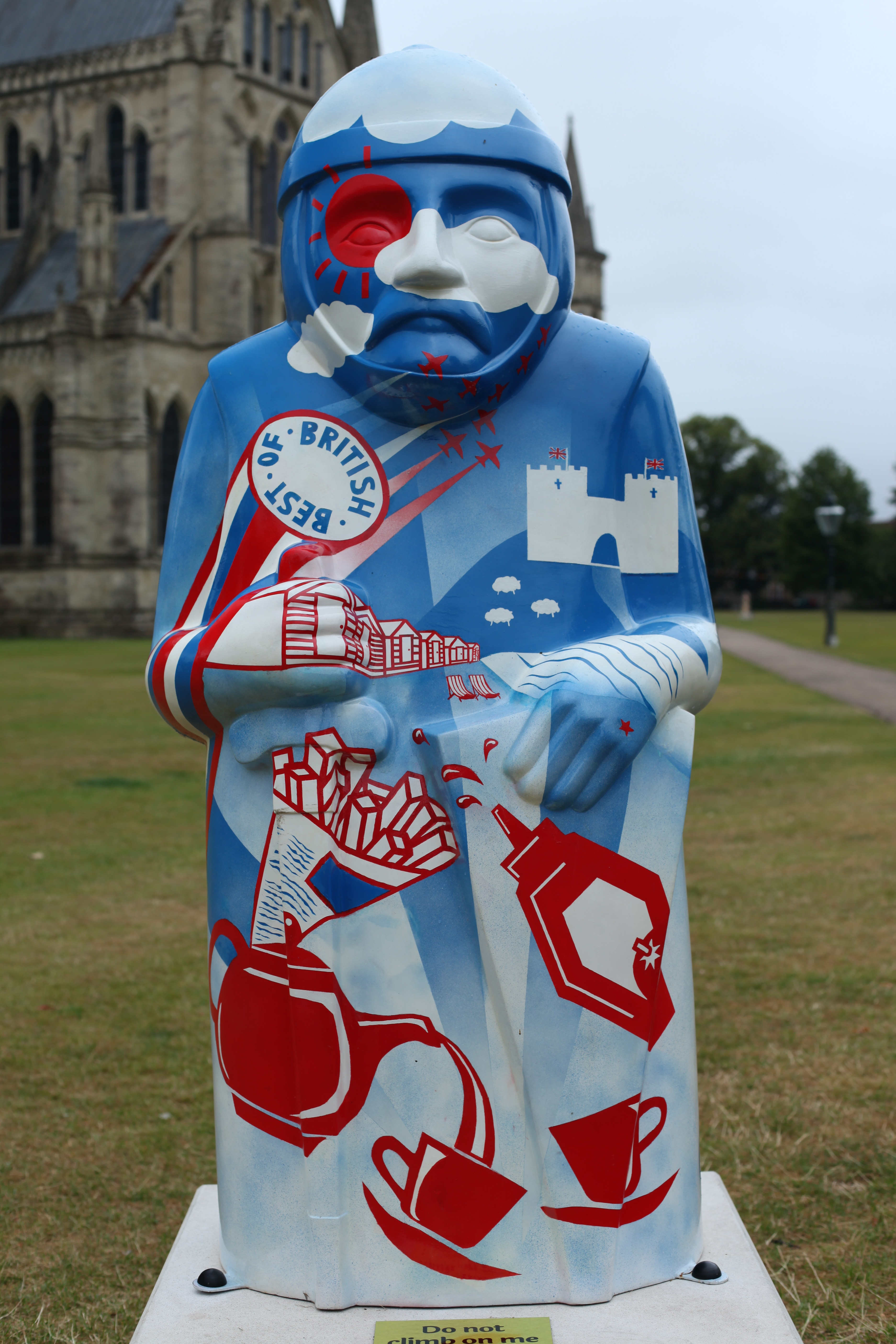
Quintessentially British
Artist: David Graham
The red, white and blue design embodies ‘Britsh’ by use of iconic imagery from tourism, heritage, leisure, sport and transport and so on.
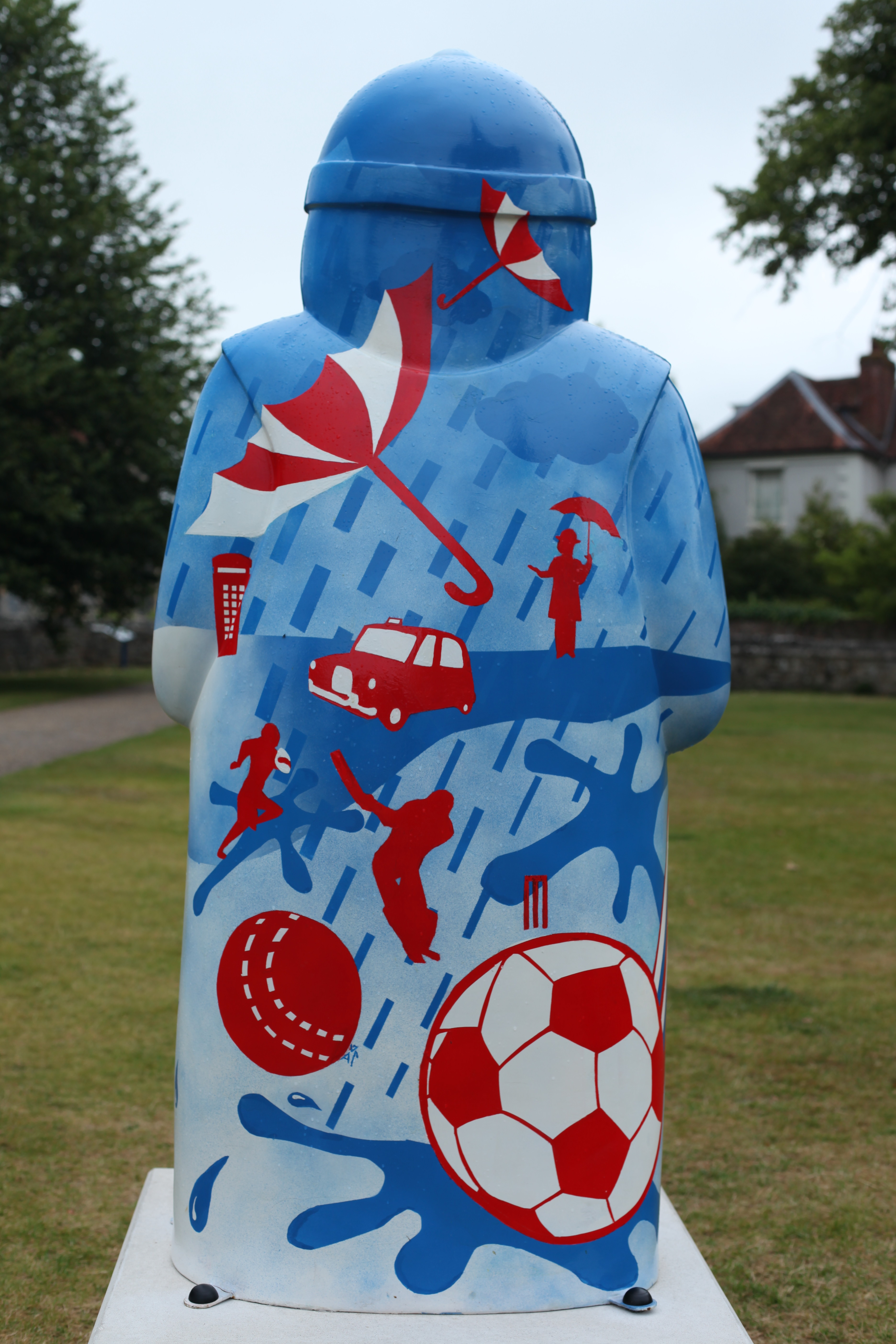
Quintessentially British
Artist: David Graham
The red, white and blue design embodies ‘Britsh’ by use of iconic imagery from tourism, heritage, leisure, sport and transport and so on.

Astro Baron
Artist: Jenny Leonard
Inspired by thhe variety of job uniforms the barons could be put into. There are many dials and information for children to explore.
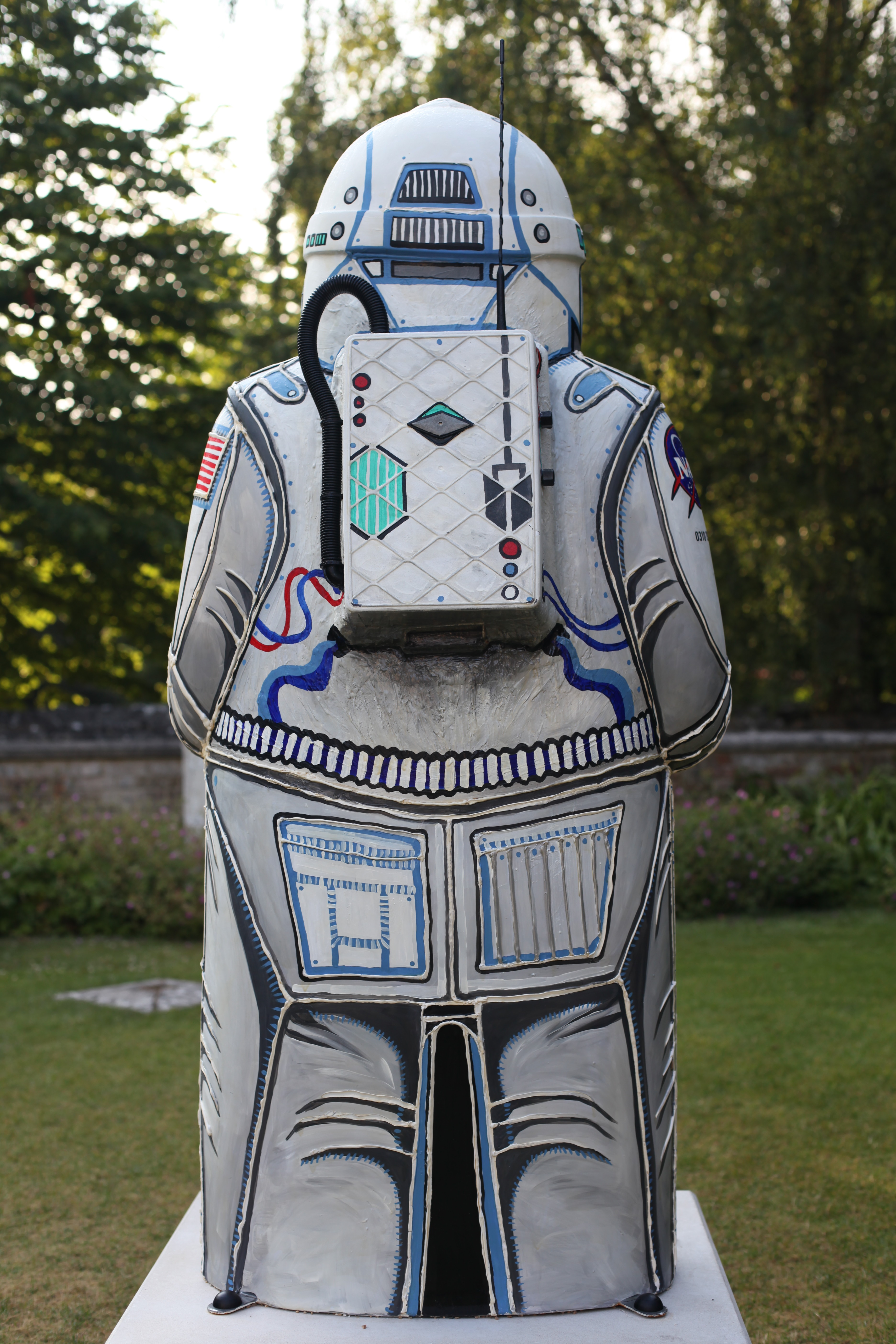
Astro Baron
Artist: Jenny Leonard
Inspired by thhe variety of job uniforms the barons could be put into. There are many dials and information for children to explore.

Discworld Knight
Artist: Paul Kidby
Paul has been illustrator for the late Sir Terry Pratchett, author of the Discworld novels. The face of the baron is that of Sir Terry, while the rest is covered in a montage of Discworld imagery.
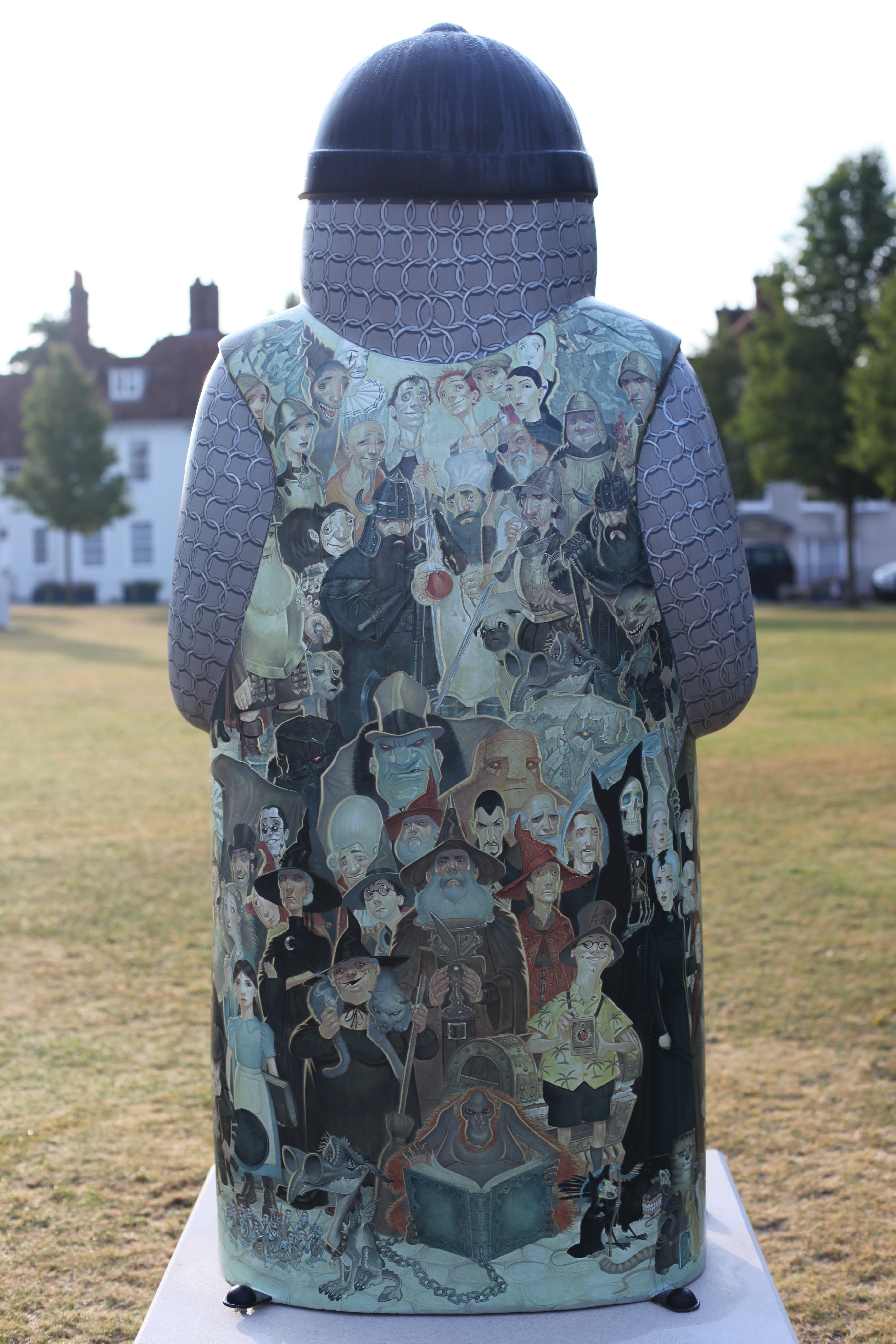
Discworld Knight
Artist: Paul Kidby
Paul has been illustrator for the late Sir Terry Pratchett, author of the Discworld novels. The face of the baron is that of Sir Terry, while the rest is covered in a montage of Discworld imagery.
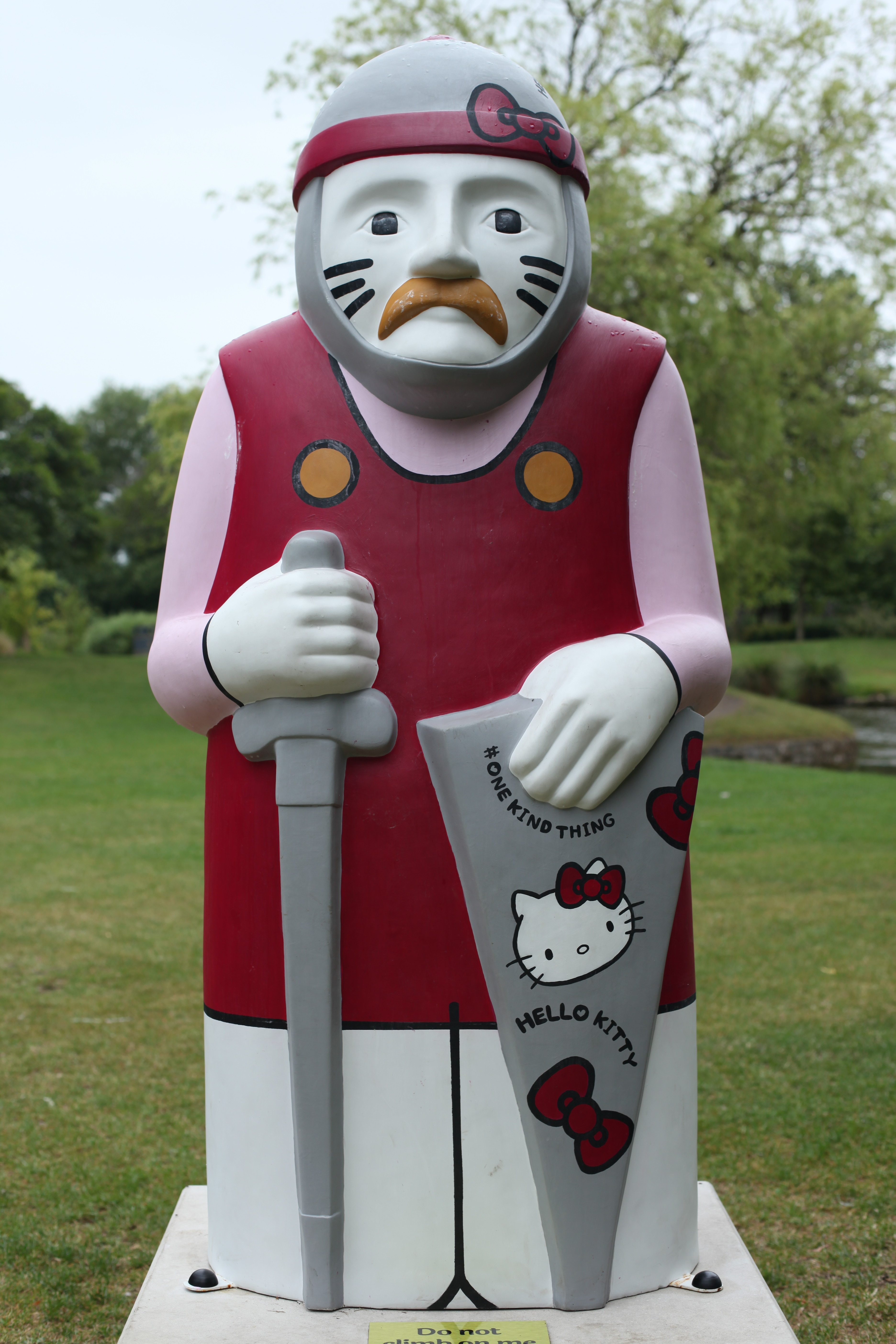
Hello Kitty Baron
Artist: Patricia and Maria Shrigley
Designed with input from Sanrio, who own Hello Kitty. The underlying social message is promoting small acts of kindness.
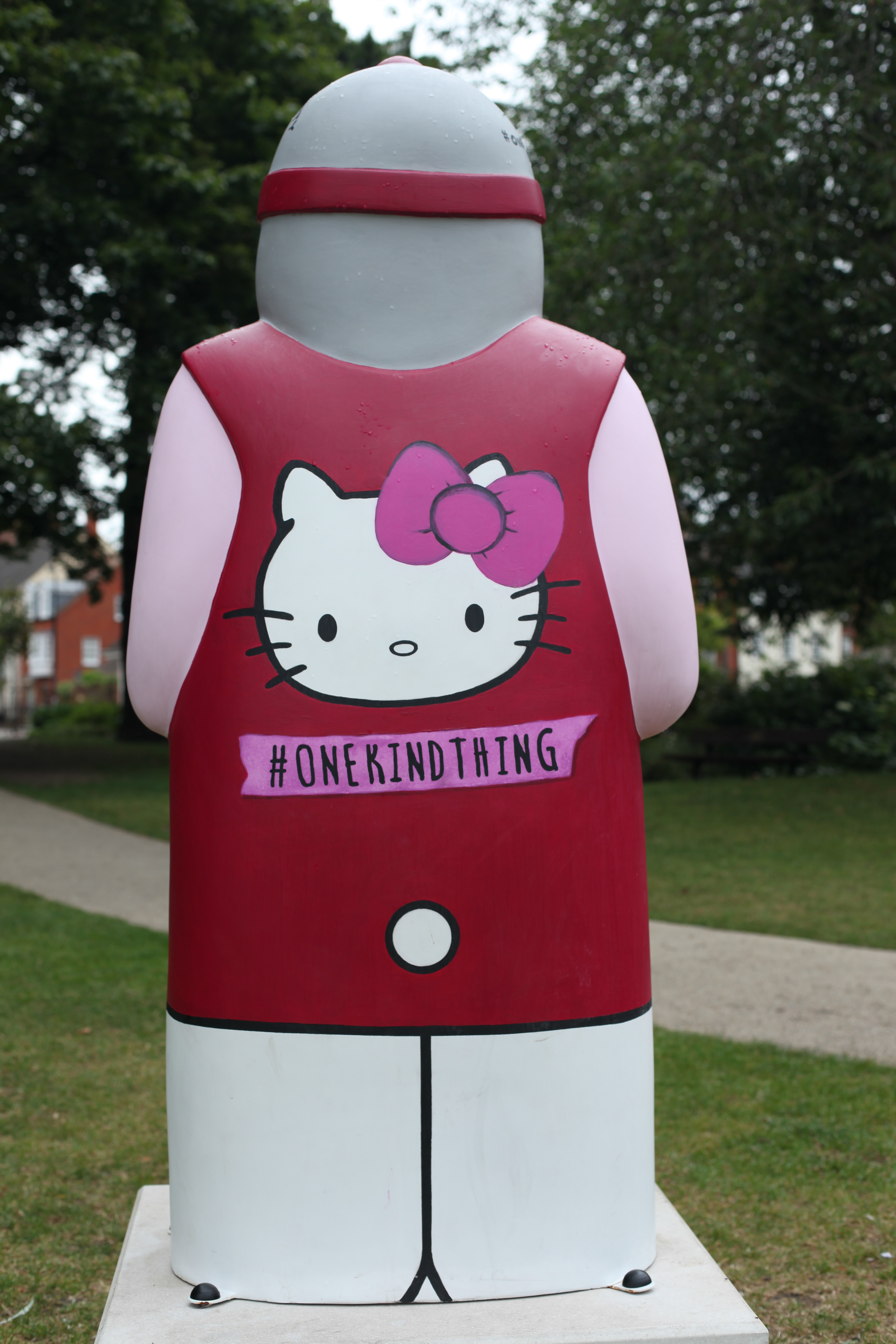
Hello Kitty Baron
Artists: Patricia and Maria Shrigley
Designed with input from Sanrio, who own Hello Kitty. The underlying social message is promoting small acts of kindness.
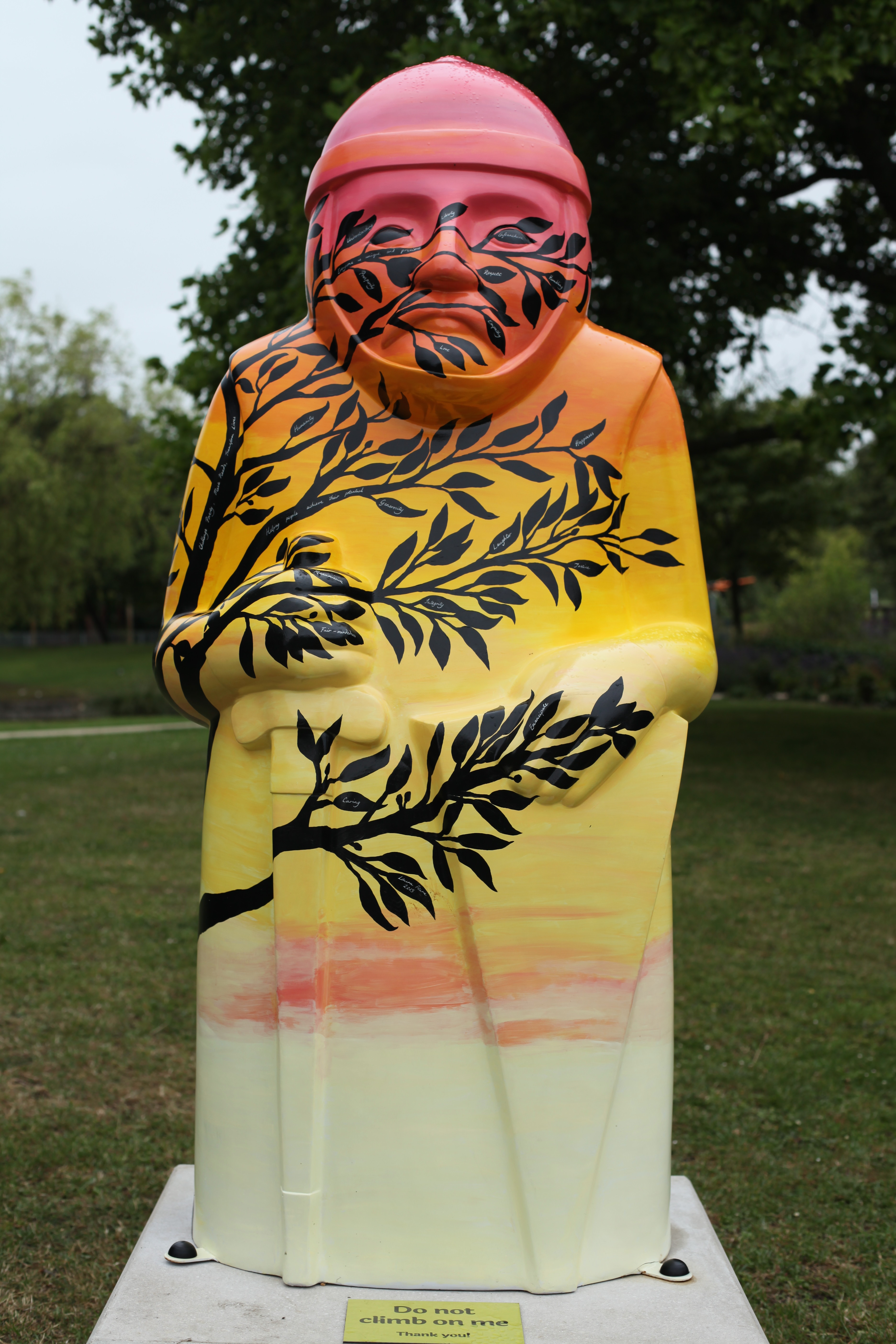
The Trussell Trust Baron
Artist: Laura Fearn
Developed from a concept by the Friends of the Trussell Trust, using words on the leaves to represent social justice and equality. The tree is a symbol of Society, always growing and evolving.
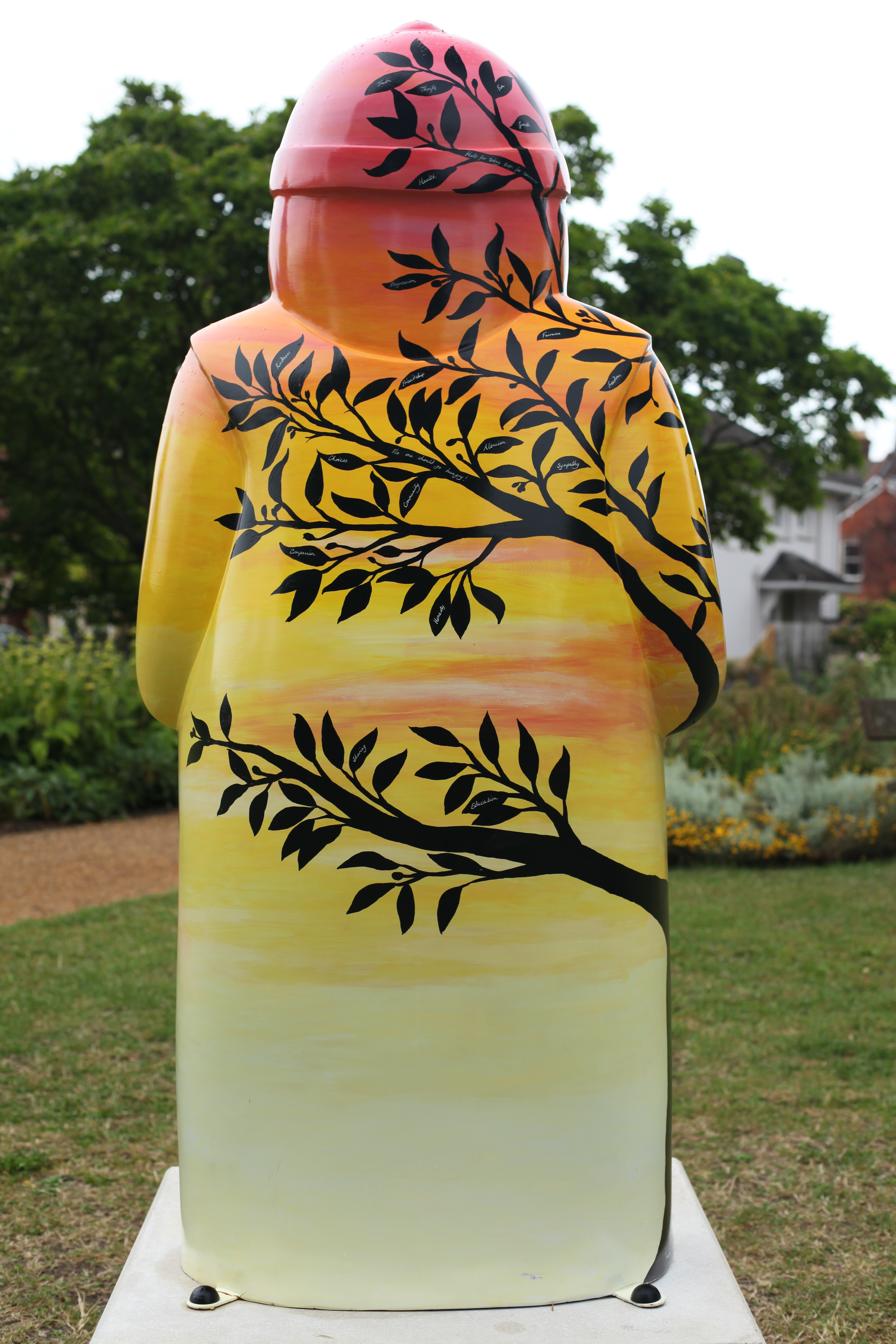
The Trussell Trust Baron
Artist: Laura Fearn
Developed from a concept by the Friends of the Trussell Trust, using words on the leaves to represent social justice and equality. The tree is a symbol of Society, always growing and evolving.
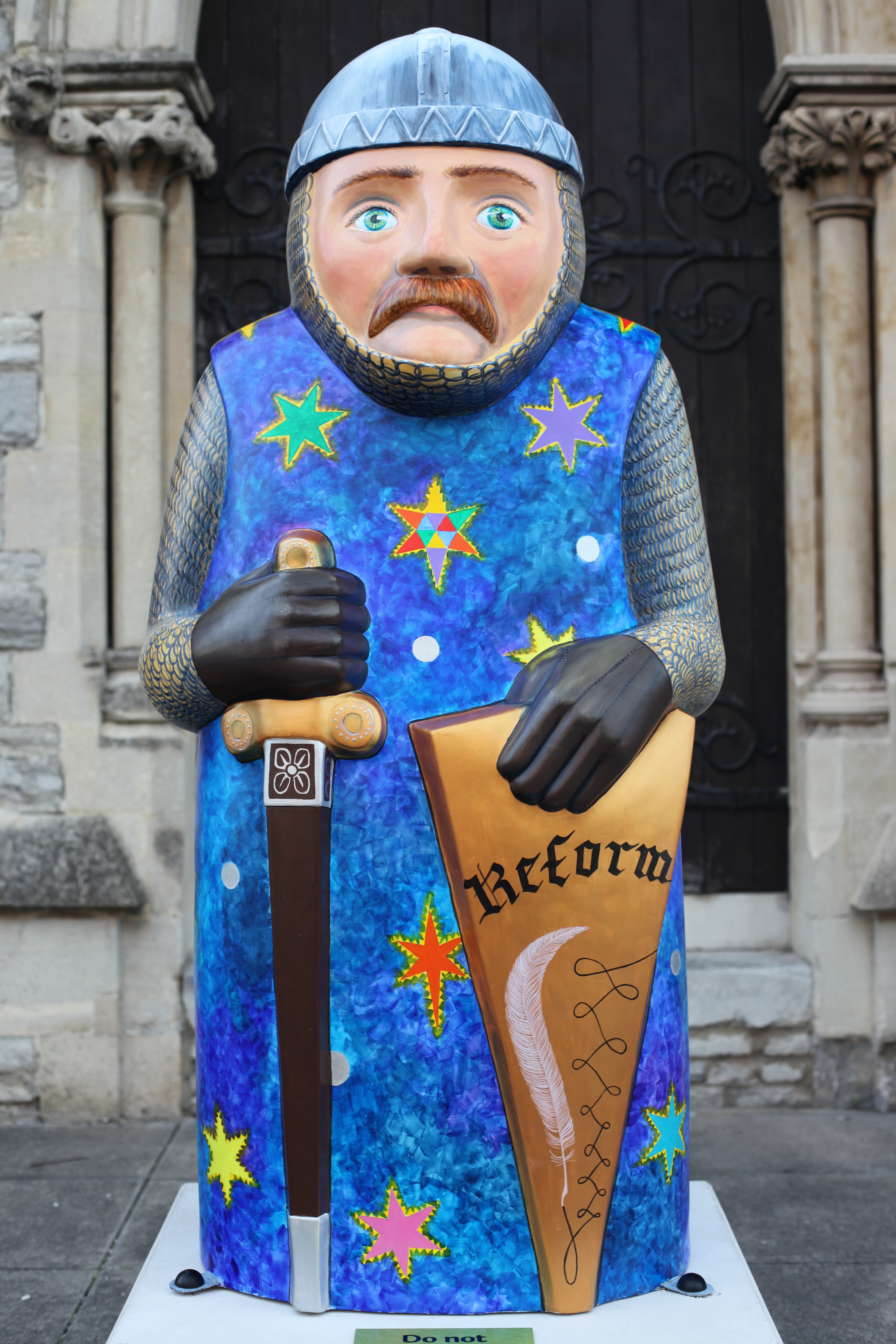
Conceptual Baron
Artist: Ann Hopkins
The shield shows a pen indicating the written agreement is a defence against violence. The surcoat is eternity populated by bright stars indicating the universal benefits of making laws to enforce justice, rights and responsibilities.
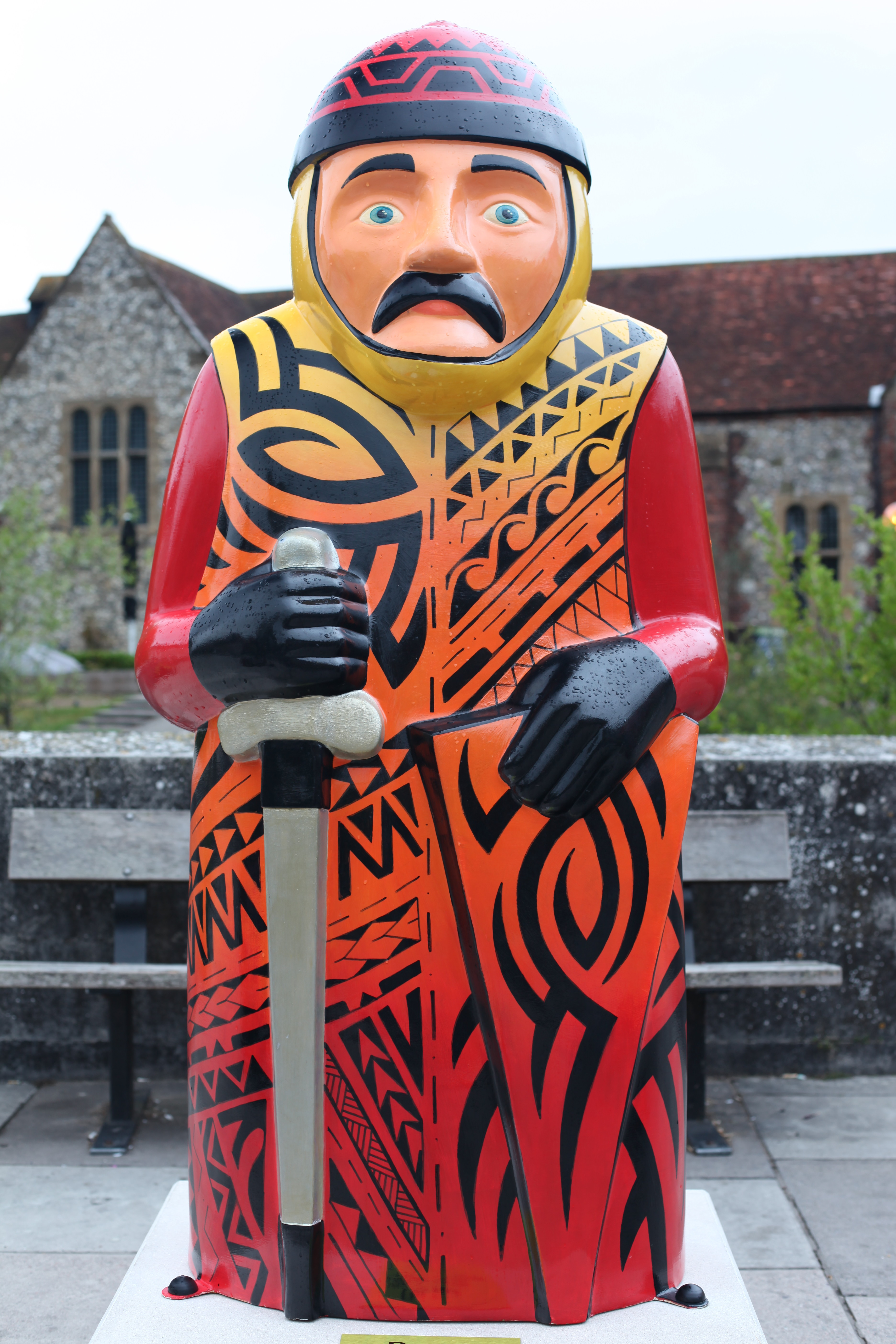
Traditional Tribal Baron
Artist: Jake Cook
The artist’s passion for the depiction of Polynesian history through its art is the inspration for this design.
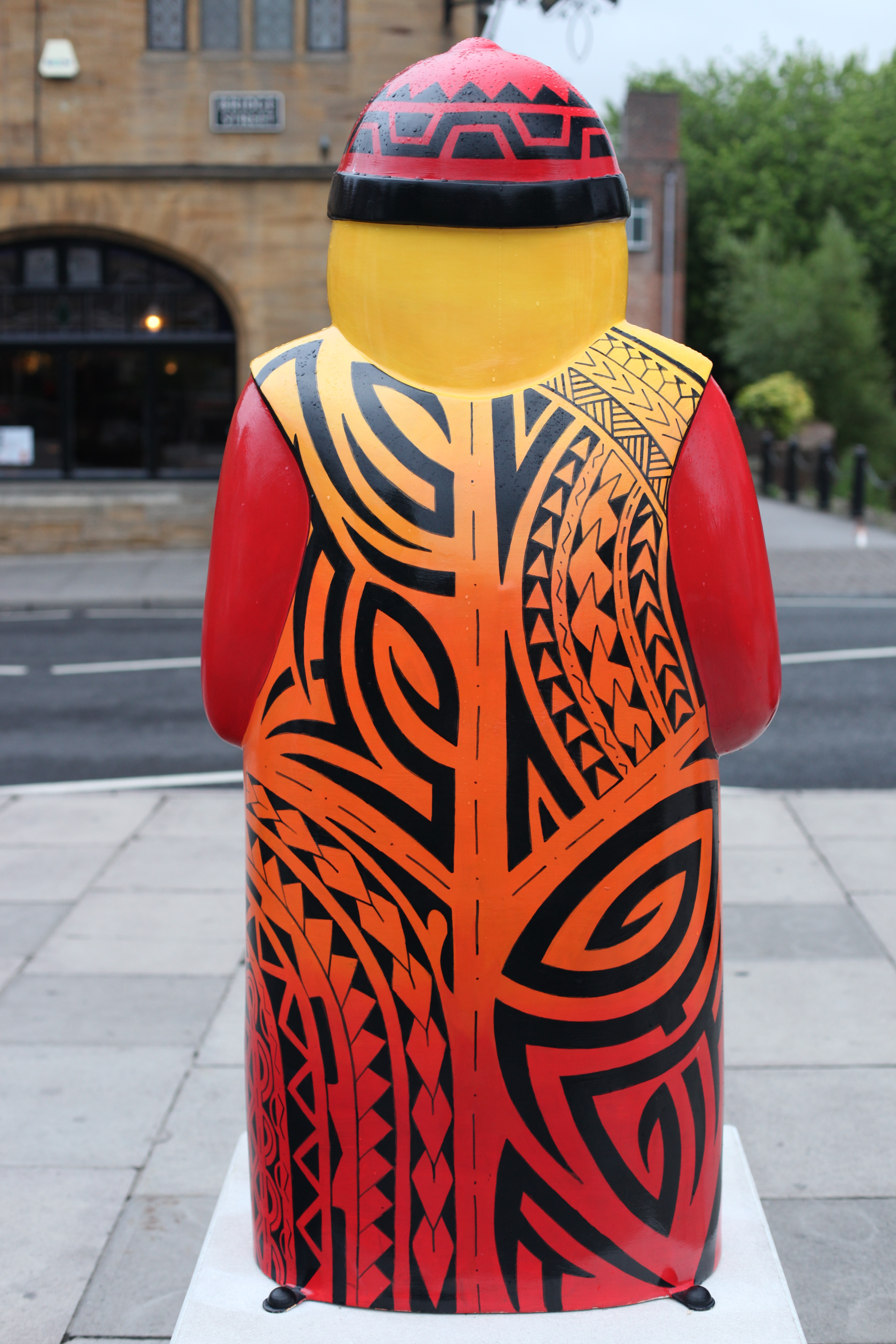
Traditional Tribal Baron
Artist: Jake Cook
The artist’s passion for the depiction of Polynesian history through its art is the inspration for this design.
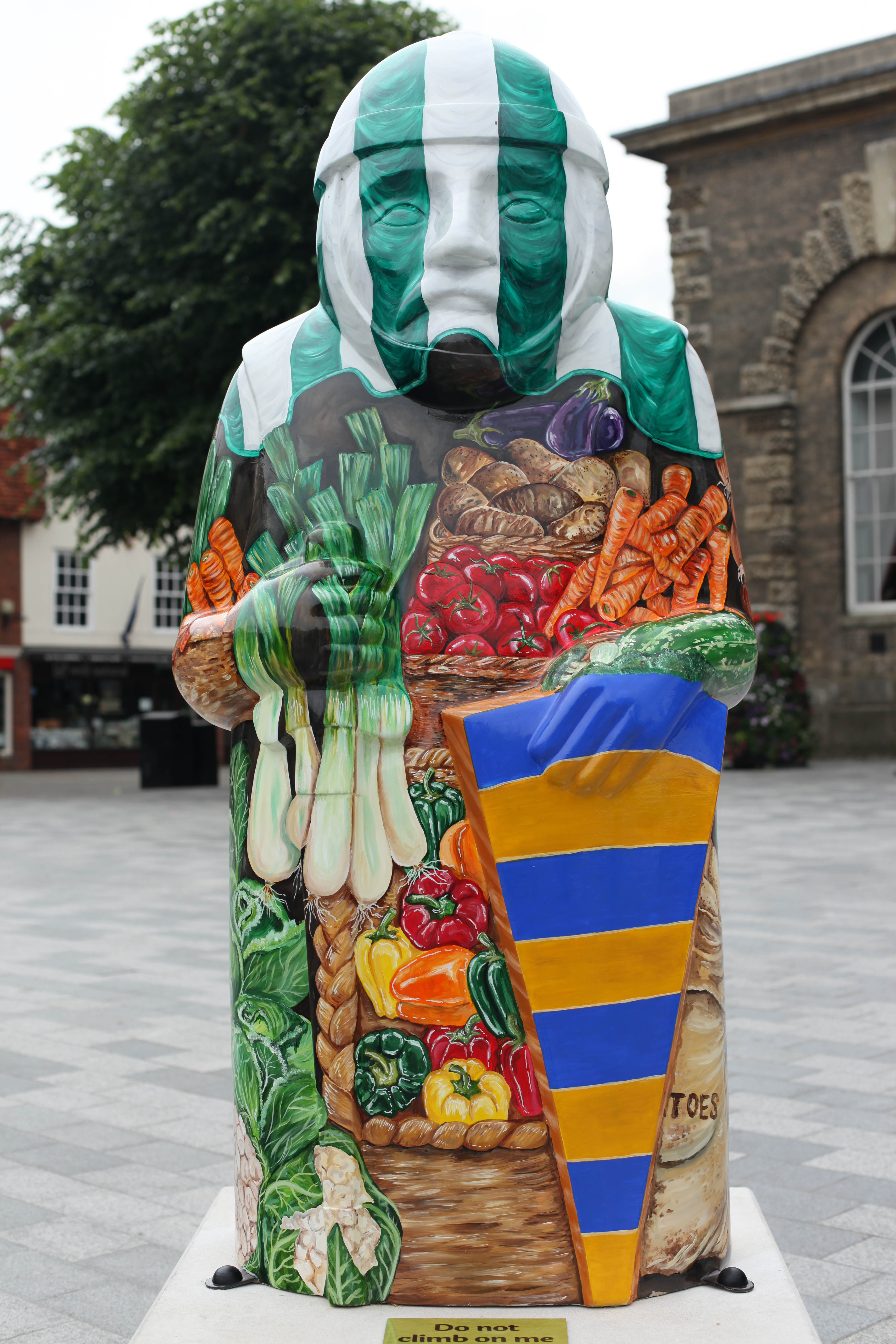
Salisbury Market Baron
Artist: Lee O’Brien
A celebration of the wonderful market heritage of Salisbury. The shield shows the colours of Salisbury’s coat of arms, while the rear depicts the old Poultry Cross.
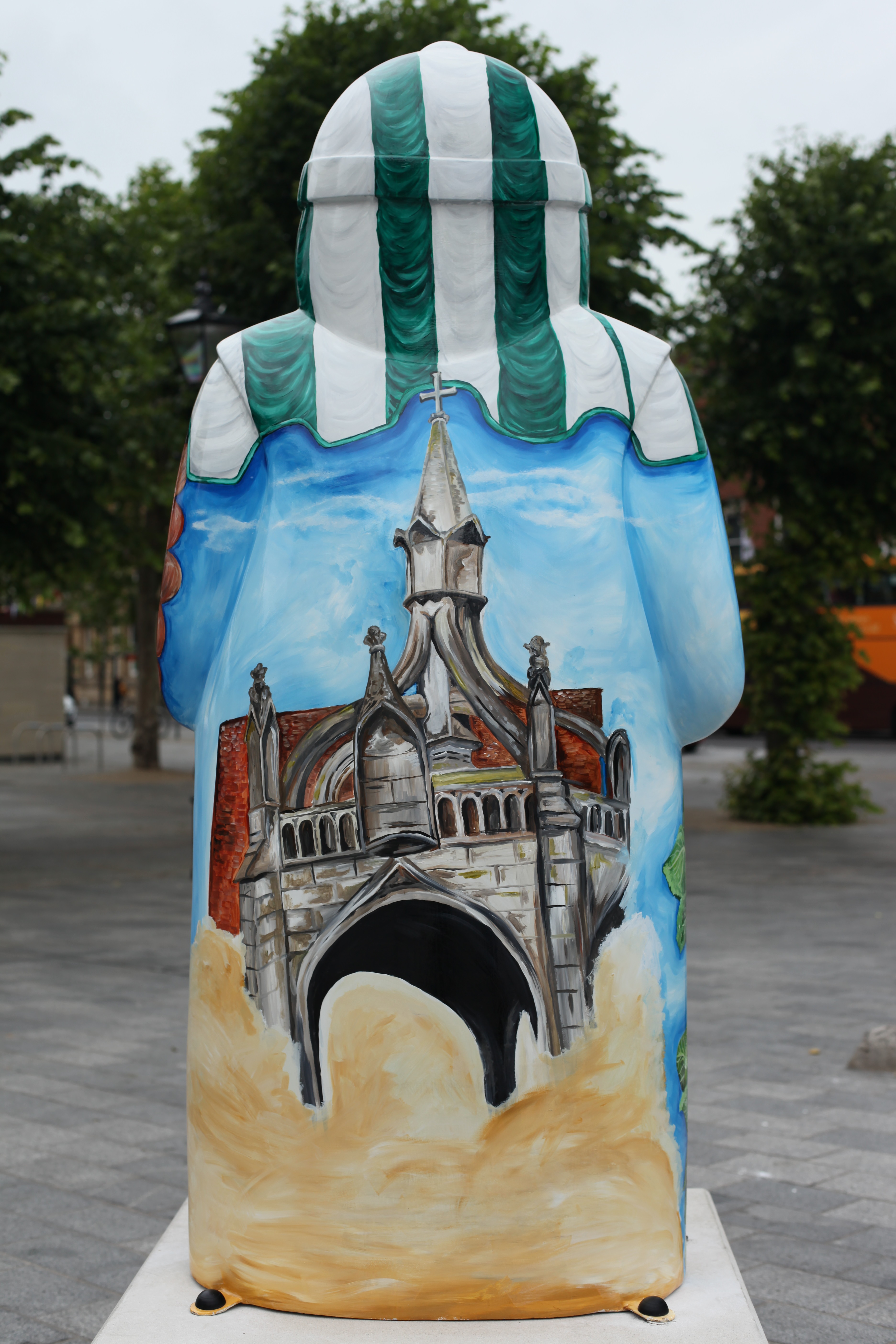
Salisbury Market Baron
Artist: Lee O’Brien
A celebration of the wonderful market heritage of Salisbury. The shield shows the colours of Salisbury’s coat of arms, while the rear depicts the old Poultry Cross.
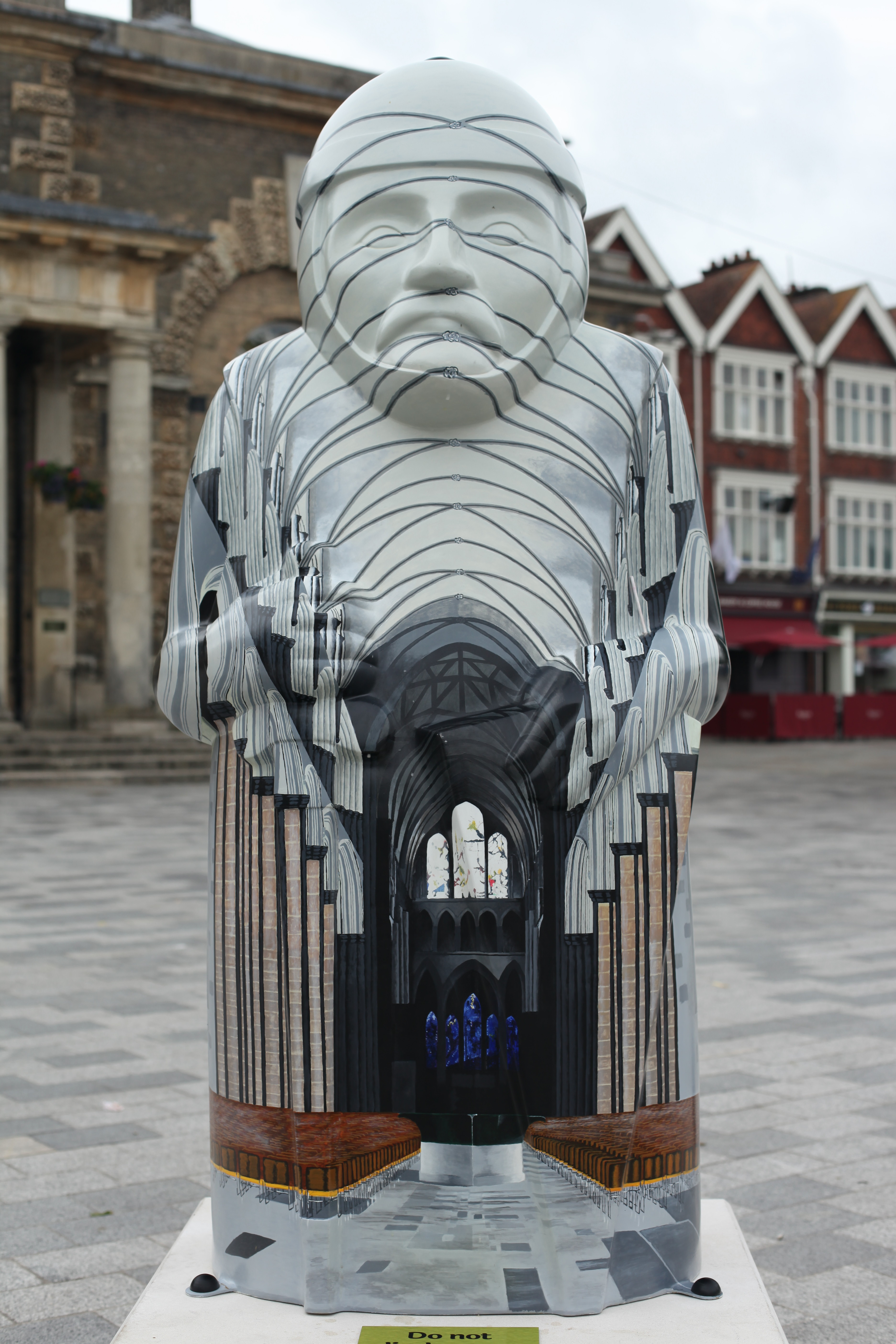
Looking Forward Looking Back
Artist: Kath Hudson
This shows images of the interiors of Salisbury Cathedral, east and west.
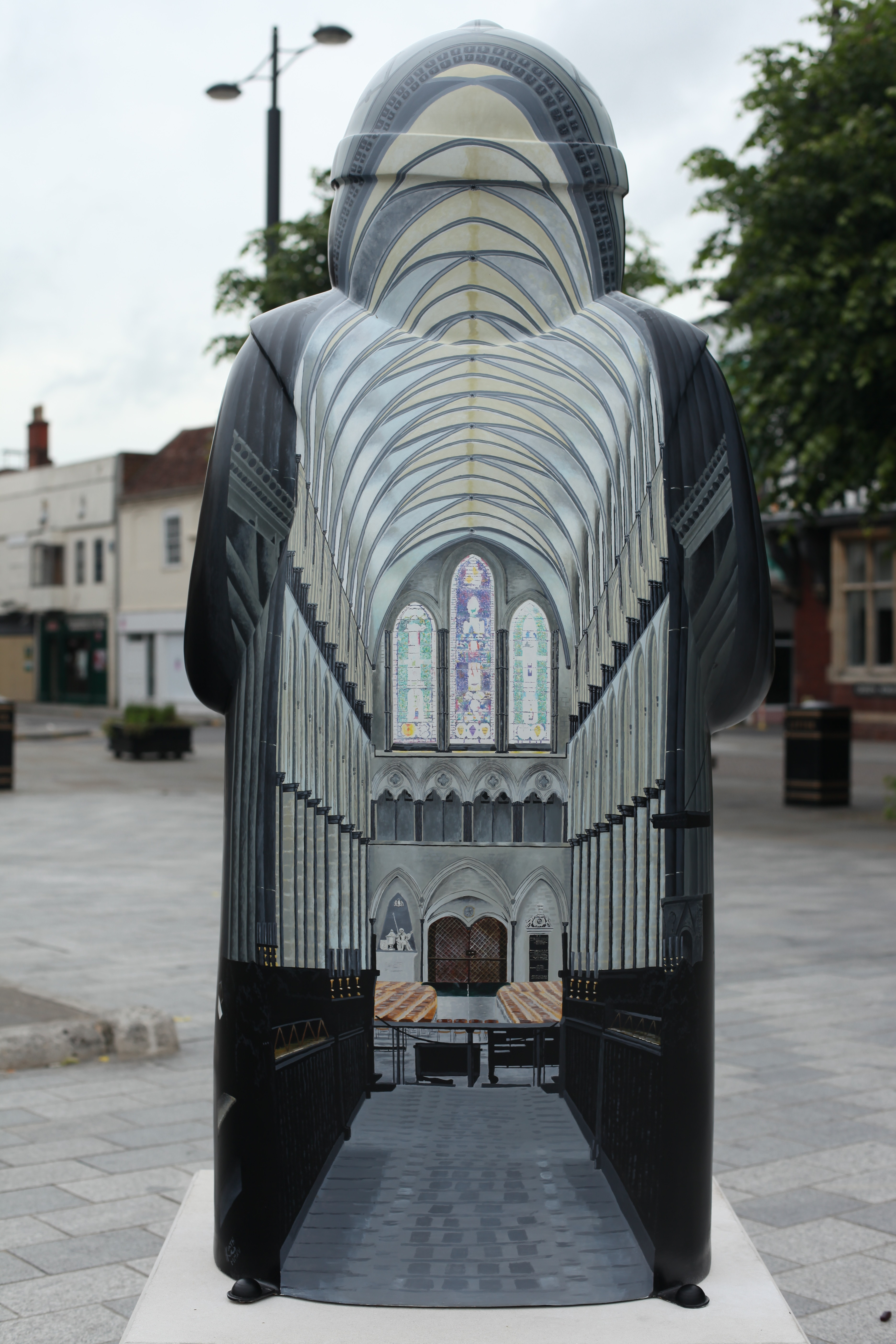
Looking Forward Looking Back
Artist: Kath Hudson
This shows images of the interiors of Salisbury Cathedral, east and west.
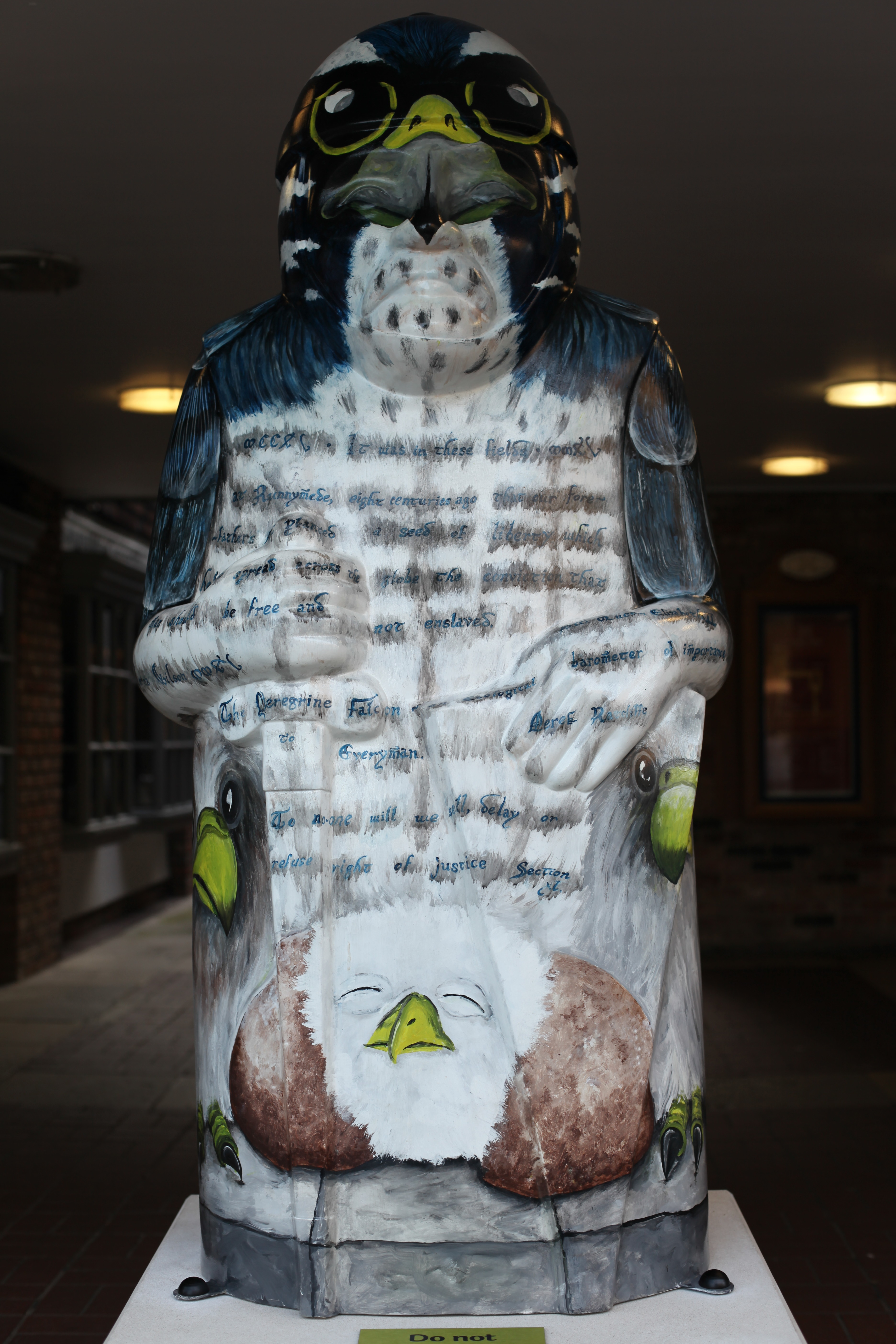
Aspiring Peregrines
Artist: Lorna Wilson
Celebrates the return of these stunningly fast-flying raptors to Salisbury Cathedral after along absence, showing how man and nature can adapt.
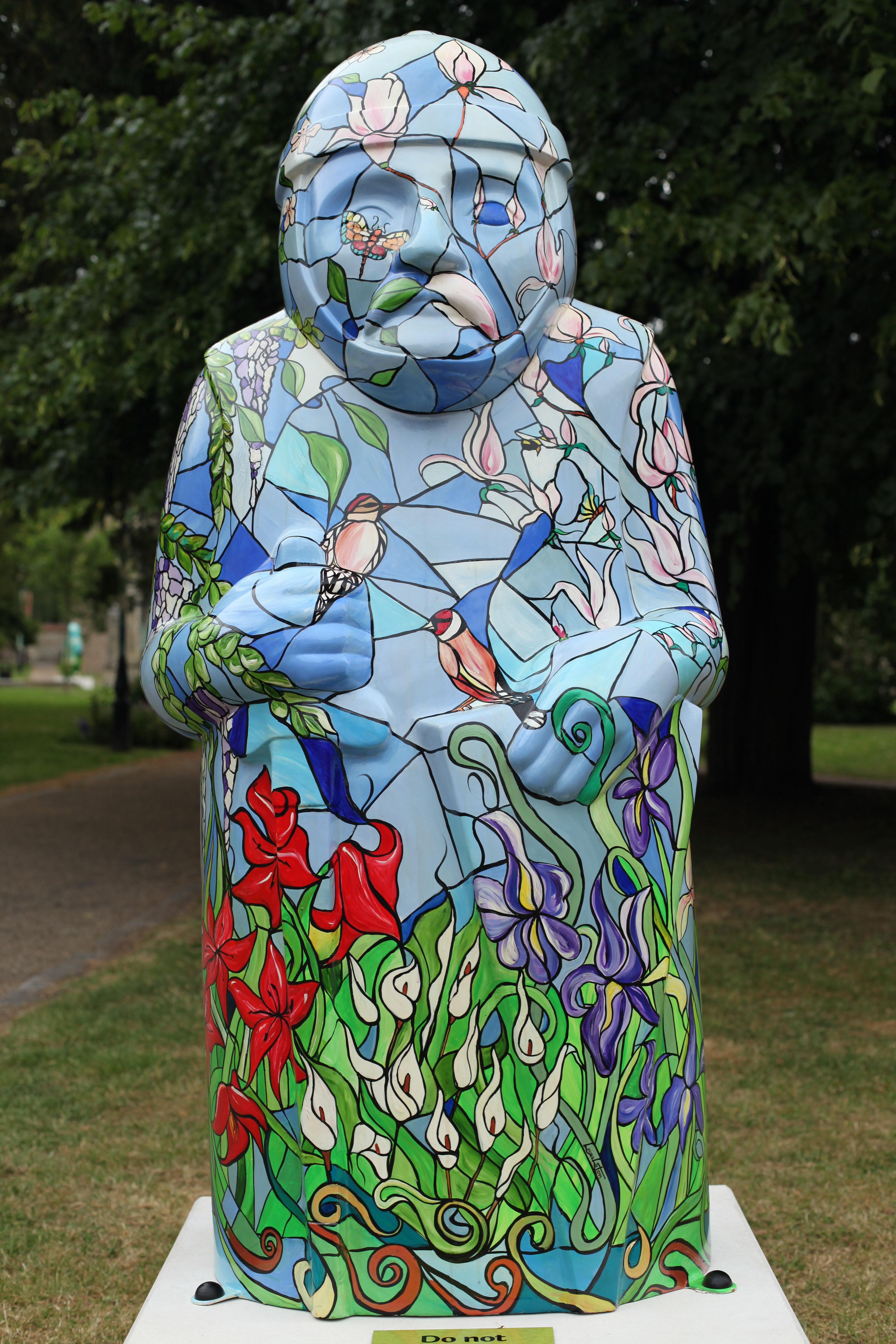
The Stained Glass Flower Baron
Artist: Louise Luton
Inspired by the ‘Prisoners of Conscience’ stained glass in the Cathedral, the design uses bot the traditional and modern. The featured flowers all have important traditional values associated with them: Altroemonia-frienship; Amaryllis-building harmony; Iris-hope and faith; Magnolia-dignity and love.
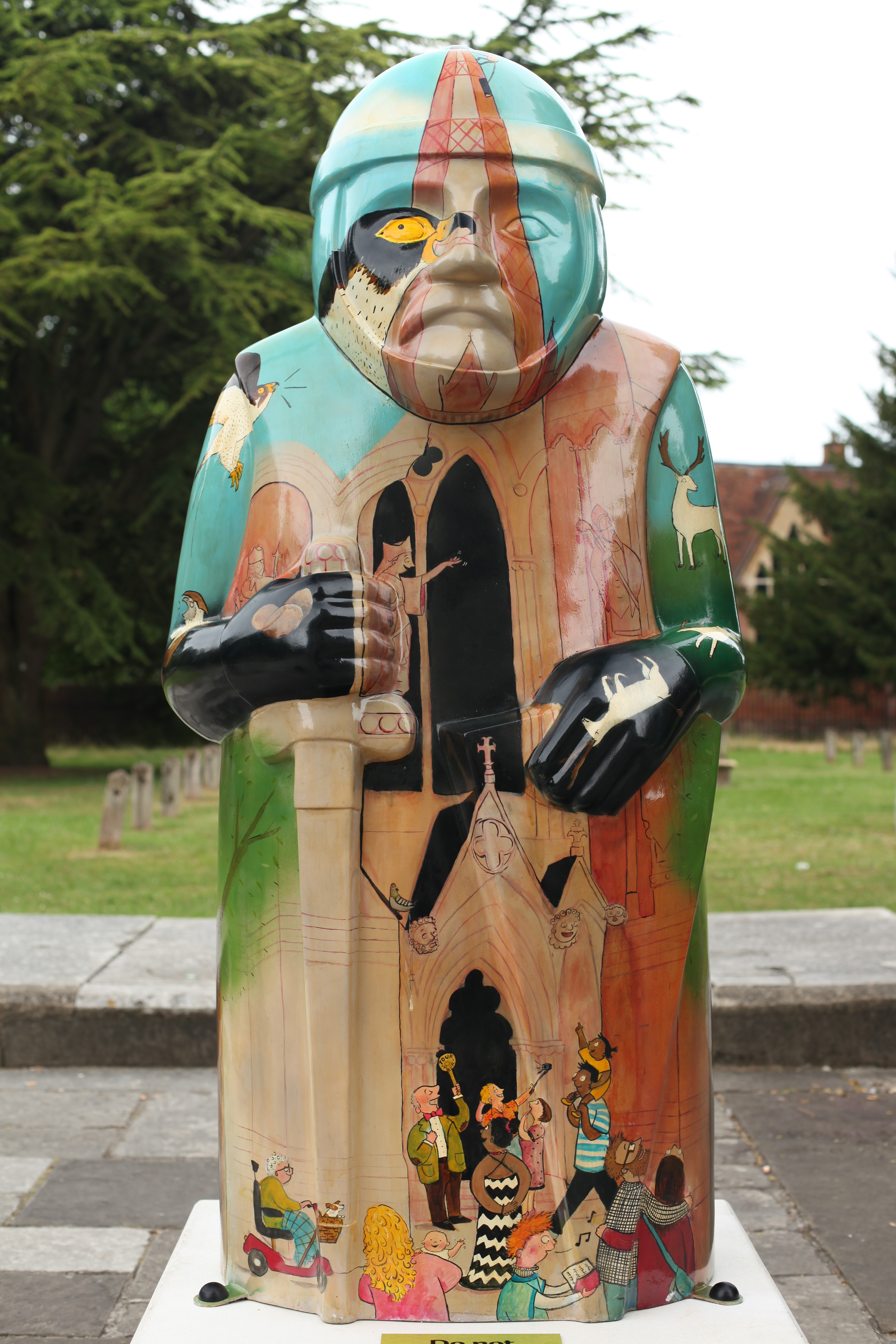
Oh Deer!
Artist: Annaliese Stoney
History, visual humour and local legend are all combined in the idea of past meeting present. There is the deer legend of the founding of the current Cathedral site, along with the return of the peregrine falcons.

The Stained Glass Flower Baron
Artist: Louise Luton
Inspired by the ‘Prisoners of Conscience’ stained glass in the Cathedral, the design uses bot the traditional and modern. The featured flowers all have important traditional values associated with them: Altroemonia-frienship; Amaryllis-building harmony; Iris-hope and faith; Magnolia-dignity and love.
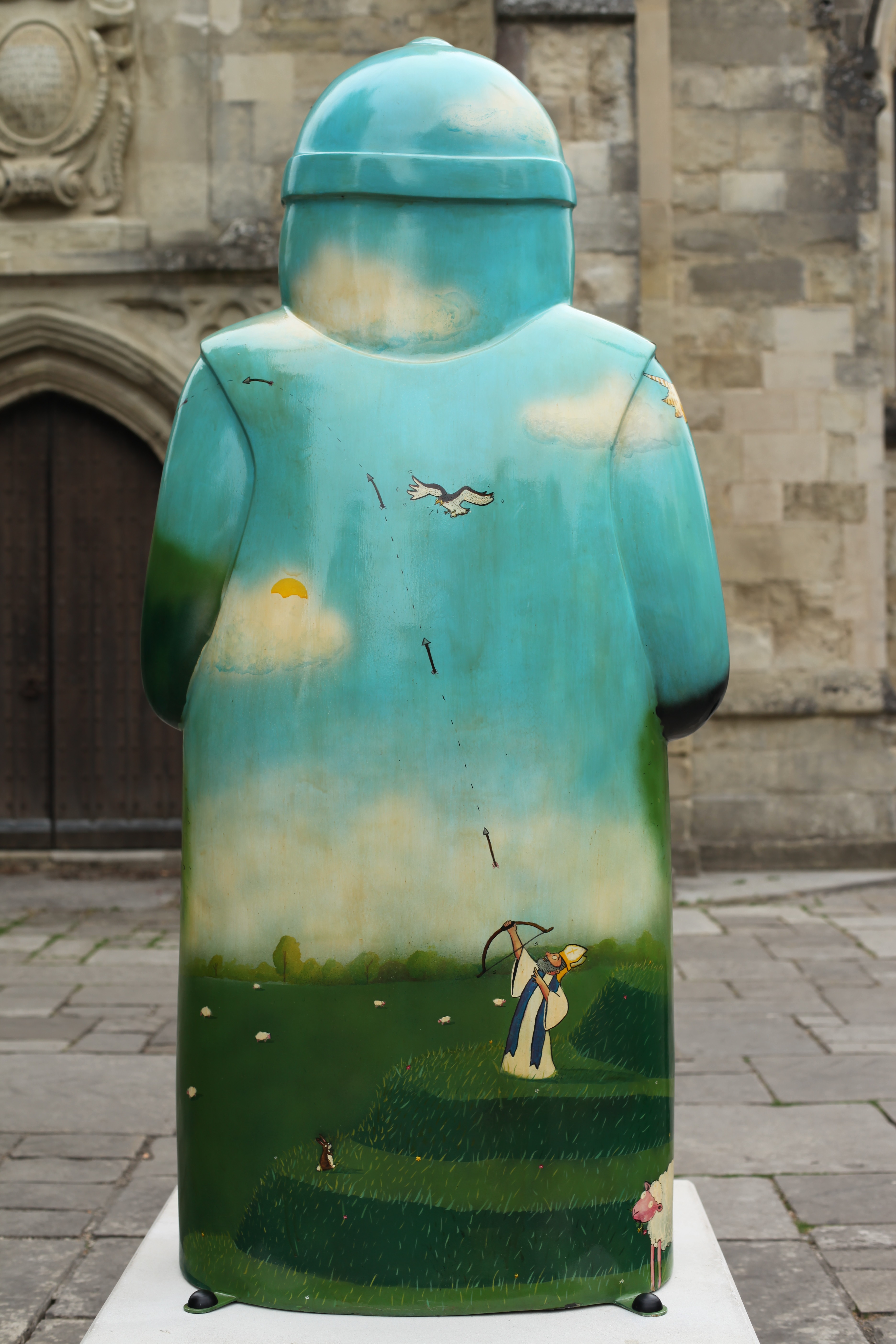
Oh Deer!
Artist: Annaliese Stoney
History, visual humour and local legend are all combined in the idea of past meeting present. There is the deer legend of the founding of the current Cathedral site, along with the return of the peregrine falcons.
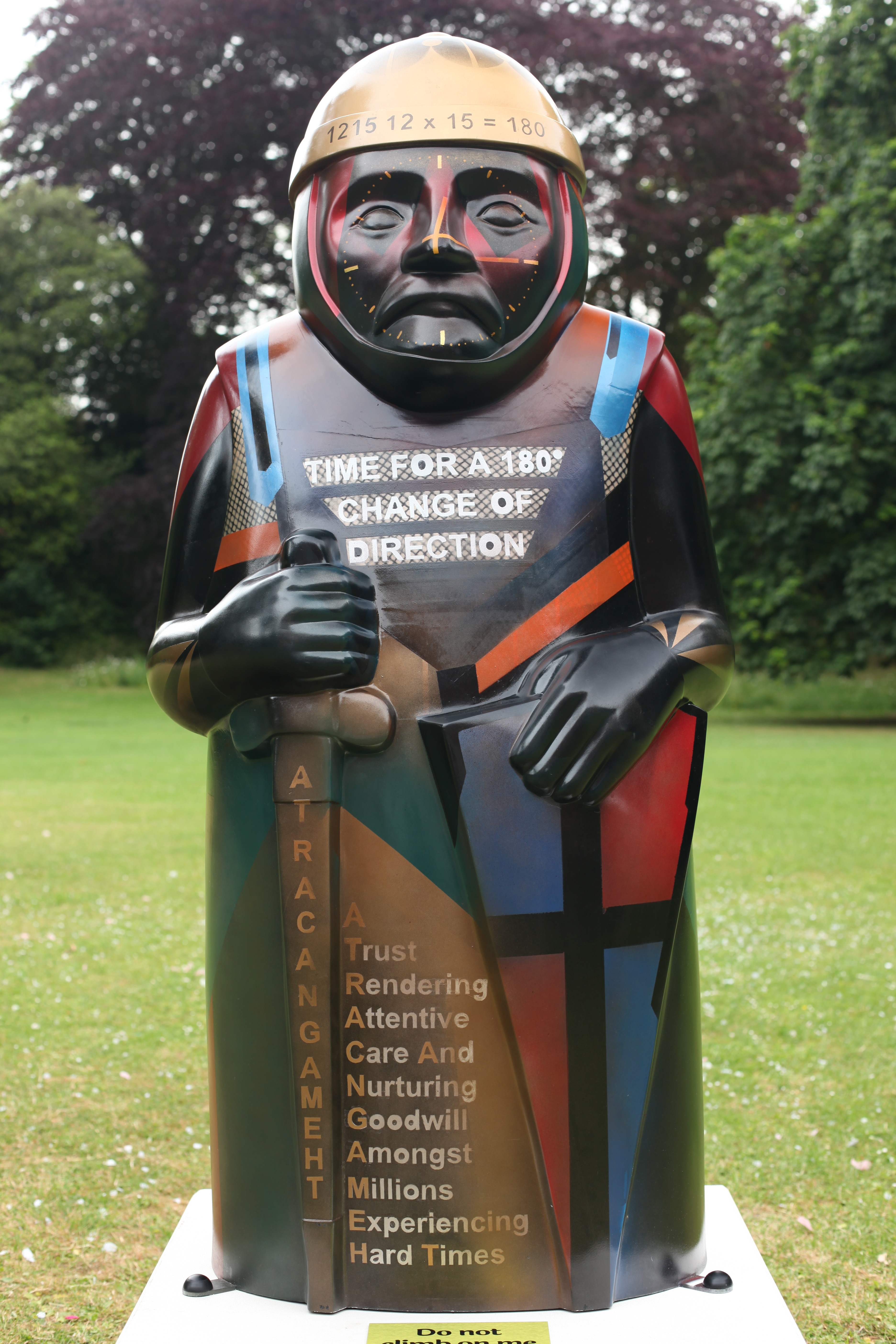
The Magna Carta Baron
Artist: Donald Brown
This baron incorporates thought-provoking images, words and symbols, designed to engage the viewer to interact both visually and intellectually.
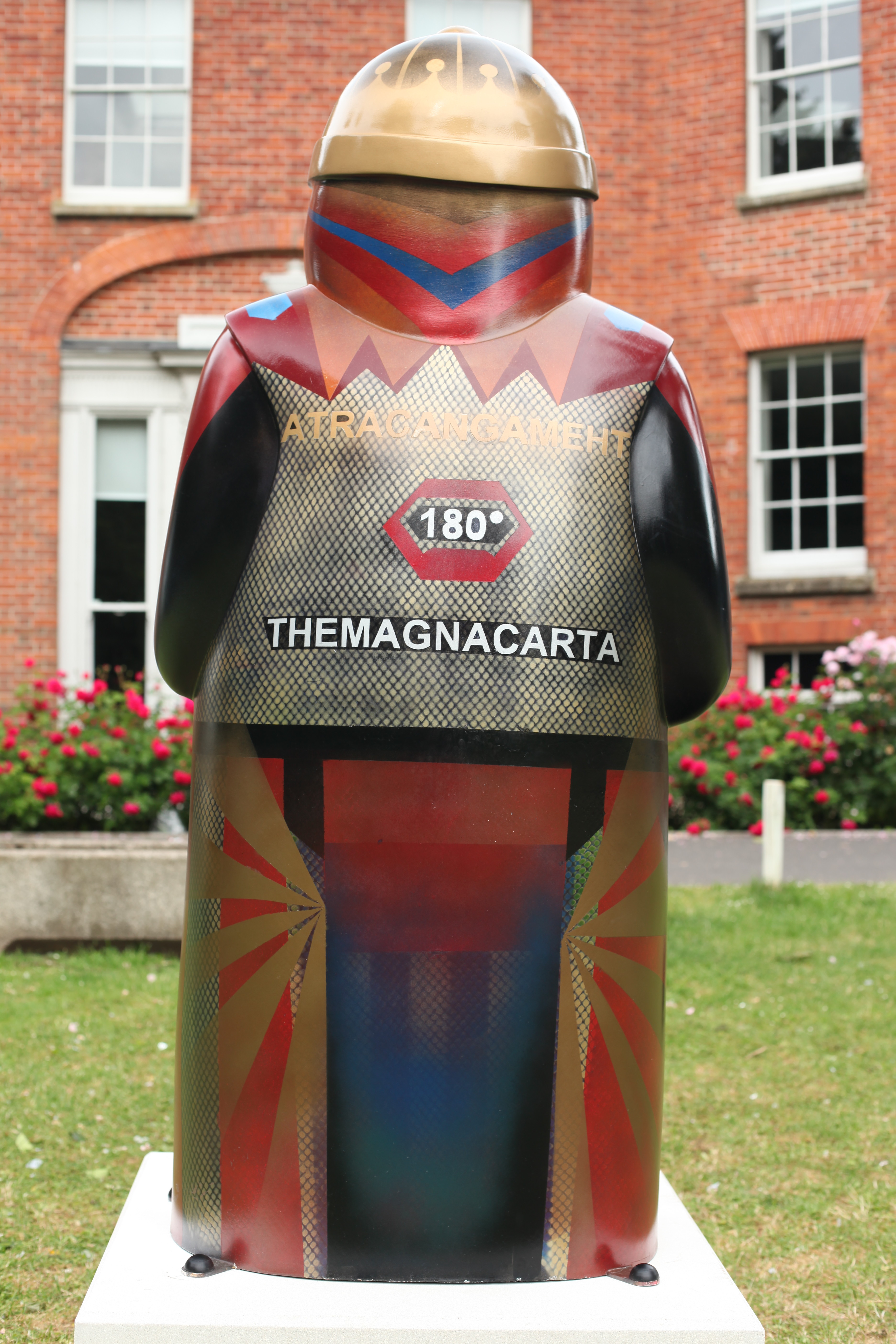
The Magna Carta Baron
Artist: Donald Brown
This baron incorporates thought-provoking images, words and symbols, designed to engage the viewer to interact both visually and intellectually.
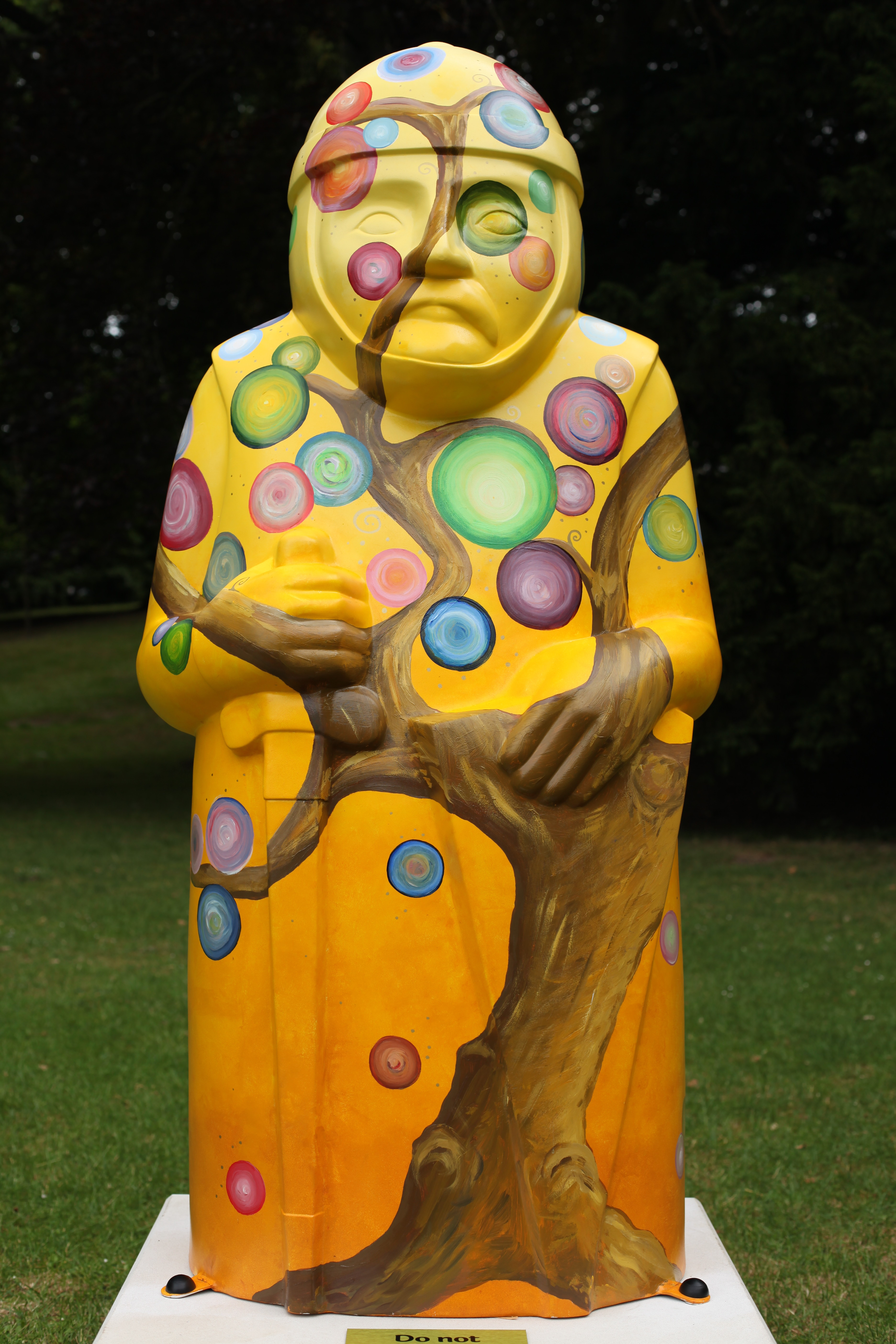
The Tree from the Garden of Life
Artist: Susan Francis and Morning Star clients
Morning Star is a Salisbury charity offering help to the homeless and those with addictions. The Tree is a symbol of hope and renewal.
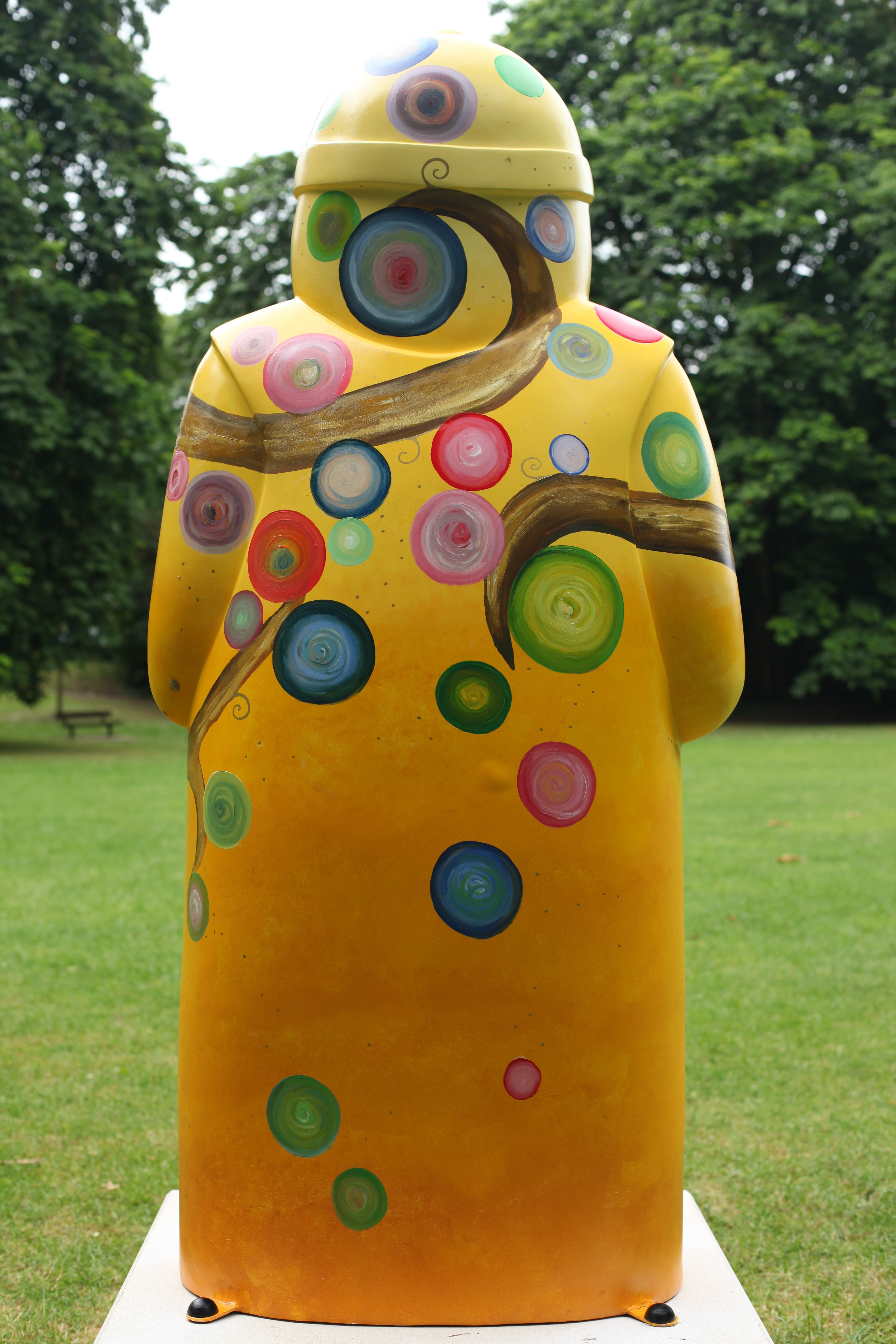
The Tree from the Garden of Life
Artist: Susan Francis and Morning Star clients
Morning Star is a Salisbury charity offering help to the homeless and those with addictions. The Tree is a symbol of hope and renewal.
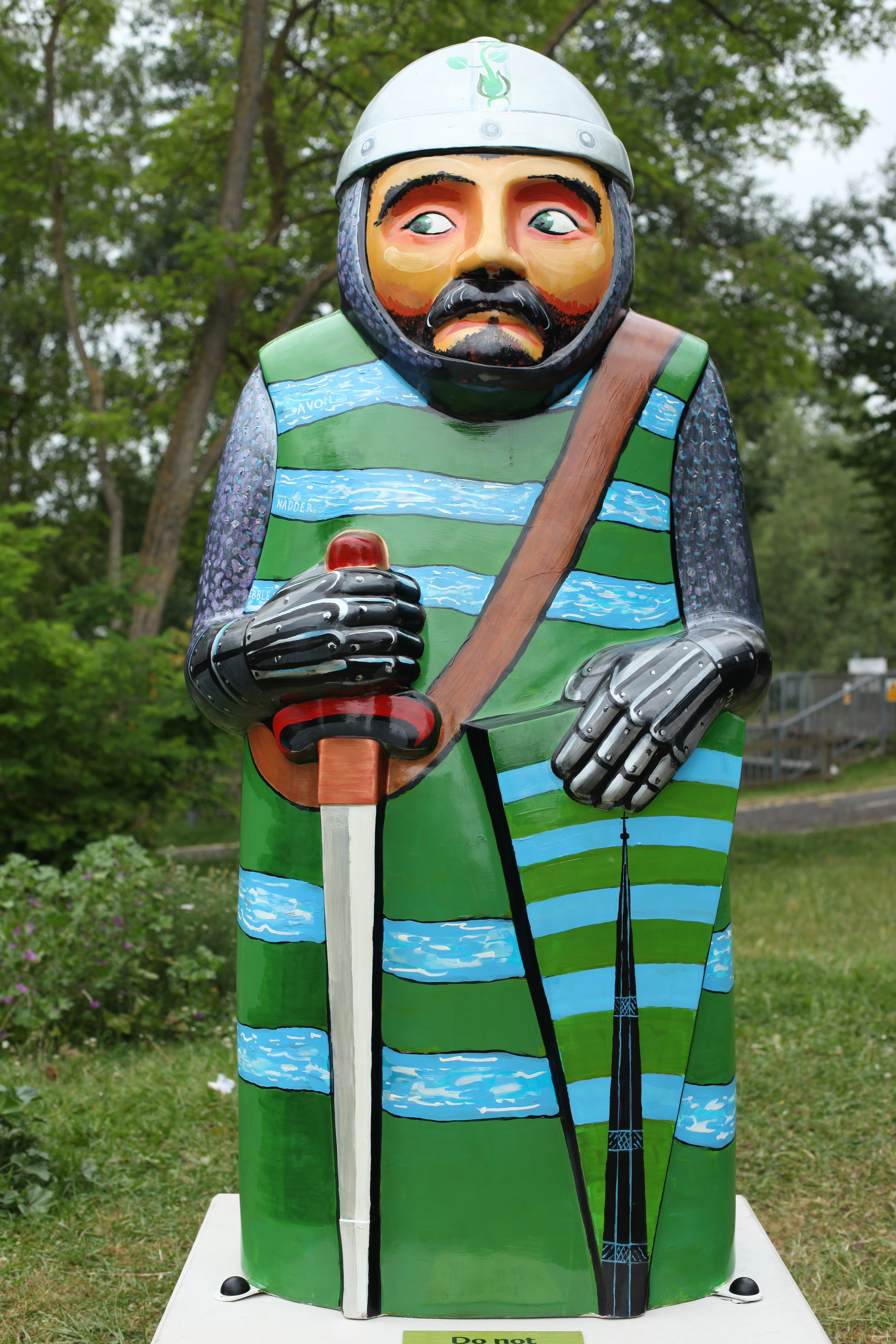
Runnymede Baron
Artist: Tom Ridout
The design links the Magna Carta scene at Runnymede with Salisbury’s five rivers and the Cathedral. The Baron is ‘crowned’ with a seedling that represents growth and new beginnings within society.
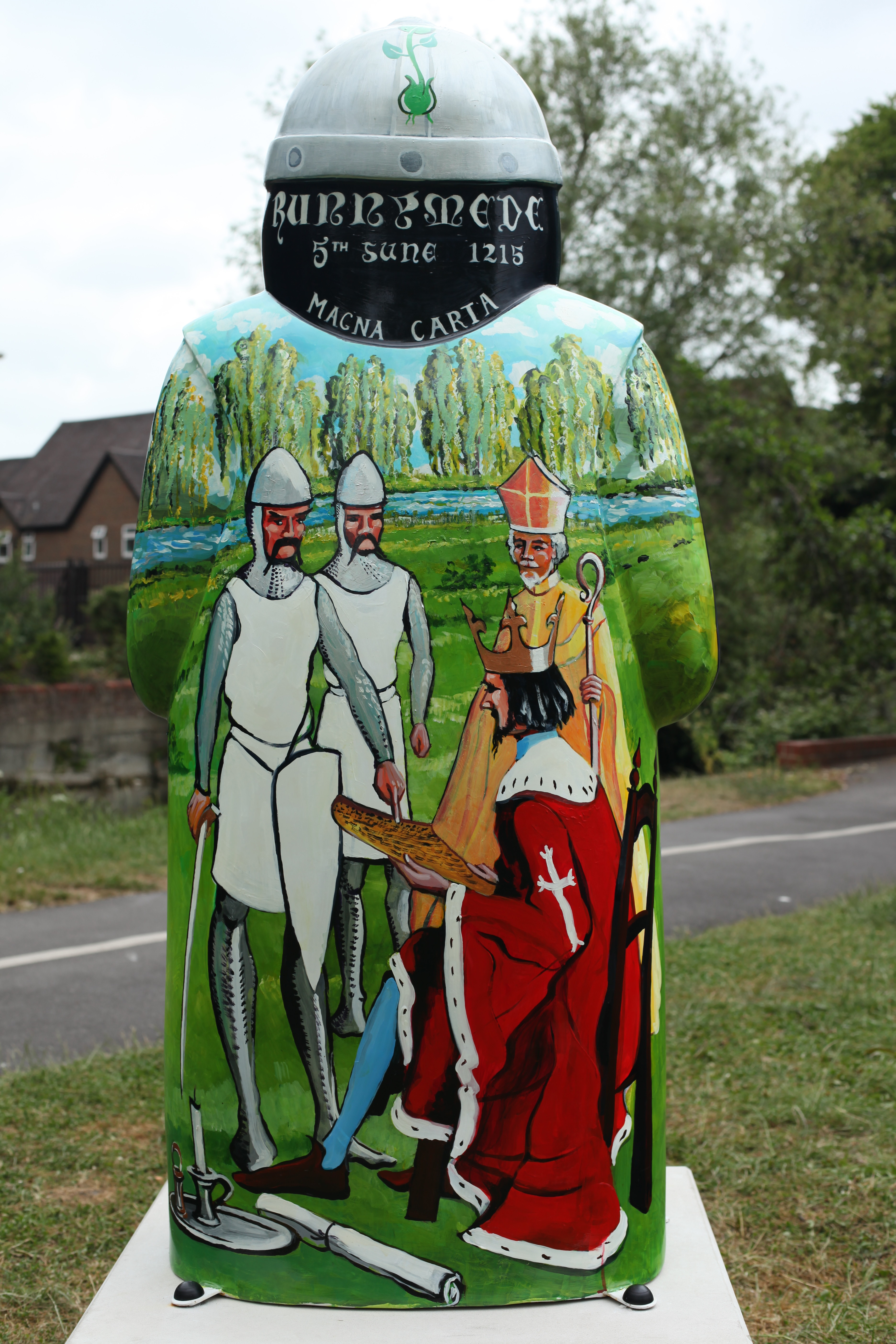
Runnymede Baron
Artist: Tom Ridout
The design links the Magna Carta scene at Runnymede with Salisbury’s five rivers and the Cathedral. The Baron is ‘crowned’ with a seedling that represents growth and new beginnings within society.
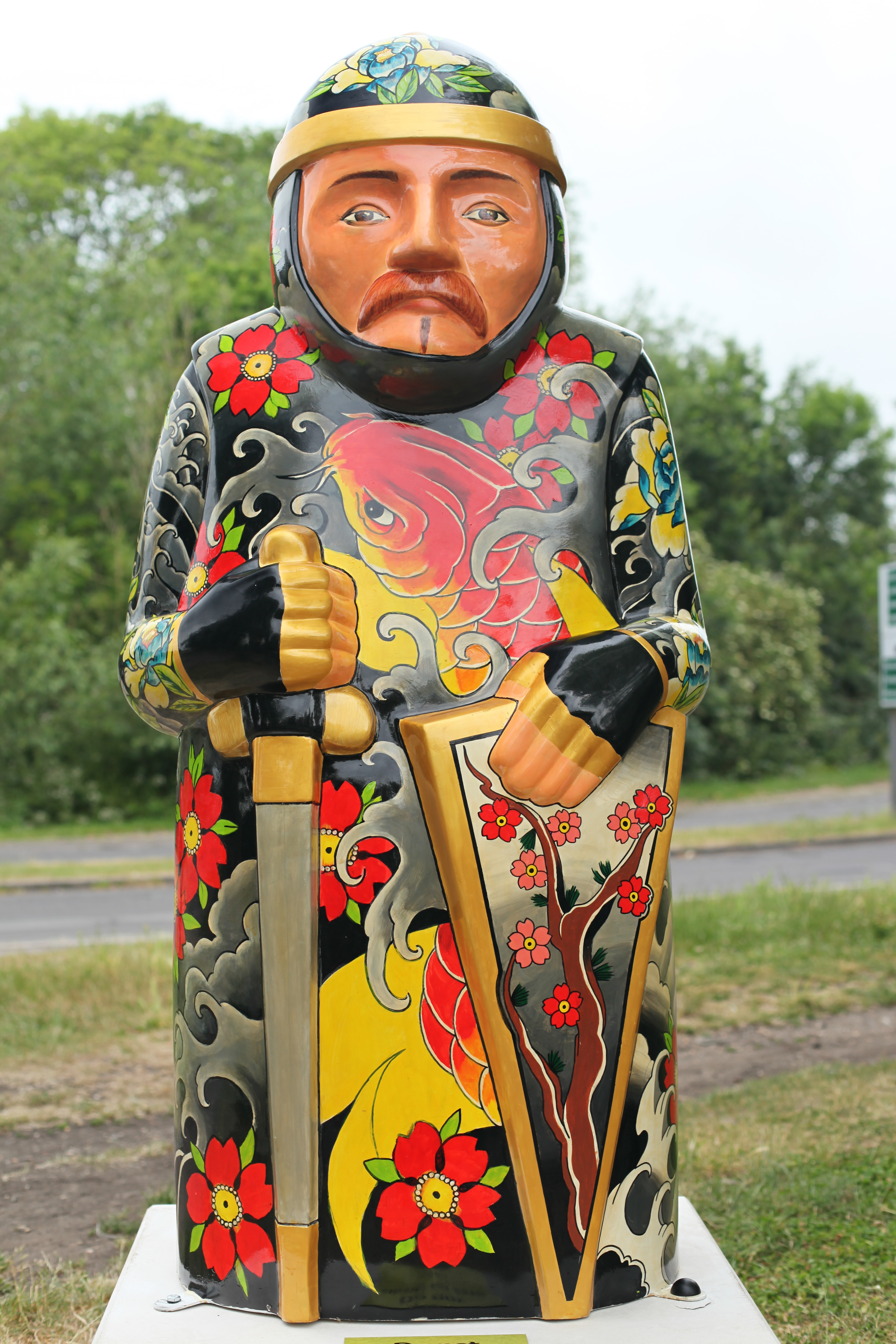
East Meets West
Artists: Sam Coe and Archie Cook
Featuring examples of oriental artwork that would have been seen by medieval traders, the idea is that the Baron could look like a piece of Ming Dynasty pottery.
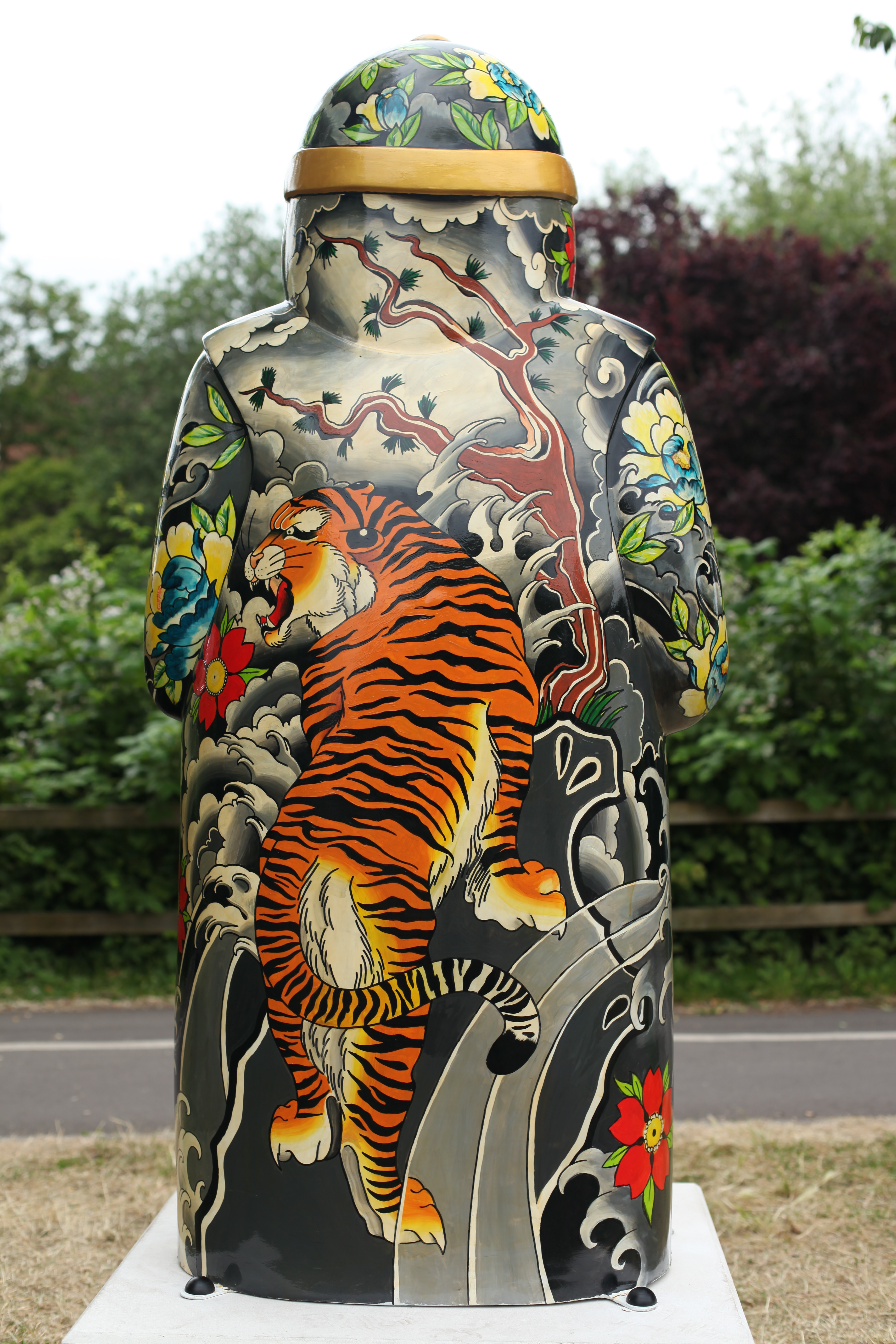
East Meets West
Artists: Sam Coe and Archie Cook
Featuring examples of oriental artwork that would have been seen by medieval traders, the idea is that the Baron could look like a piece of Ming Dynasty pottery.
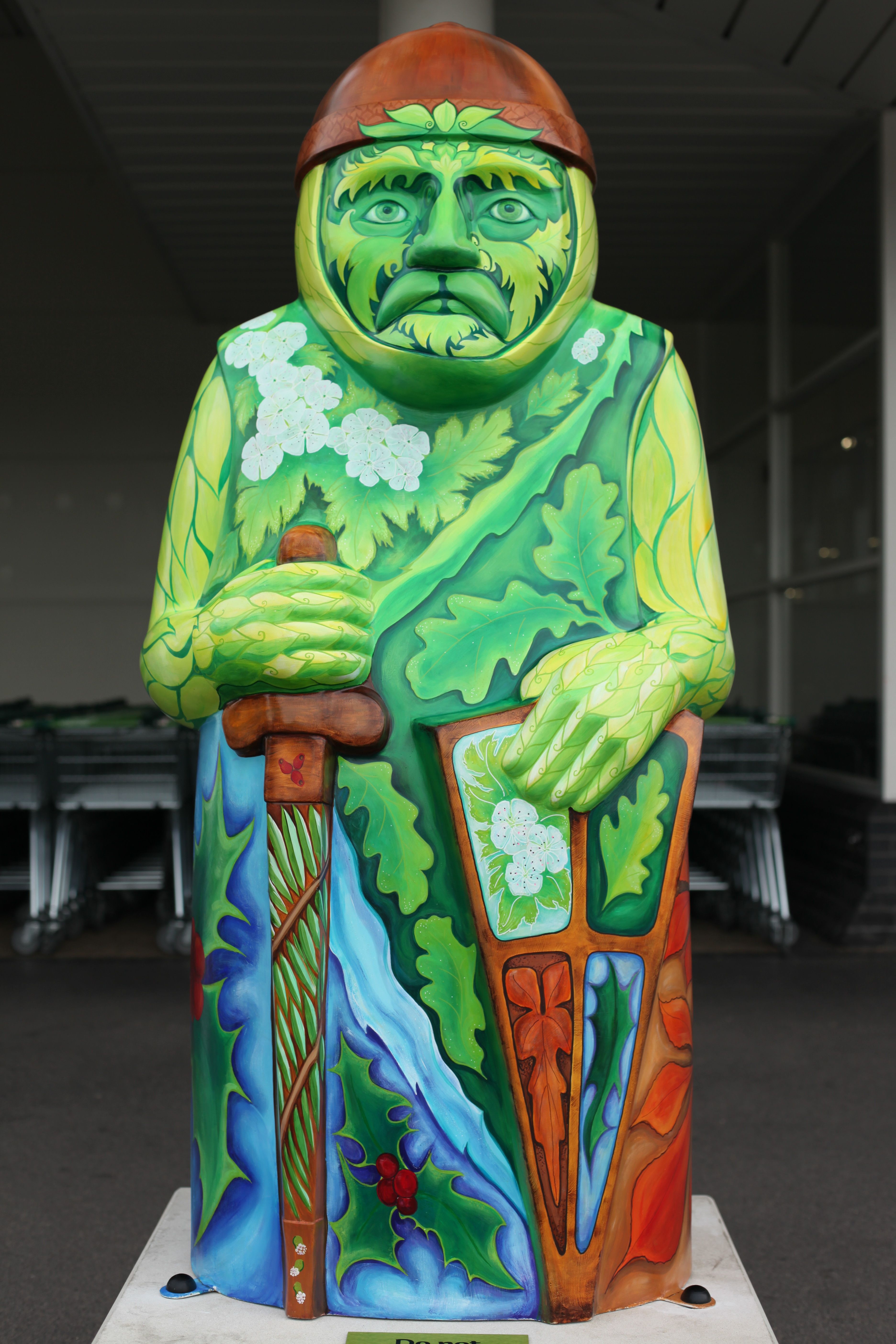
The Green Man Baron
Artist: Sue Webber
This Baron is cloaked in the foliage of the seasons. Draping his shoulders is May blossom for spring; summertime with oak leaves; autumn with acorns and rich orange leaves; winter with icy blue tones encasing the holly and berries. The sword is decorated with yew berries and blossom. The Baron celebrates countryside foliage and folklore.
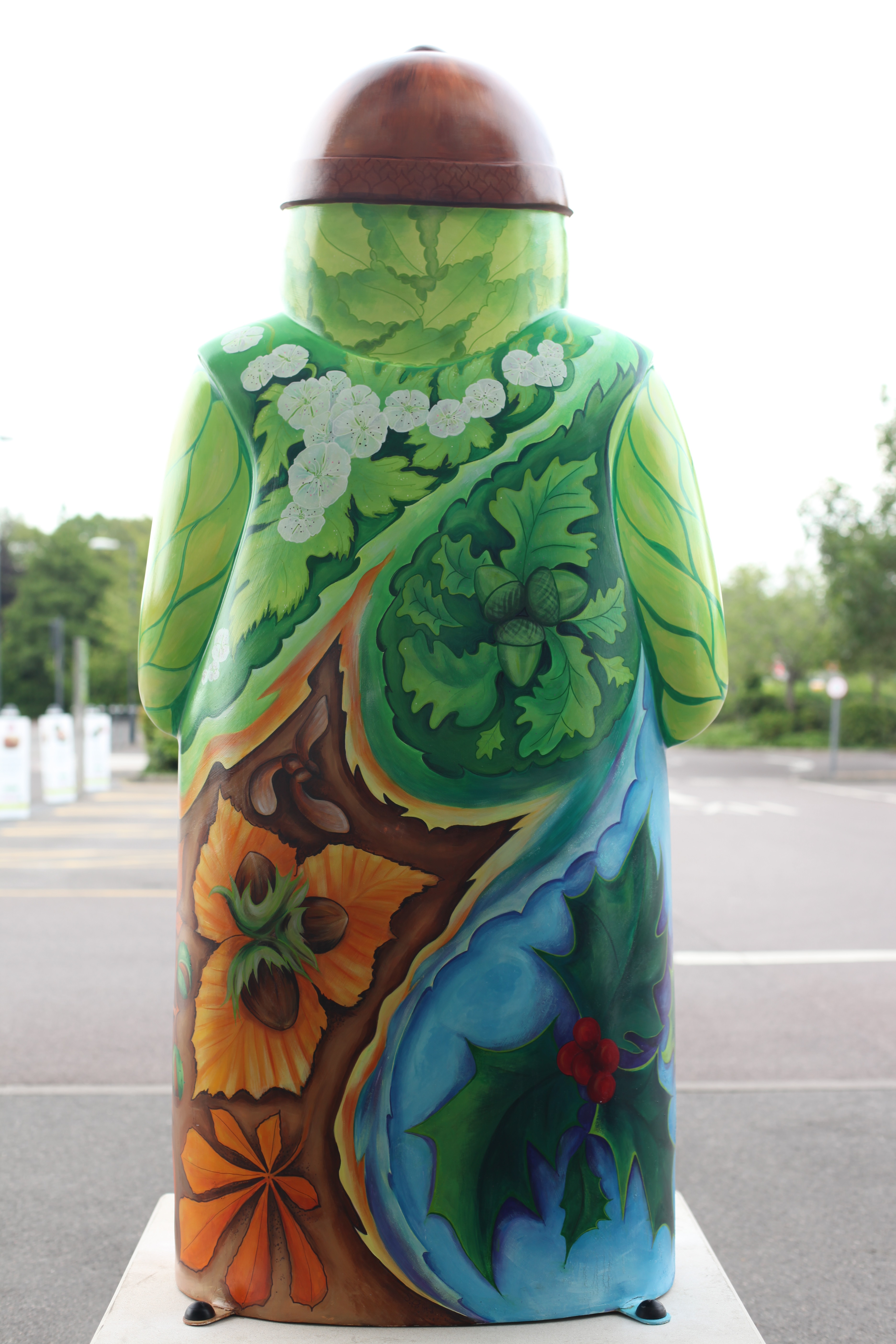
The Green Man Baron. Artist: Sue Webber. This Baron is cloaked in the foliage of the seasons. Draping his shoulders is May blossom for spring; summertime with oak leaves; autumn with acorns and rich orange leaves; winter with icy blue tones encasing the holly and berries. The sword is decorated with yew berries and blossom. The Baron celebrates countryside foliage and folklore.
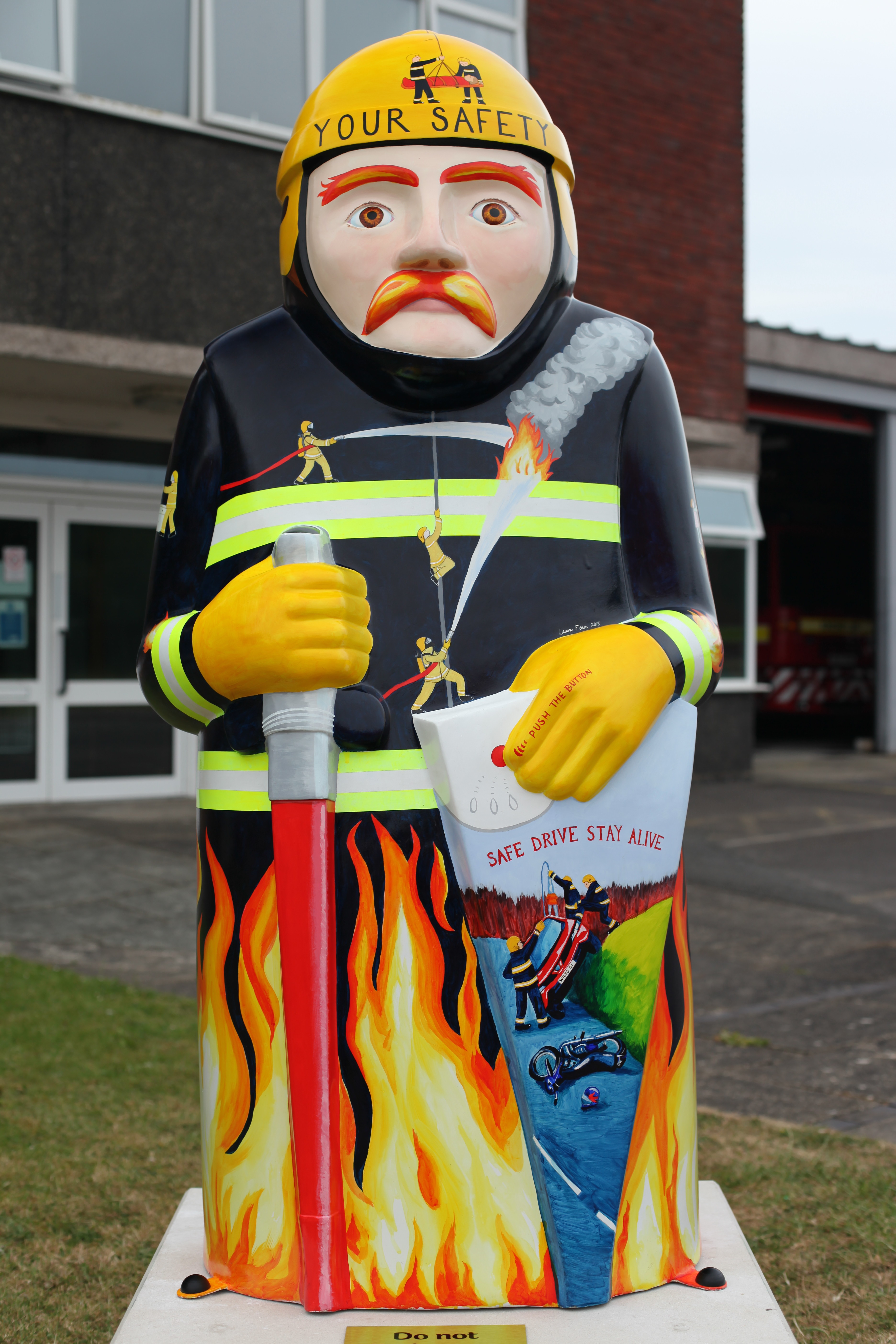
Baron Button
Artist: Laura Fearn
Depicts the different services provided by Wiltshire Fire and Rescue in little vignettes. Wiltshire Fire and Rescue is supporting The Barons’ Charter project, together with volunteers from Serve On.
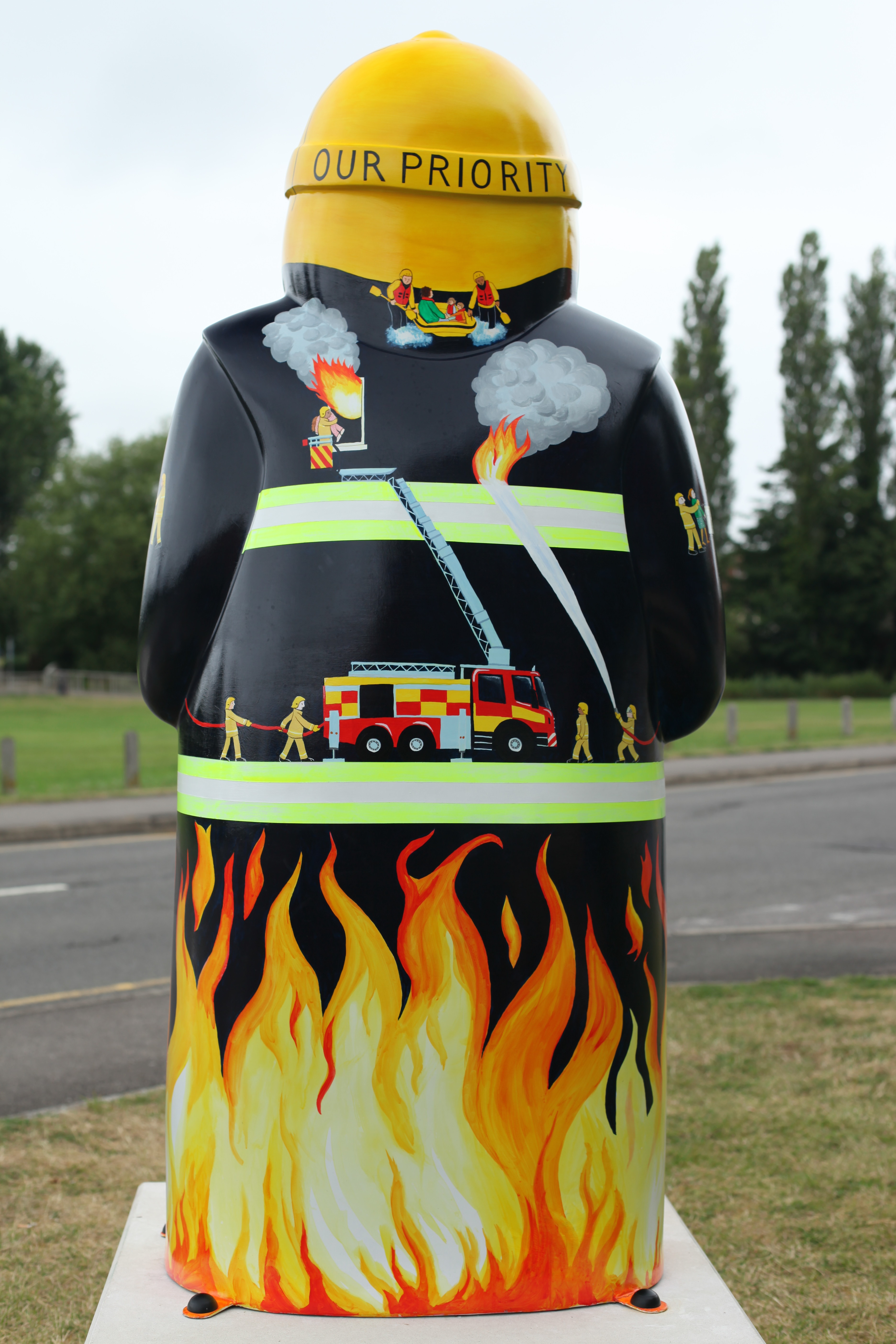
Baron Button
Artist: Laura Fearn
Depicts the different services provided by Wiltshire Fire and Rescue in little vignettes. Wiltshire Fire and Rescue is supporting The Barons’ Charter project, together with volunteers from Serve On.
The barons will be in situ for around 12 weeks, Then, from 24 September, for one week, all the barons will be on display in the Cathedral, after which they will be auctioned.
Magna Carta 800th Anniversay Pageant in Salisbury, Wiltshire (June 2015)
Salisbury holds one of the four remaining copies of the famous document the Magna Carta (Latin for Great Charter).The document was signed by King John in 1215, to achieve peace between the king and his barons. It promised the barons various rights and the document was renewed by subsequent monarchs.
Later, it was picked up by those who wished to challenge the divine right of kings, spuriously giving the Magna Carta the position of preserving ancient rights and, in effect, putting an English constitution into writing for the first time. As such, the document has been seen as one of the origins of modern democracy.
The Salisbury copy of the document is said to be the best preserved of the four remaining copies and is housed in the Chapter House of the Cathedral.
A number of celebrations are being held, one of which was the Pageant, a procession through the streets of Salisbury with banners and large puppets representing various towns around Wiltshire.
Shooting mainly with the 24-105mm f/4 L IS USM lens on the Canon 5D MkII in the early evening light, shutter speeds held up quite well to start with, at an ISO of 400.
Once the procession reached the Cathedral, the banners and puppets were carried into the Cathedral. Shooting over the crowd was difficult, though using the Canon 100-400mm zoom helped to concentrate attention on the main subject.
When they exited the Cathedral, dusk was changing to darkness and I needed flash when the puppets were displayed together. A few pyrotechnics (no, they didn’t merit the phrase ‘firework display’!) finished off a relaxed and enjoyable evening.

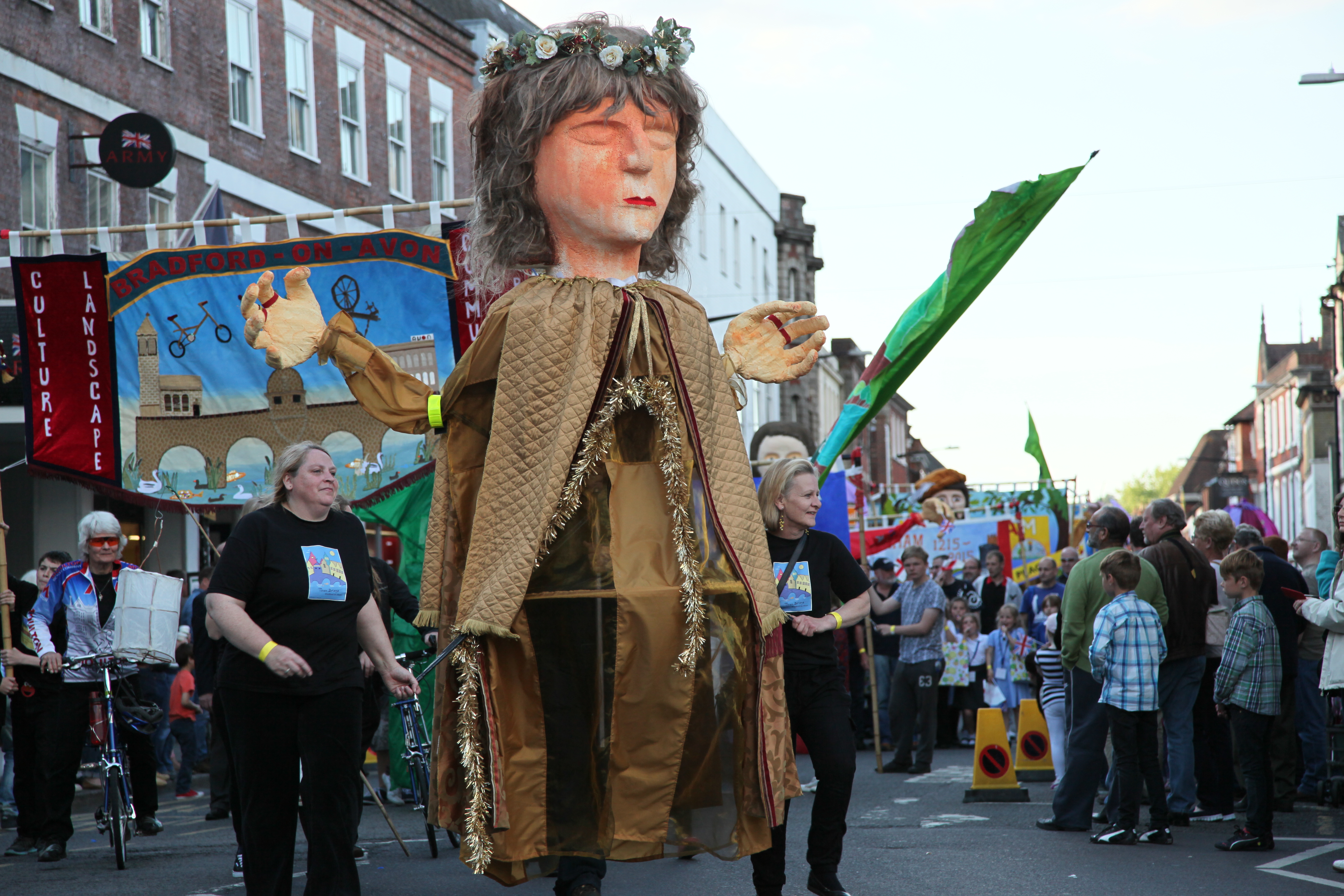



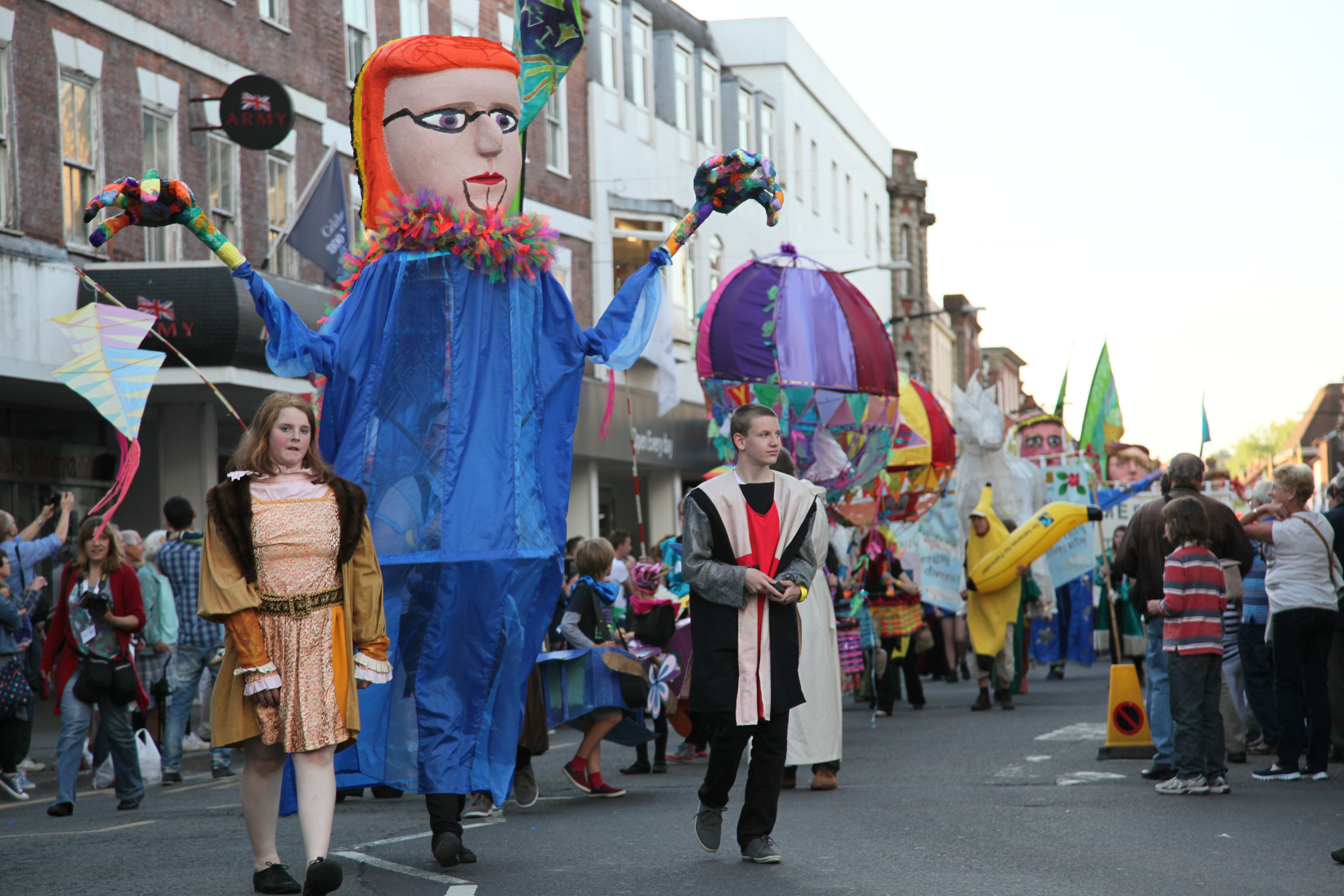







 Magna Carta 800th anniversary Pageant, Salisbury, June 2015
Magna Carta 800th anniversary Pageant, Salisbury, June 2015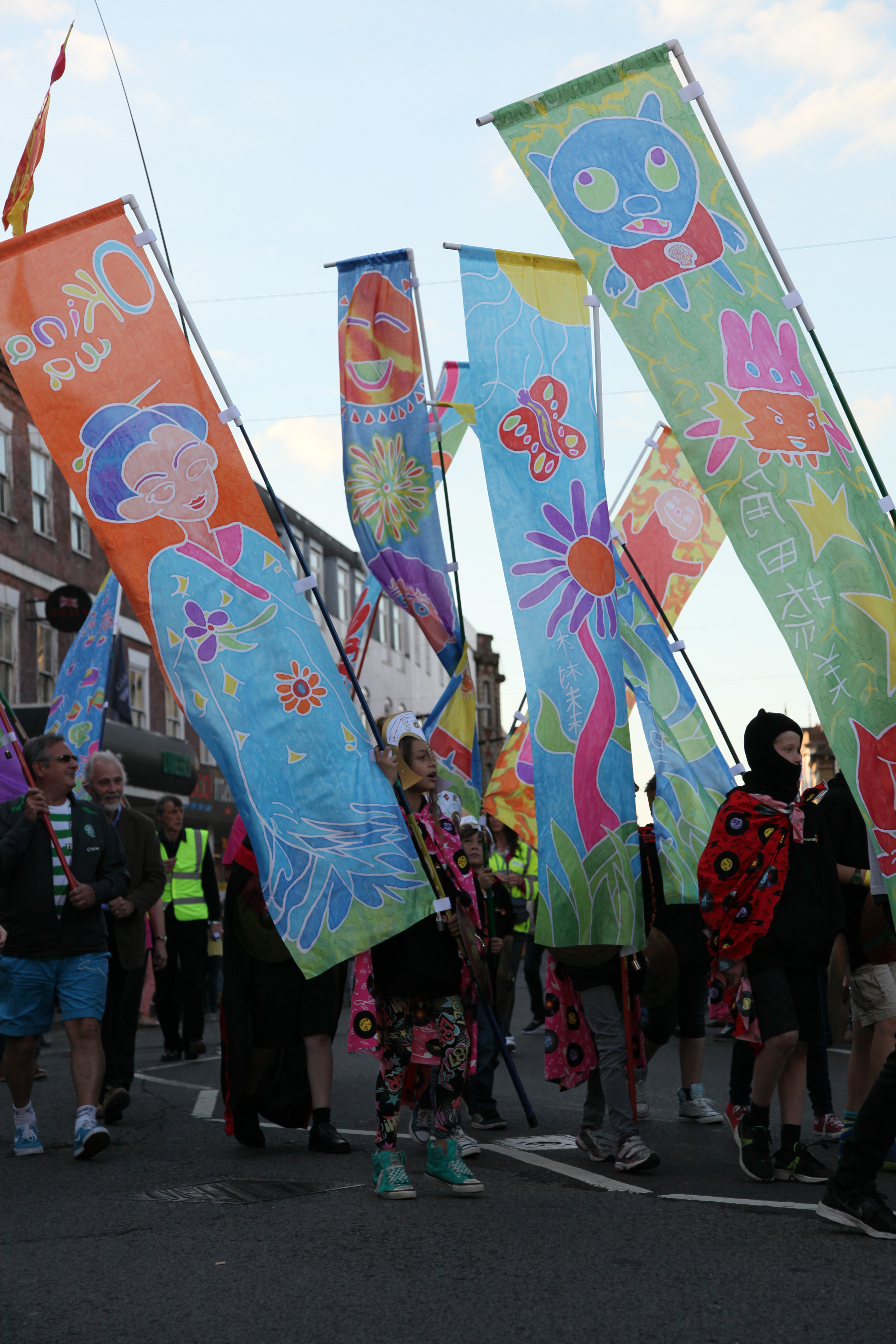
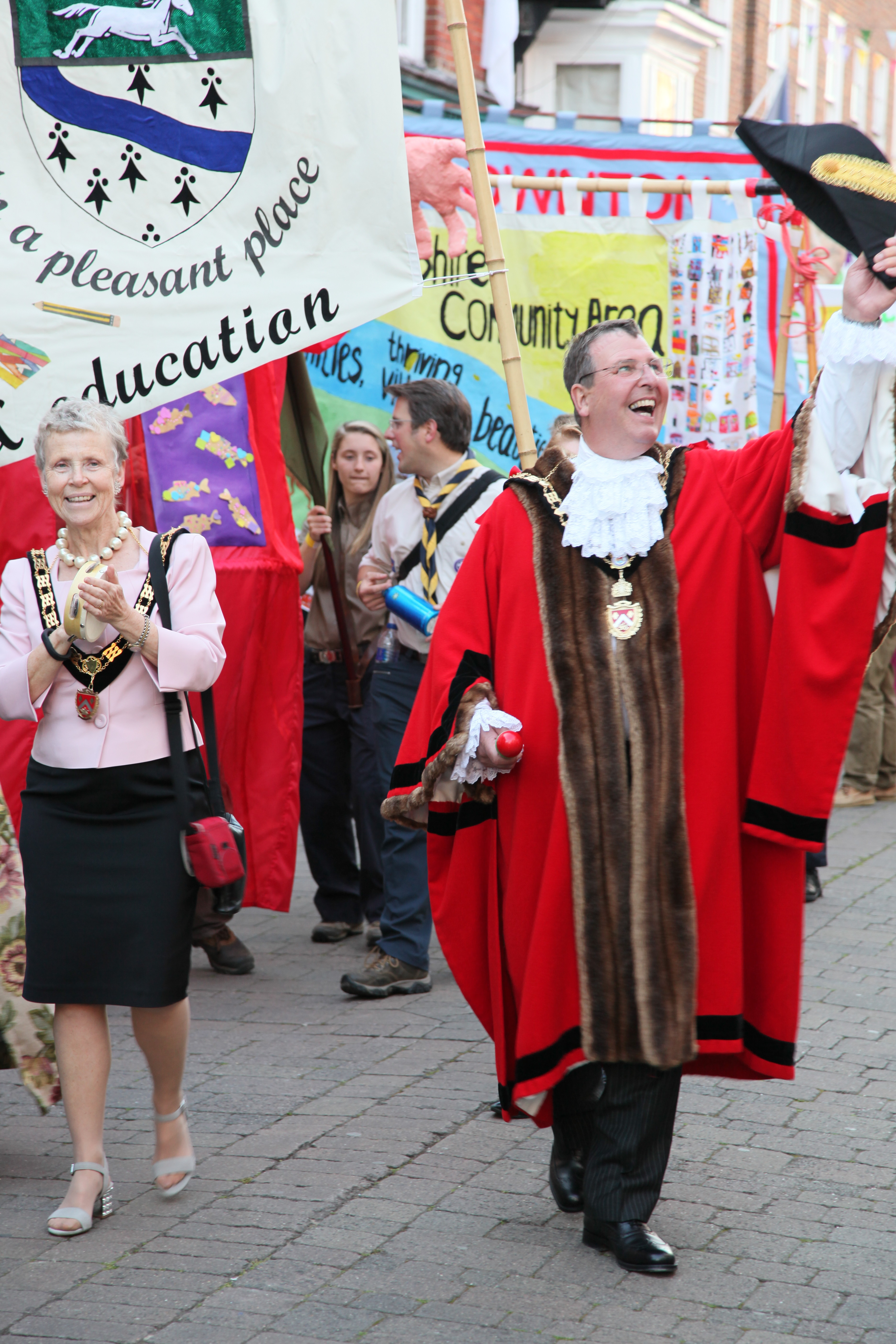

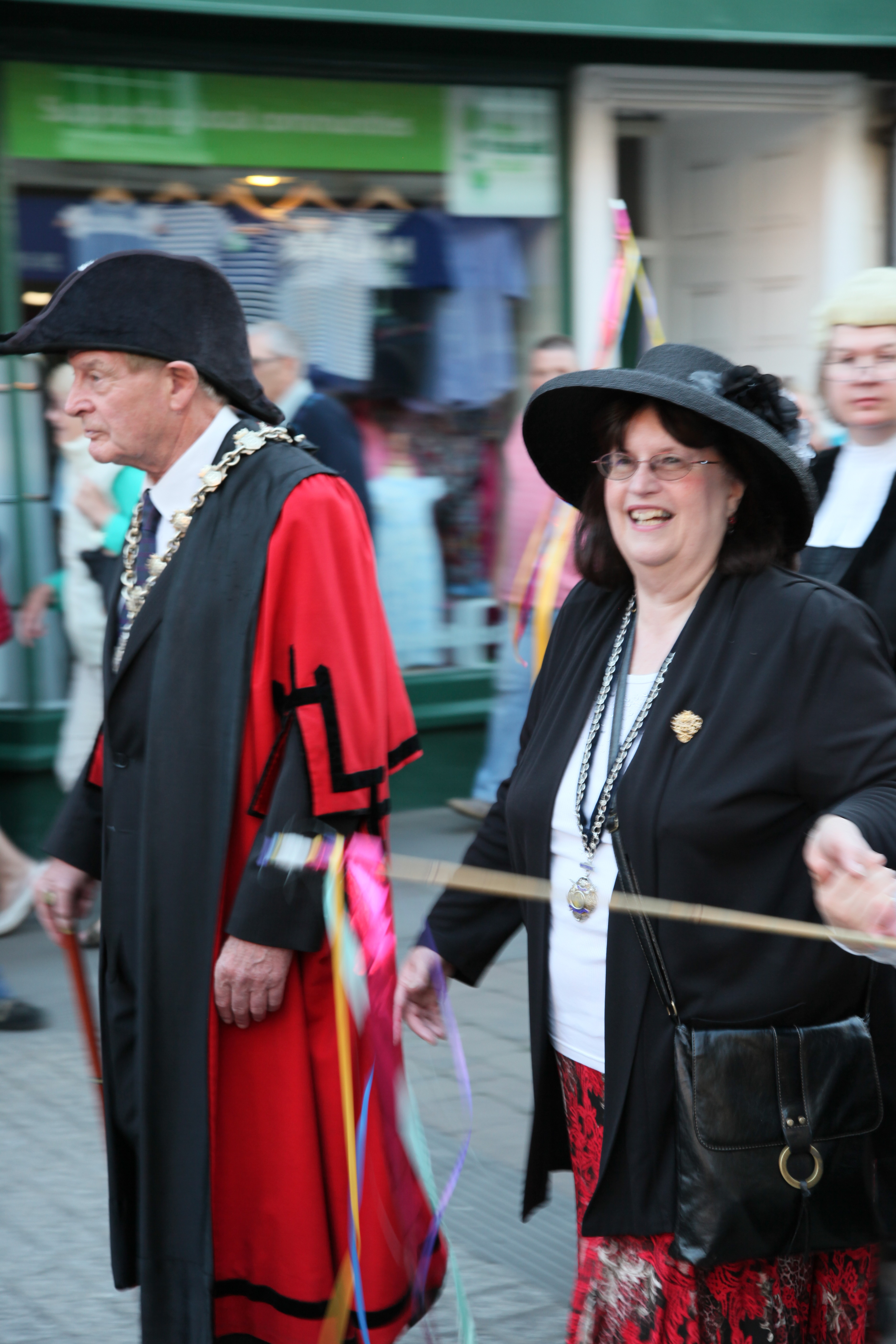

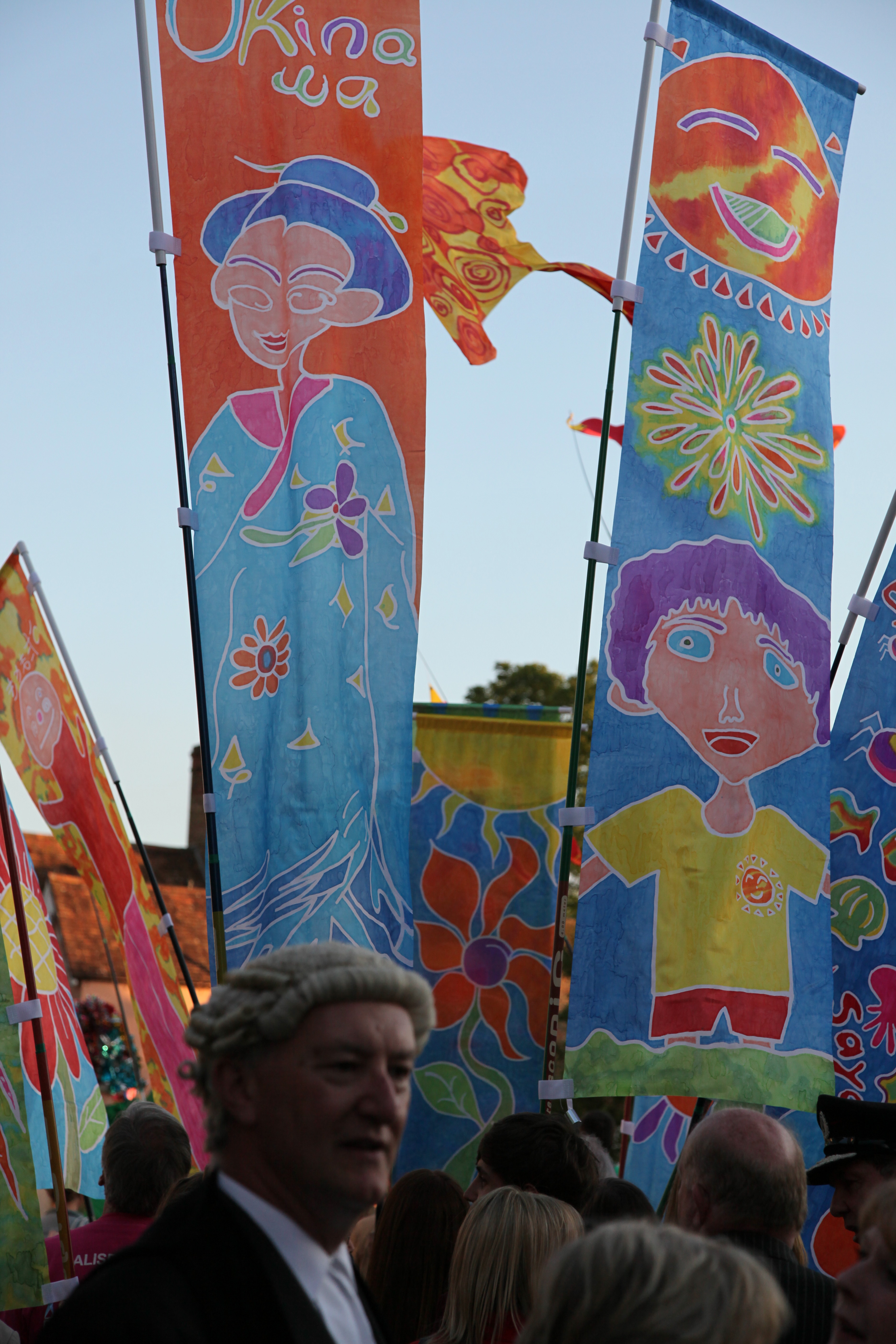
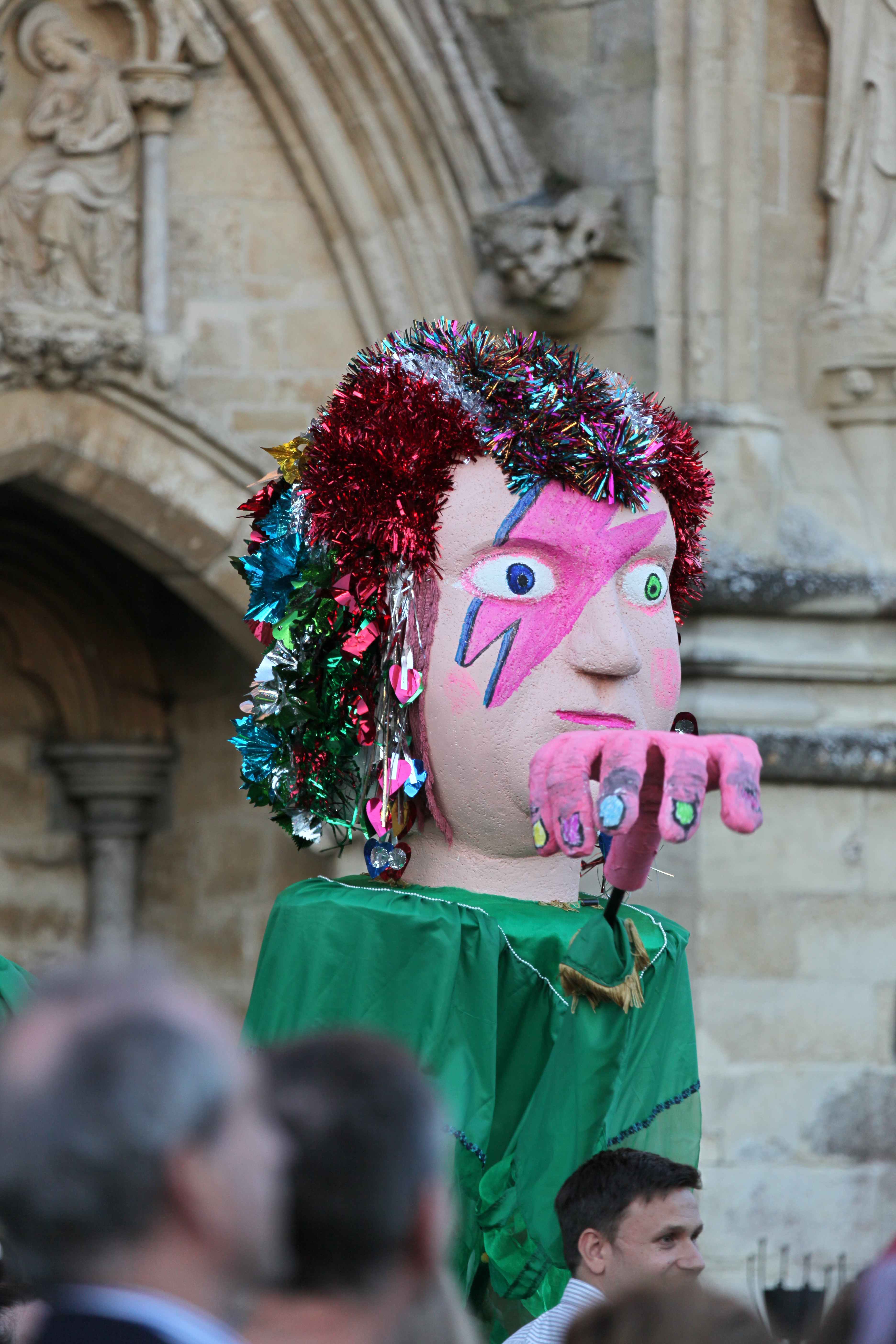



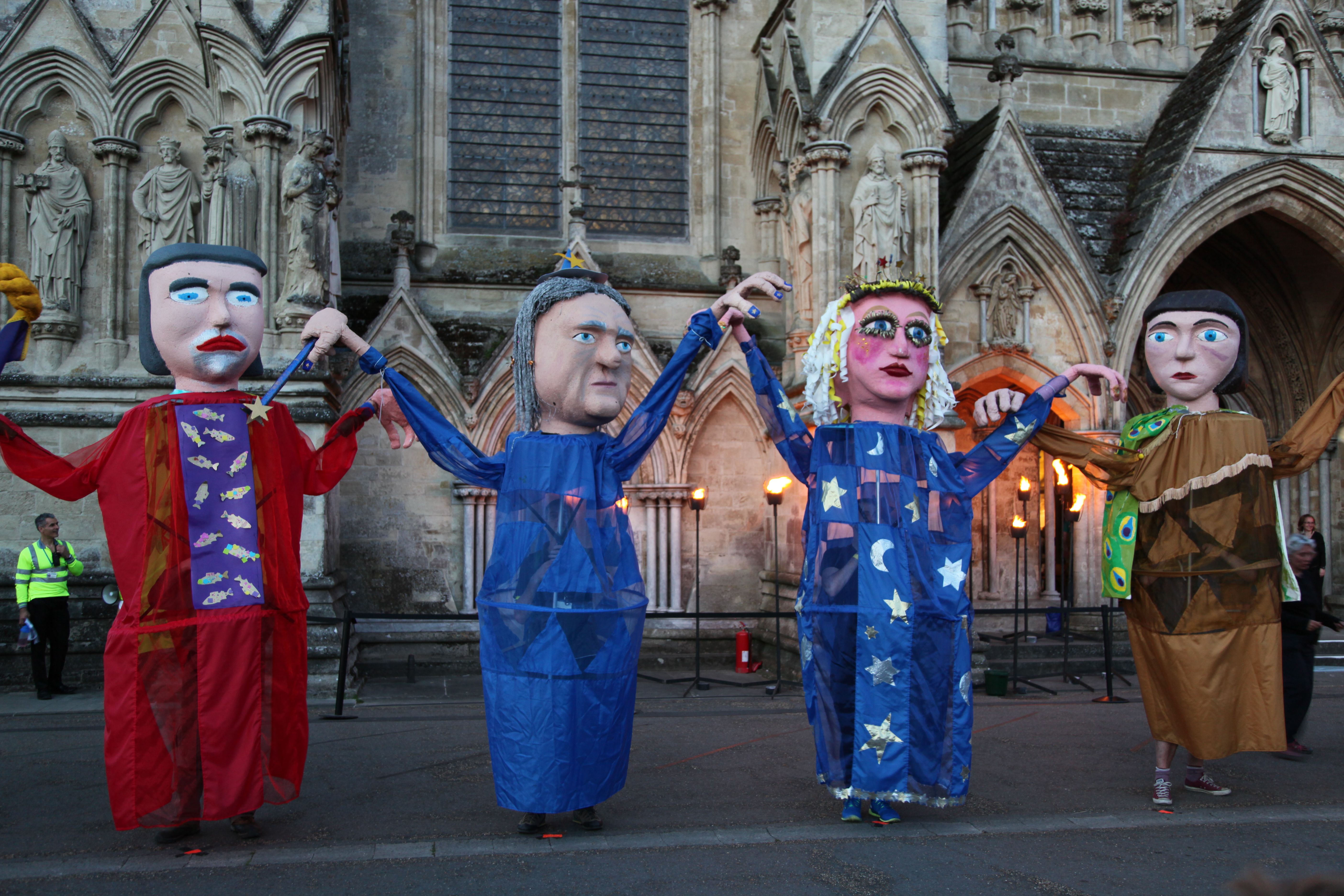


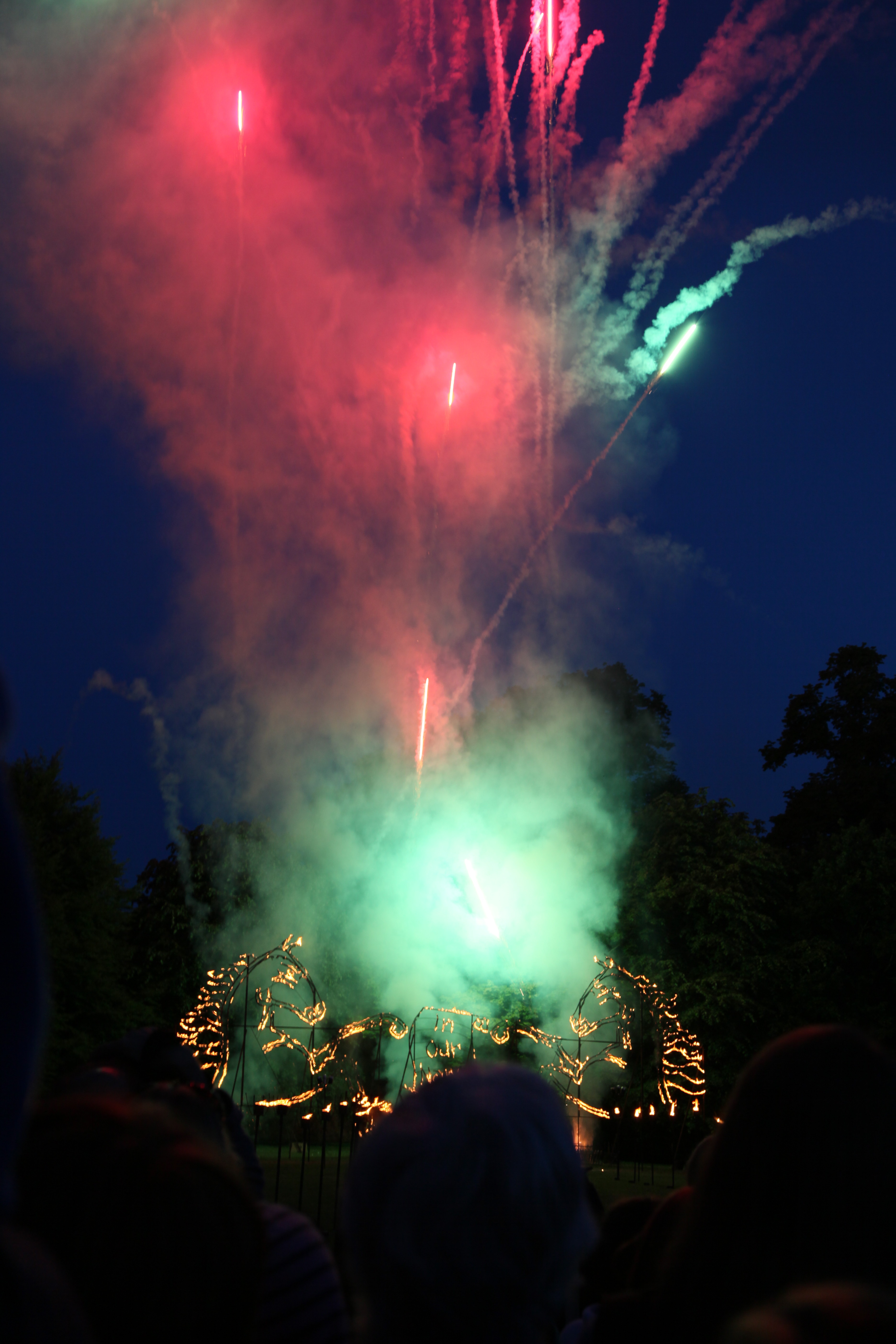


The Wiltshire River Avon in flood in Salisbury (January 2014)
After a fairly dry start to the winter, it’s been raining on and off quite heavily for at least two weeks. The soil just can’t absorb any more water and the rivers are so swollen they are finally breaking their banks. This is the worst I have seen in Salisbury since I moved here about 23 years ago.
I donned wellies and decided to stay close to home, on the northern side of Salisbury. I used a variety of lenses: 15mm fisheye, 17-35mm, 24-105mm and 100-400mm. Walking through the water meant I couldn’t use a tripod because there was nowhere to put down my photo bag, so all these are handheld, with image stabilization used on the 24-105mm and 100-400mm lenses. For the shots of the overflowing sluices, there was nowhere to put my bag down and the water was almost over the top of my wellies, so I rushed those shots and sadly it shows.
At least the lighting was pleasant and changing quite rapidly. I tried to make some interesting compositions (but you decide) but the majority were really record/news shots. I actually wanted them to have a very localised and parochial feeling, rather than just more photos of the cathedral (though I expect I’ll take a few of those anyway!).
The photos are all unadjusted JPEGs straight from the camera and reduced in size for quick loading.
Alchemy No More: The Death of Photographic Mystique (July 2013)
I was at a wedding last week and overheard the groom and best man talking about the photographer. The best man had asked how much the happy couple had forked out for the photographer and he looked really shocked when the groom said £1500. His look of shock changed to one of disgust as he spluttered “I could have done the same for £200!”
Something about the best man’s reaction reminded me of last year when I was on holiday. By chance I found an excellent exhibition of Lake District landscape photos in Keswick. One man was looking at a superb dusk shot across Derwentwater and saying to his significant other “Look at that sky” – his wife said “Oh, it’s all been Photoshopped!”
These little snippets set me off thinking, for I remember that once upon a time, in a land not so far away, people used “film” to record photographs (pronouced, er, “film”). If you only had one camera (one without an interchangeable back, that is), you had to choose whether to use colour or black and white film; if colour, was it better to use negative or slide film? Then, you had to choose the right light sensitivity of the film: ISO 100-400 (it used to be called ASA when I started) generally gave fine-grained and sharp results – anything higher meant progressively the opposite. If shooting in manmade light, you either needed special tone-biased films like tungsten-balanced ones, or special filters to correct the colour temperature. (Otherwise, the results would be with a strong orangey or greenish colour cast.) If you were using black and white film (B&W), you also needed to consider using coloured filters to bring out the natural tones in your subject, probably yellow, green, orange or red.
Once you’d actually had the pleasure of taking the photos, the exposed film would need developing and then (except for positive film) the developed negatives printing. For this, a ‘darkroom’ was needed, along with enough space in it for trays full of stinky chemicals and running water. Professionals would normally have access to their own full-time darkroom but most amateurs would have to resort to making their bathroom light-tight and denying their family the use of the toilet for hours on end. Removing the film from the canister required complete darkness, before putting it on a special spool and placing it in a developing tank. The developer had to be compatible with the film and kept at a constant temperature for the right length time.
Having developed the negatives and dried them without scratches or drying marks, you could actually start the printing process. This is where the stinky chemicals came to the fore: three separate trays, one each for develop, stop and fix baths. The next step was to expose each negative, using an enlarger. This shone a light through a lens from above, through the negative and on to the photo paper below, which had to be positioned exactly. A test strip would be taken to assess the best exposure for the negative, before using another sheet of paper to make the final print. After going through the three baths for the appropriate time in each, you could fnish by washing the prints thoroughly in running water before hanging them to dry (or putting them in a special drying machine).
As well as this basic process, special effects could be added like toning, to give an overall blue, silver or gold finish, requiring more chemicals to be applied to the already ‘finished’ print. Little wonder that Lord Snowden referred to photography as an ‘applied science’ and not an art!!
Now, let’s have a look at what a quite ordinary digital compact camera can do… Change light sensitivity from ISO 100-800 and more and be able to enlarge to A4 size with generally very good quality. There is auto colour balance, so shots taken under tungsten or strip-lighting look natural. You can select colour or B&W. You can add effects like infra-red, toning and various filters. When you get home, you can simply download (quite often wirelessly) photos directly to a printer that cost under £150 and get perfectly acceptable quality prints.
So, what does all this mean? Well, to cut a long story short, everyone’s a pro these days. Because most photographic tasks seem – and often are – simpler with digital than with film, people think that they can do a pro’s job themselves. The ability to materially change images post-capture again makes it appear that the photographer needs less skill at the shooting stage. The result? Pros and ‘serious’ amateurs are perceived as having much easier jobs and so, somehow, photography is devalued. This point of view is a misconception but it holds a grain of truth, too, which is why changing opinions is such an uphill task. For pros, this has been a nightmare, with time spent on the old darkroom skills now being replaced by marketing and presentation to help them stand out in a market awash with competition. What’s more, they still need to spend considerable time in the modern ‘lightroom’ to tweak images to get the best from them, in the same way that film users could achieve the best quality or add special effects in the darkroom.
Lantern Procession to Salisbury Christmas Market, 29th November 2012
Salisbury has never had a continental style Christmas market – until this year. Lots of wooden huts – or perhaps I should say chalets!? – have been set up just in front of the Guildhall. To mark the opening of the market, a lantern procession was held, made up of well over 100 home made lanterns. The procession took place on 29th November, starting at Leaden Hall School, passing the cathedral and moving up through High Street, where I was standing with my son. I knew this wasn’t going to be easy to photograph, with lots of people passing in a couple of minutes, in relative darkness, while trying to keep one eye on my son. The kit was simple: Canon EOS 5D MkII body with Canon 24mm-105mm f/4 L IS USM lens, along with the powerful Canon EX 550 flashgun mounted on the hotshoe. However, I didn’t want to take ‘straight’ shots, as this would be no more than record shots. So, I decided to change the flash to second curtain and also change the camera mode from Progam to Aperture Priority. Using a flashgun in its normal mode means that the flash actually fires at the beginning of the exposure and tries to be the main light source illuminating the scene. By changing to second curtain mode, the flash fires at the end of the exposure and has a few interesting effects.
- Subject movement can be recorded before the flash fires.
- More of the ambient light is recorded, meaning more of the background detail can be retained.
- Mixing the light sources can give the effect of apparenty ‘seeing through’ moving objects.
Switching to Aperture Priority lengthened the shutter speeds as I decided to try a few panned shots. Image Stabilization on this lens works to correct horizontal and vertical movement and it can become confused when extreme movements like panning are tried, so I switched it off. The following shots are straight JPEGs out of the camera at ISO 400, with no post-processing or cropping of any kind applied.I plan to correct a few, with some prudent cropping, removal of red-eye and minor sharpening. 
Is Kodak on its last legs? 24 August 2012
Eastman Kodak has today announced its intention to sell its Personalized Imaging and Document Imaging divisions. This will cover its still film (movie film will remain a part of Kodak) and photographic paper products, along with scanners. The announcement is part of the company’s rationalisation, to raise funds for creditors while it is subject to ‘Chapter 11’ bankruptcy protection. The company is already trying to sell over 1000 of its digital patents, believing them to be worth about $2.6bn. Initial bids from Google and Apple were rumoured to amount to a lowly $250m. Now, the Wall Street Journal thinks they are being joined by Samsung, LG and others in a loose consortium. This sounds like vultures gathering round the carcass; however, this could bode well for Kodak in that if patents are to be shared a higher price may be paid, rather than the fear that they are simply clubbing together to push for the lowest price possible. This should especially be the case considering the various litigation between Apple, Samsung and other companies over patents of all sorts (and, as usual, the only ones making money from this are the lawyers). Kodak’s latest results showed a further loss of $665m, putting more pressure on them to sell assets to raise creditor funds. What will be left if the sale of all this family silver goes ahead? Well, Kodak state they will be focusing on ‘ commercial, packaging and functional printing solutions and enterprise services’ but it certainly sounds as if there won’t be much left of the once-gigantic and respected photographic specialist. I grew up with film and loved seeing prints taken on specific films: the ultra-fine grain of Panatomic X; the hard-to-use but fascinating infra-red; the ever-reliable Kodachromes. I myself have used various Kodak emulsions but some of my personal favourites were Ektar 25 (the finest grained colour print film I’ve ever used); all the superb B&W T-Max films; and for everyday use, their excellent Kodacolour colour print films. In later years, after they got their act together and produced films with much truer and warmer rendition, I found myself using Fuji films more and more (Superia for general and wedding colour prints, and Velvia for landscapes). Also, now I am almost exclusively a digital user, so maybe I should have labelled this article “Kodak – my part in their downfall”. In any event, their exit from film looks inevitable. Hopefully, any buyer will be allowed to retain the name (after all, that must be worth a lot of money in its own right) but it does seem sad that it should go. I expect there are niche companies who are still able to turn a profit from film, largely from professional photographers and the few remaining amateurs using the old medium. It makes you wonder how Fuji manages to retain its film-making but perhaps it is subsidised from other divisions?
Salisbury celebrates the Queen’s Diamon Jubilee, June 2012
Like many places, Salisbury has been celebrating the Queen’s Diamond Jubilee and Salisbury City Council decided to put on a party for all its residents, following her earlier visit to the city. Our family decided to go for an outing, despite the poor weather forecast. I wasn’t really expecting to take any photos, it being more of a family and friends meeting but I thought I’d take my gear, just in case. When we arrived, there were already thousands of people at the Hudson’s Field site just outside the city, which is overlooked by the remains of the original city and castle of Old Sarum. The weather was cloudy but gradually the clouds cleared and the temperature rose. There was a main stage for various musicians and bands, ranging from salsa and big band sounds, through to ska, rock and the finale of the Counterfeit Beatles. Throughout the afternoon and evening there were various acts and demonstrations, including medieval knights jousting, falconry, stunt cycling, the inevitable morris dancing, plus the Red Devils Parachute Display Team, with a fireworks finale. There was also a crafts tent and, shall we say a ‘massively oversubscribed’ bar, the queue for which was well over 100 yards long! The children had lots of fun playing in the sun and so did the adults. There was a really good, positive atmosphere, good music and good company. As I wandered round looking for photos I bumped into quite a few friends and chatted happily, moving around the field to find out what was there and hopefully grab some good views and shots. Here are my favourites… 
Here’s the afternoon’s host MC from Spire FM.
A general view over Hudson’s Field 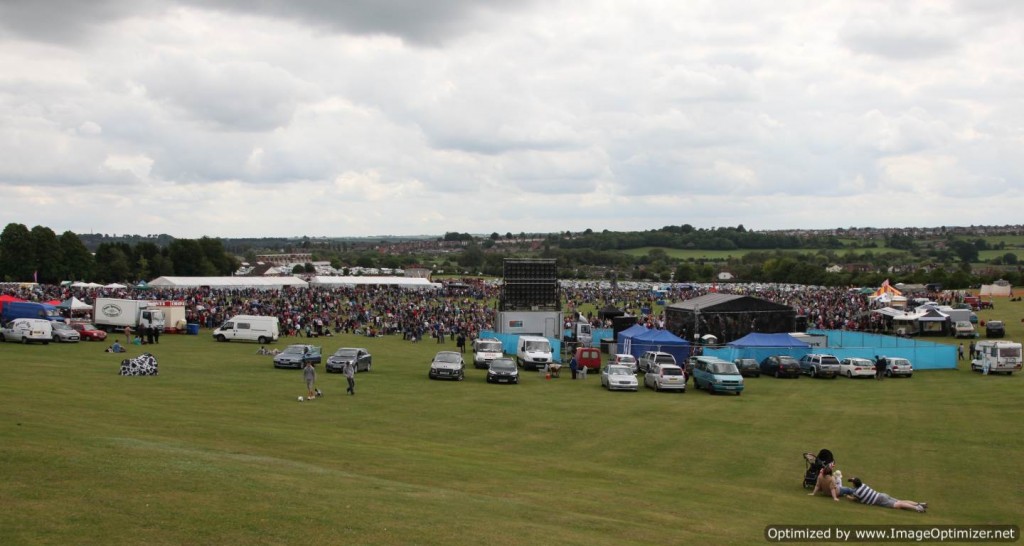 Knights Of Arkley The Noble Challengers Of The Realm (what a mouthful)
Knights Of Arkley The Noble Challengers Of The Realm (what a mouthful)  Salisbury Big Band with guest vocalist
Salisbury Big Band with guest vocalist 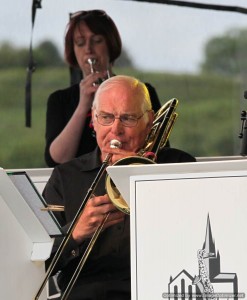
 People!
People! 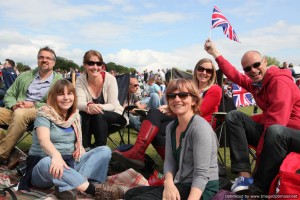
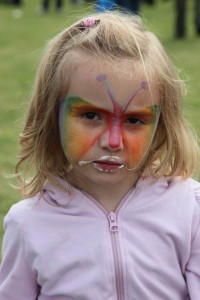
And local band The Deloreons

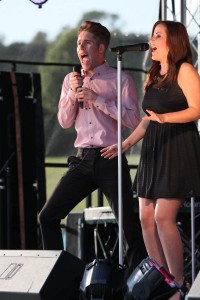 The Red Devils Parachute Display Team
The Red Devils Parachute Display Team 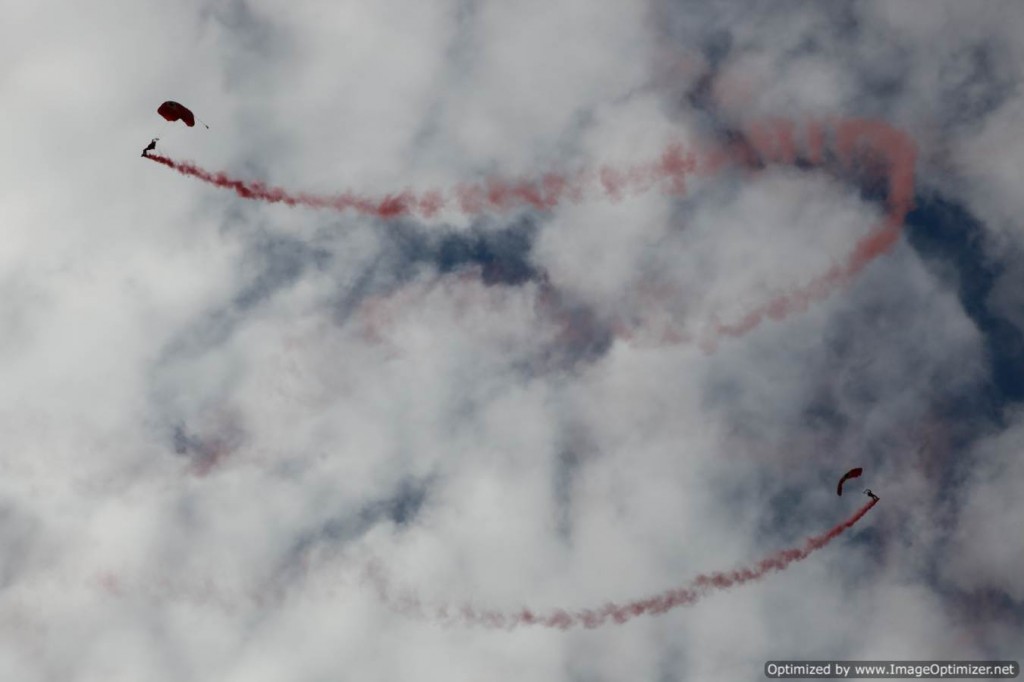
Boots puts another nail in the coffin of film, May 2012
The high street chemist, optician and photography retailer, Boots, has announced that it will no longer offer in-store film processing at 160 of its branches. It seems the decline of film is continuing unabated. More and more people are either printing their digital photos at home, or not printing them at all and using social networking sites like Facebook or Flickr to show the world thier pictures. The move by Boots will put about 200 jobs at risk, although they have said they will try to redeploy affected staff. Film processing will still be available at 360 branches across the nation. Kiosks will allow film users to print photos but the cost will be about 56% higher than their one-hour lab processing service (39p per photo at the kiosk instead of 29p at the one-hour lab). Boots first offered film processing in 1954 and this seems to be a major step in closing the door on nearly 60 years of film processing. It must surely only be a matter of time before all in-store processing ceases and ordering through the shop will be the only option for film users. Although I used Boots at times, their quality was not usually up to enthusiast standards (and certainly not for pros), so it won’t directly affect those markets. It is, however, another signal that the mass of people who take photographs are still switching to digital. I suspect the main remaining film users will be older people who simply don’t want to ‘learn’ digital, plus the aforementioned keen amateurs and pros. This sort of change is both a sign and a driver of change. On the one hand, Boots say they are responding to demand, but on the other, the reduced availability of film processing will push some film users towards digital. Also, there is now much less choice in film cameras, particularly in the area of compact cameras, where digital offers a huge amount of options compared with its film brothers. When their film camera breaks, digital is really the only choice. (For most people, this aspect may not matter since most ‘snaps’ will be taken on ‘auto-everything’ mode, which can still produce excellent results.) Most pros using film will be in specialist fields, likely to be either processing and printing their own films, or using pro labs (which are also slowly reducing their film services). They may well enjoy the dark arts of the darkroom, using these skills to appeal to niche and ‘art’ markets. Probably the most famous name in film production, Kodak Eastman, recently had to file for bankruptcy protection, having already put up a number of digital patents for sale. Ironically, Kodak had pioneered in the digital field, producing the world’s first digital camera as early as 1975. When the digital photography explosion came, Kodak was pummelled by its competitors in the pro field and then in the mass market, while its film division’s sales slowly dwindled.
Still life of dried sunflower heads, October 2011
Although the Spring was lovely, the Summer was a bit disappointing. I always like to grow a few sunflowers in our garden but a combination of the poor Summer and late planting meant they never turned into their full, exuberant selves. When Autumn came we cut off their heads and dried them, intending to give the seeds to the birds or eat them ourselves. As they dry out, the larger heads sometimes contract into more interesting shapes but the general small sizes made them suitable for still life. Like the conker shots below, I used the same lighting setup of window light from the left and a white, polysytrene reflector on the right. As shutter speeds didn’t matter (i.e. no action to freeze) I used aperture priority and set the ISO down to the lowest setting of 50, for maximum quality. Once again, the camera was tripod-mounted, with mirror lock-up and a remote shutter release.
This single head has an interesting shape but perhaps adding extra ones would enhance the composition?
Using the 100mm macro lens meant more limited depth of field that a short telephoto provides, so I stopped down the aperture to f/16 to maximise this. The only problem with this is that beyond about f/11, diffraction increasingly creeps in. Diffraction is unwanted reflections caused by the closed aperture blades – the more the lens is stopped down, the more the aperture blades are needed to make the hole through which light travels smaller and thus increase depth of field. The problem is that diffraction reduces sharpness.
As you can see, just one of the heads had both kept its petals and retained some colour in them, which I thought made an interesting subject in their own right.
For this shot (above), I needed to move the camera in much closer and depth of field was tiny – to keep the amount of detail I wanted, I needed to use an aperture of f/22.
The final two shots are just to show the difference between colour and black and white. I like them both, as the colours are quite muted and retain a lot of detail, while the B&W version concentrates the attention on form and shape.
The focussing distance was 57cm (1:4 life size).
Conkers Bonkers, October 2011
Now that the season of mists and mellow fruitfulness is upon us (okay, pouring rain and the smell of damp dogs!), I really appreciate watching the changing colours of the trees. This year, though, instead of looking up to the trees, I’ve been looking down at the ground. I took my son to our local playground, which is lined on two sides by horse chestnuts. After a windy night, there were lots of new, young chestnuts all over the grass. They were nice and shiny and my boy picked a few up and stuffed them into his pockets. I started to help him and it was only when I looked closely at them that I noticed they had some gorgeous patterns on them, reminiscent of wood grain. The patterns only seemed to be on the less mature chestnuts; on the larger, more mature ones they were less pronounced or absent. It was only then I thought of using them as photo ‘props’.
‘Fall’ in conkers
Being a slightly fusty Briton, I much prefer the word autumn but didn’t have enough conkers or space, so made do with the version from our friends on the other side of the pond. Here are 3 slightly different versions of the same shot. I laid out the conkers on a thick sheet of grey card, using only window light coming from the left-hand side, with the camera set toISO 100, mounted on a Cullman tripod and mirror lock-up on. Canon 24-105mm lens, set to 35mm.
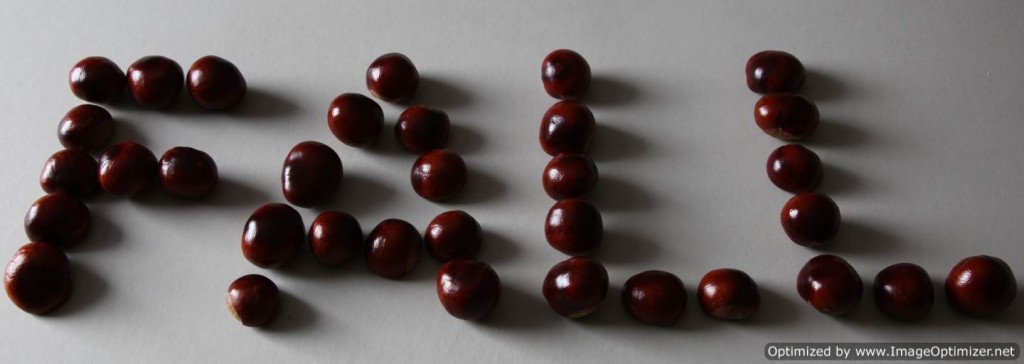 First attempt: f/11, 0.8 sec. There are a couple of problems here. The picture is underexposed, as the meter has read more from the grey card than the conkers, so the conkers are far too dark. Secondly, with the light only coming from the left-hand side there is too much contrast between left and right.
First attempt: f/11, 0.8 sec. There are a couple of problems here. The picture is underexposed, as the meter has read more from the grey card than the conkers, so the conkers are far too dark. Secondly, with the light only coming from the left-hand side there is too much contrast between left and right.
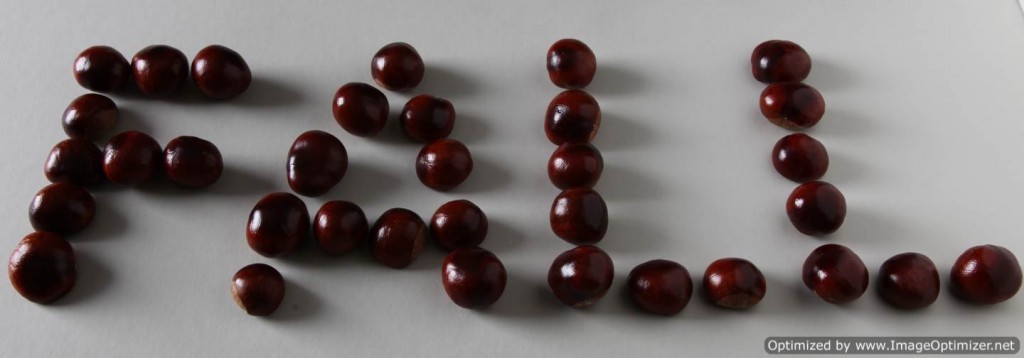 Second attempt: f/11, 0.6 sec, using white polystyrene as reflector from the right-hand side. This looks better, with reduced contrast and more detail in the conkers.
Second attempt: f/11, 0.6 sec, using white polystyrene as reflector from the right-hand side. This looks better, with reduced contrast and more detail in the conkers.
 Third attempt: f/11, 1 sec (+2/3). Adding the exposure compensation has brought out lots more detail in the conkers but without bleaching out the card. Being able to preview the results on the LCD really helped here, something you can’t do with film. Some fine tuning is still needed here, as the colour balance is too cool and the angle and focal length have combined to give too much perspective.
Third attempt: f/11, 1 sec (+2/3). Adding the exposure compensation has brought out lots more detail in the conkers but without bleaching out the card. Being able to preview the results on the LCD really helped here, something you can’t do with film. Some fine tuning is still needed here, as the colour balance is too cool and the angle and focal length have combined to give too much perspective.
‘CONKER’ MACRO DEPTH OF FIELD (OH,DO STOP – ED)
At this point, I switched to my trusty Canon 100mm f/2.8 macro lens. This is Canon’s original EF mount version; it has no USM, no full time manual focus override, no internal focussing (so the front extends considerably at the shorter focussing distances), no image stabilisation and none of the latest digital sensor-friendly lens coating. But, it is built like a tank; its construction means the front element is very recessed, with the lens barrel giving a natural lens shade (which cuts flare and unwanted reflections down) and, most importantly, it is extremely sharp with a nice colour rendition. Depth of field (DoF), or depth of focus describes how much in front and behind the actual plane of focus is acceptably sharp. This will vary hugely, depending on
- the focal length of the lens
- the distance from camera to subject
- the aperture used.
So, at one extreme, a fisheye lens focussed at infinity and at minimum aperture will give massive DoF, whereas a super-telephoto focussed as close as possible and at maximum aperture will give extremely small DoF. Generally, at farther focussing distances, DoF extends approximately 1/3 in front of the subject and 2/3 behind the subject. However, at very short distances, the proportion becomes close to 1/2 in front and 1/2 behind and you need to bear this in mind when focussing – i.e. what is the most critical area you need to have in focus.
The focus distance was about 80cm and focussed on the fifth conker from the front. You can see how progressively stopping down the aperture has not only increased the number of sharp conkers but also reduced the out of focus effect on the rest. You may also see this out of focus effect referred to as ‘bokeh’, a Japanese word for the degree of blur and its aesthetic qualities. Use of wide apertures can give a very interesting look to macro photos and even give an appearance of the subject ‘floating’. See the contrast between the two photos below, shot at f/2.8 and f/16.
Finally, here are a few more shots, all taken with the 100mm macro lens.
A couple of other points spring to mind looking at these:
- Macro shows every blemish and mark on your subject and even though I cleaned the conkers with an anti-static cloth before shooting, there are still some minor dust marks. These can easily be removed with post-processing.
- Secondly, the highlights are slightly blown out. These could be reduced by using a polarising filter – however, be aware that when there is more than one light source, the polariser has a more limited effect in reducing reflections.
My daughter’s photoshoot, September 2011
All the photos in this article are copyright Ian Arnold and may not be reproduced without his permission.
My daughter Kamilla is now 15 (going on 20!) and has an interest in modelling. She found a site called StarNow (www.starnow.co.uk), a place for aspiring models and actors to meet photographers and agents. Through this, we were contacted by Ian and arranged a shoot in Portsmouth.
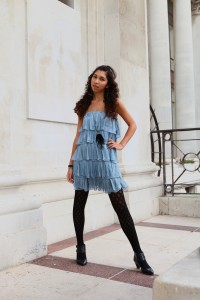 The weather was dicey on the day, with short showers and occasional sunshine, and rather cool. We met at Portsmouth Guildhall, a very grand building in limestone with wide stone steps all along the front leading up to a portico with columns and flanked by stone lions, with large brass doors allowing access. Inside the portico, the light bounces around very nicely, making it relatively bright and, more importantly, even. This was ideal for the full length fashion-style shots and portraits, too. As it was early in the morning, there were very few people around, just a few empty beer bottles and takeaway boxes from the previous evening that we needed to clear up before starting.
The weather was dicey on the day, with short showers and occasional sunshine, and rather cool. We met at Portsmouth Guildhall, a very grand building in limestone with wide stone steps all along the front leading up to a portico with columns and flanked by stone lions, with large brass doors allowing access. Inside the portico, the light bounces around very nicely, making it relatively bright and, more importantly, even. This was ideal for the full length fashion-style shots and portraits, too. As it was early in the morning, there were very few people around, just a few empty beer bottles and takeaway boxes from the previous evening that we needed to clear up before starting. Ian has a very relaxed and friendly way but plainly knows exactly what he’s doing, using a variety of poses and with Kamilla making several changes of clothes during the morning. Kamilla herself poses very well and is good at following instructions, while having a few of her own ideas. The light was very good and so Ian used natural light without reflectors for most shots, with a little fill-flash on a small number to add a little detail and vibrancy.
Ian has a very relaxed and friendly way but plainly knows exactly what he’s doing, using a variety of poses and with Kamilla making several changes of clothes during the morning. Kamilla herself poses very well and is good at following instructions, while having a few of her own ideas. The light was very good and so Ian used natural light without reflectors for most shots, with a little fill-flash on a small number to add a little detail and vibrancy.
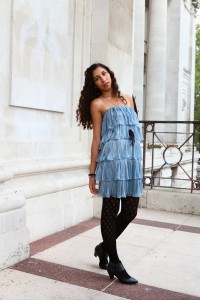 Ian used a Canon EOS 5D MkII with a Canon 24-70mm f/2.8 zoom lens. The camera was usually in manual exposure mode with spot metering and ISO 200. I guess this harks back to Ian’s previous experience on older film cameras like Hasselblads, where manual exposure settings were the only option.
Ian used a Canon EOS 5D MkII with a Canon 24-70mm f/2.8 zoom lens. The camera was usually in manual exposure mode with spot metering and ISO 200. I guess this harks back to Ian’s previous experience on older film cameras like Hasselblads, where manual exposure settings were the only option.
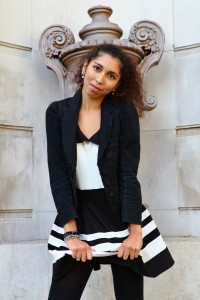 Having taken everything we wanted, we had a very short walk to the nearby war memorial. It’s quite a large area with a few steps down to the memorial, with ornamental urns to the sides. We didn’t want to be in any way disrespectful to the memories of our service people and so stayed strictly to the outer edges.
Having taken everything we wanted, we had a very short walk to the nearby war memorial. It’s quite a large area with a few steps down to the memorial, with ornamental urns to the sides. We didn’t want to be in any way disrespectful to the memories of our service people and so stayed strictly to the outer edges.
Last but not least, we walked a bit further to a large office building which is about to be refurbished. Boards have been put around it and graffiti artists were invited to make their mark. It makes a great background for images with a bit more ‘zip’.
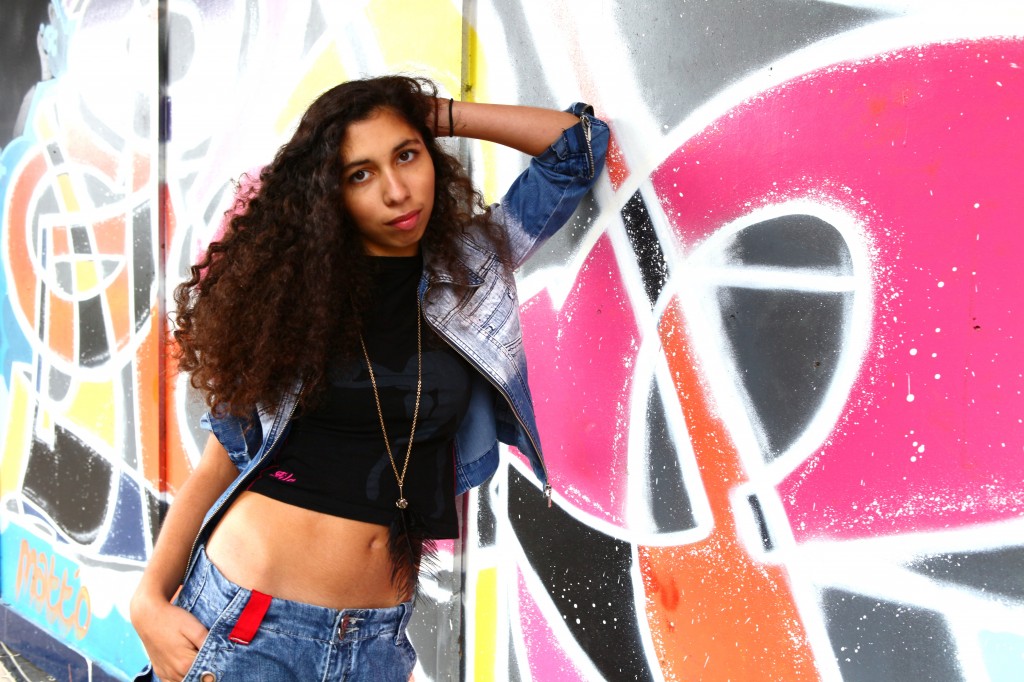
 By this time, the sun was high in the sky and there was more blue sky than cloud. We’d managed to stay in the shade to get the best light during the morning and now had all the shots we wanted. It was time for a rest and a pizza!
By this time, the sun was high in the sky and there was more blue sky than cloud. We’d managed to stay in the shade to get the best light during the morning and now had all the shots we wanted. It was time for a rest and a pizza!
Thanks to Ian for his professionalism, humour and time. Please see http://www.ianarnoldphotography.com for more of Ian’s work.
Lake District Photos, June 2011
I was lucky enough to get away for a week to my beloved Lake District (in Cumbria, UK) in June, staying in a B&B in Keswick. Situated near the northern end of the Lake District, I think the town is the most charming I have ever known: lots of grey stone buildings in the centre, pleasant parks, the River Derwent. A short walk from the town takes you to the northern shores of Derwentwater, arguably the most beautiful of all the larger lakes (and my personal favourite). What’s more, there are wonderful views both from the town and from the Derwentwater shoreline: to the north, cloud-capped Skiddaw and Blencathra; look west, over the lake, to Catbells, Bull Crag and beyond to the western fells; to the east and south, Walla Crag and Borrowdale. It is breath-taking in its beauty and yet not awesome: big but on a very English scale! I spent most of my time walking or in the town, which meant photography really came second. I had planned to get up early every day to catch the morning light – at that time of year, that means 3AM. Some mornings were cloudy and dull and not worth the effort; the rest – I admit to being a lazy photographer. However, I did manage one early morning start, heading off to nearby Castlerigg Stone Circle, expecting to get shots of the stones and the fells that surround them. After parking, I walked into the enclosure, delighted to find a light dew on the grass (good for foreground interest). As I got right up to the circle, though, my heart sank like a stone (forgive the pun!) – there were two campers bivvying, fast asleep right in the centre. My immediate thought was to just give up and head back to the B&B and get back into bed. Then, I tried to think around the problem: with the right lens, distance and viewpoint, could I use the stones to hide the slumbering campers? The answer was ‘yes’. Using 24-105mm and 17-35mm lenses and positioning myself carefully, they were excluded from the shots and, luckily, I was able to get most of the viewpoints I wanted. All the shots were taken on a tripod, using a remote shutter release and the mirror locked-up, plus a hot-shoe mounted spirit level to keep everything straight (not as easy as it sounds when using extreme wide-angled lenses).
A 2-stop ND graduated filter was used to darken the sky in the 3 shots above.
For the shot above, I used a polariser. It was the last one I took before I left but by this time, the sun had risen a little too high and the soft morning light has almost gone. As I left, another photographer arrived with 2 students whom he was about to teach some landscape techniques. He looked very crestfallen when I explained about the campers so I tried to cheer him up because he would be able to work around them. Many of my other shots were taken during walks and when the sun was high, so most really just look like holiday snaps. Here are the best of the rest…
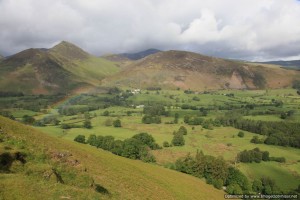
Miniature rainbow over Newlands Valley, Lake District; 24-105mm lens at 28mm; ISO 200; f/9; 1/320 sec
No sooner had I got out of the car at the foot of Catbells, than the rain started coming down. I set off anyway and as I climbed a view started to appear. As the showers swept across the Newlands Valley and the sun shone, no fewer than 3 mini-rainbows appeared and disappeared within 30 seconds or so, over a period of a couple of minutes. I quickly opened up the Lowepro Toploader Zoom AW strapped to my chest and rattled off just a couple of shots before the first one had passed. The second was very faint but the shot above was of the final rainbow. I paused for a few seconds to clean rain off the front of my lens after taking this shot but by then it, too, had vanished.
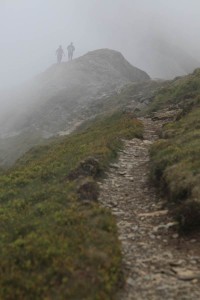
Walkers vanishing into low cloud near Hopegill Head; 24-105mm lens at 105mm; ISO 200; f/9; 1/500 sec; +1/3 exp comp
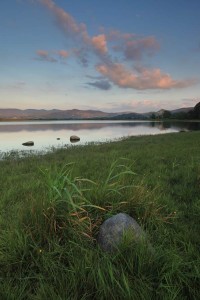
Bassenthwaite shore, looking south-east; 17-35mm lens at 25mm; ISO 50; f/11; 1/6 sec; 2 stop ND grad
This is my favourite shot of the whole holiday and probably reflects the work I put in. Bassenthwaite is the most northerly lake and I had visited a nearby nature reserve and then scouted the lake shore for possible places to get good shots from, 2 days earlier. After a sturdy fish and chip supper in Keswick, I drove back up to the western shore of the lake, initally trying to shoot a pair of dunlin (in vain) and some oak trees in flowery meadow (light too harsh). Then, as the sun set behind the nearby hills, I wandered along the shore, eventually finding this rock and grass as an ideal foreground, setting up my tripod on soggy ground. As usual for my landscapes, I set a low ISO, put on a remote shutter release and set mirror lock-up, also using a middling aperture to try and maximise quality. Then I waited – for well over an hour, as the light became softer but still the sky stayed cloudless. During the wait, I was entertained by various birdlife, including a heron and even an osprey, as well as by a swimmer in a wetsuit who emerged James Bond-like from the water and frightened the life out of me! Eventually, some scattered clouds arrived briskly just as the soft light was about to go too far into dusk and I had this photo in the bag. By this time it was 10PM and time to head back to the B&B. I paid the price the next day, when I realised I had several welts from some kind of blood-sucking insect that itched for days afterwards. There seems to be truth in the jokey adage ‘the harder I work, the luckier I get’.
Sean Henry Sculpture Exhibition at Salisbury Cathedral
This is a new exhibition taking place at Salisbury Cathedral, Salisbury, Wiltshire, UK. It’s called “Conflux: A Union of the Sacred and the Anonymous” and is the work of the artist Sean Henry. The title really says it all, with some of the poses reminiscent of religion (with some actually perched on cathedral plinths) but mainly just everyday behaviour. The sizes of the polychrome sculptures range from about a foot tall to larger than lifesize. Both the facial expressions and posture are very lifelike, almost disturbingly so. The setting does seem to add something, too – the whole is more than the sum of the parts. Some of the sculptures are easier to find than others but it’s worth your while taking an hour or so to find and view them all. Happy hunting! The exhibition opened on 22nd July 2011 and continues until October. 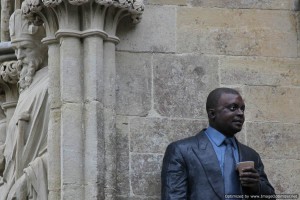
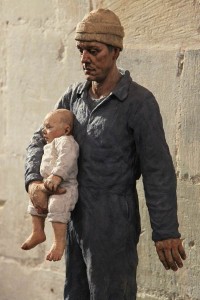
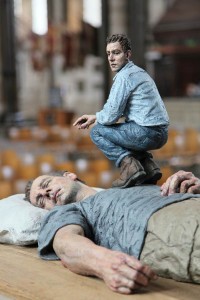
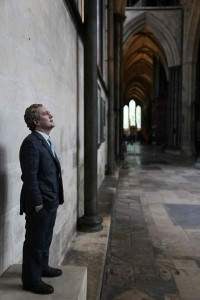
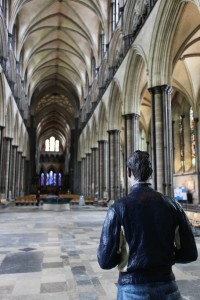
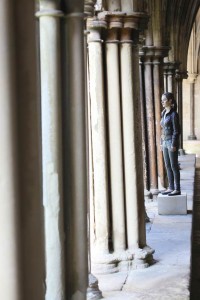
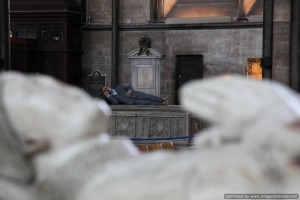
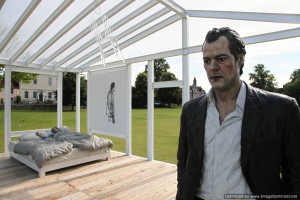
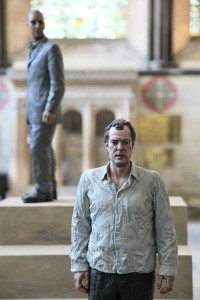
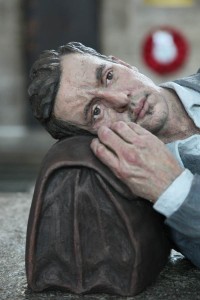
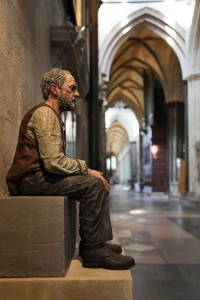
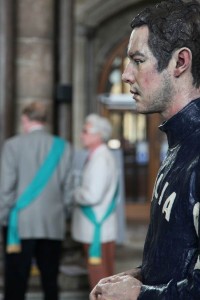
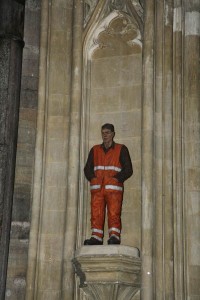 Photographic notes: all the shots were taken on a Canon EOS 5D MkII with a variety of Canon zoom lenses but mainly with the 24mm-105mm f4 L USM IS. All were handheld, bar one (the one with the orange reflective suit, number 022) which meant I needed to increase the ISO as high as 1600 in some shots, even with the benefit of image stabilization.
Photographic notes: all the shots were taken on a Canon EOS 5D MkII with a variety of Canon zoom lenses but mainly with the 24mm-105mm f4 L USM IS. All were handheld, bar one (the one with the orange reflective suit, number 022) which meant I needed to increase the ISO as high as 1600 in some shots, even with the benefit of image stabilization.

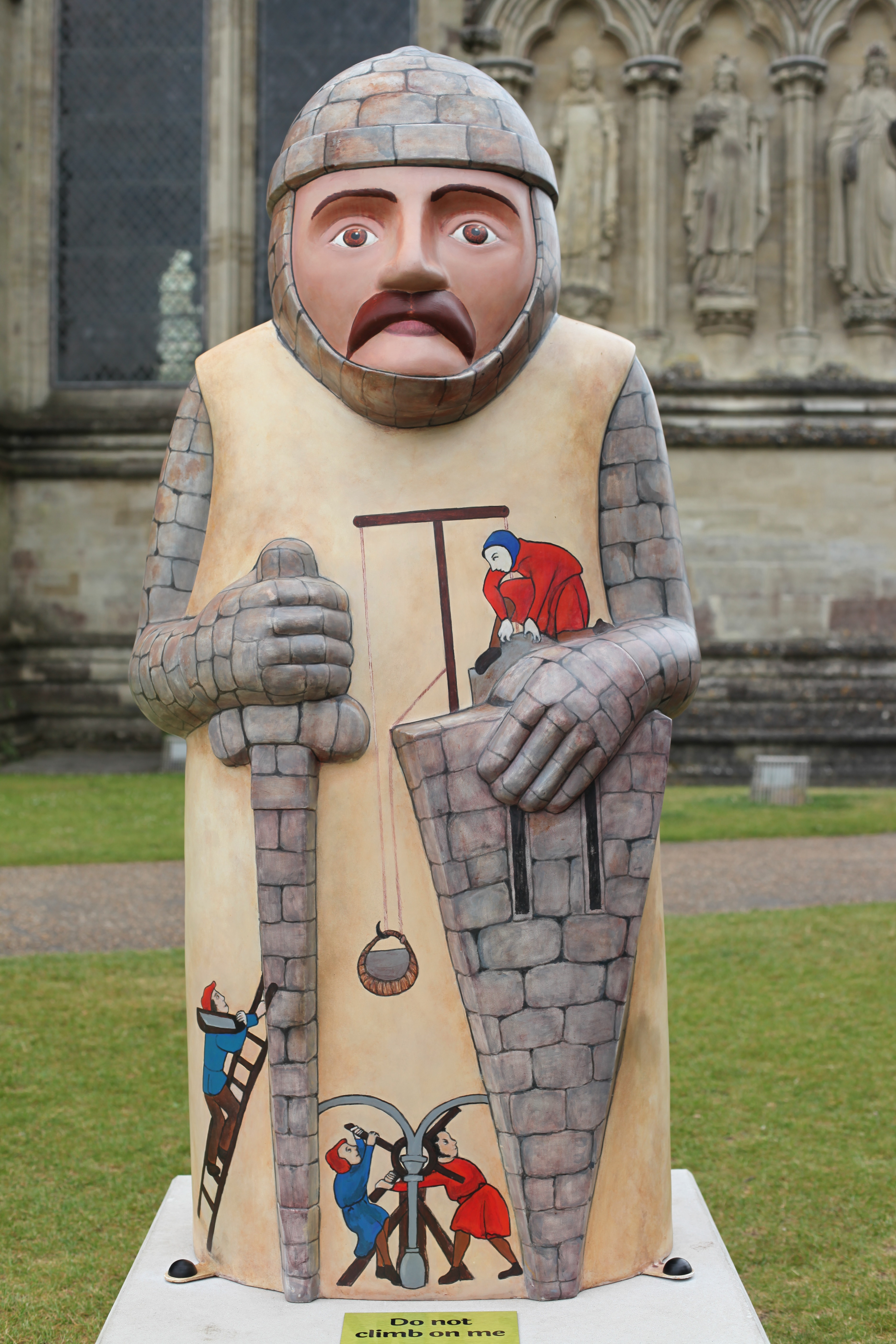
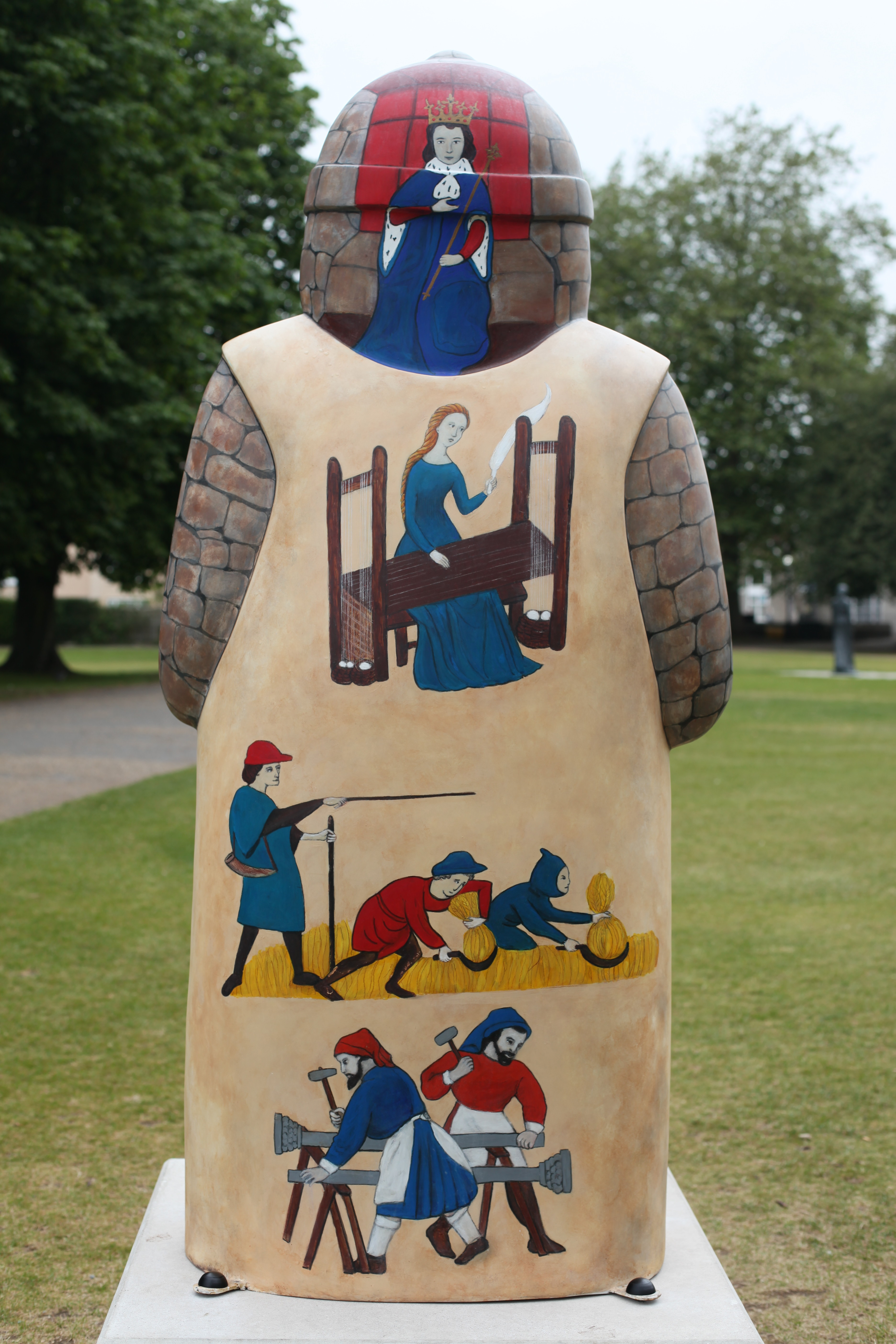
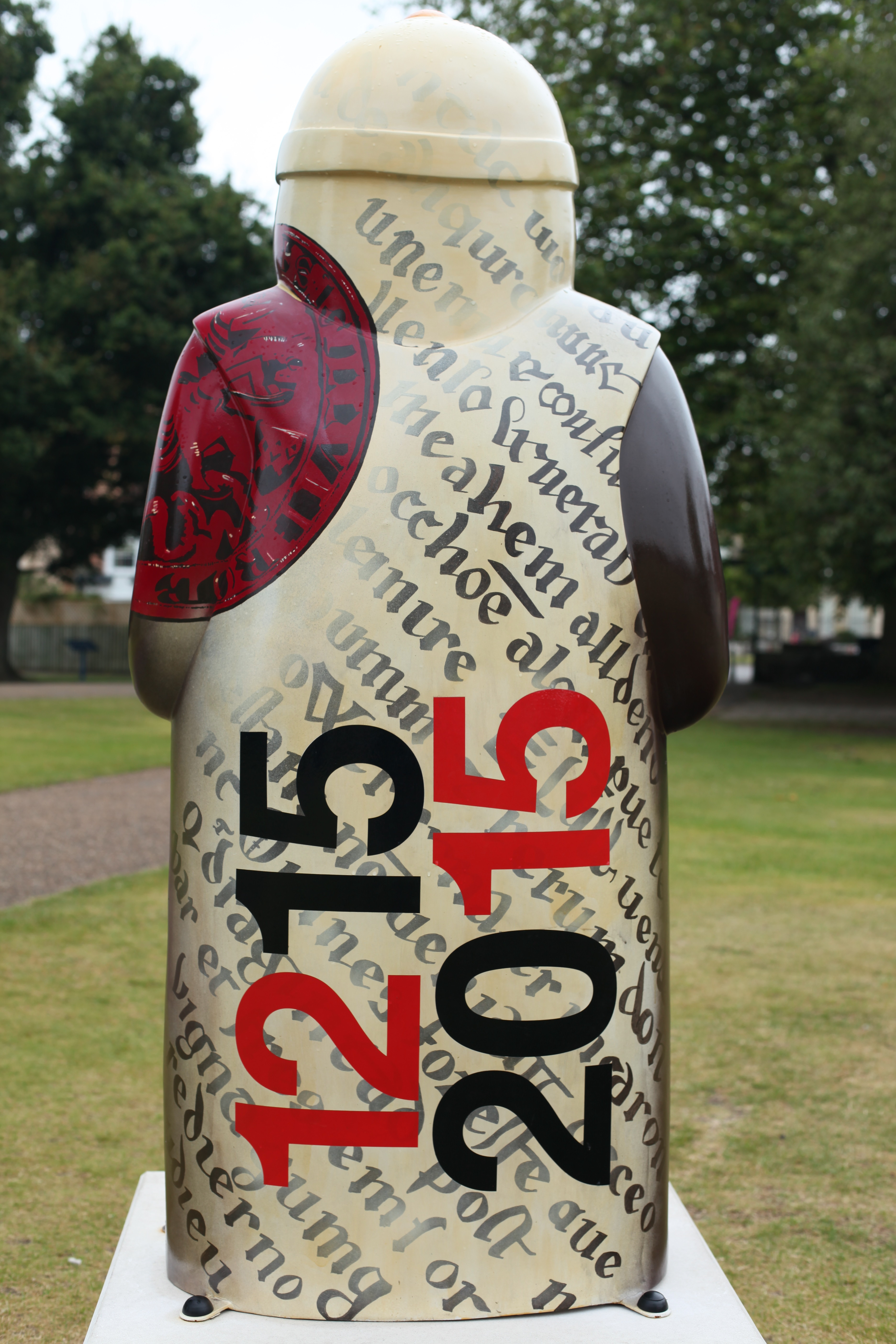
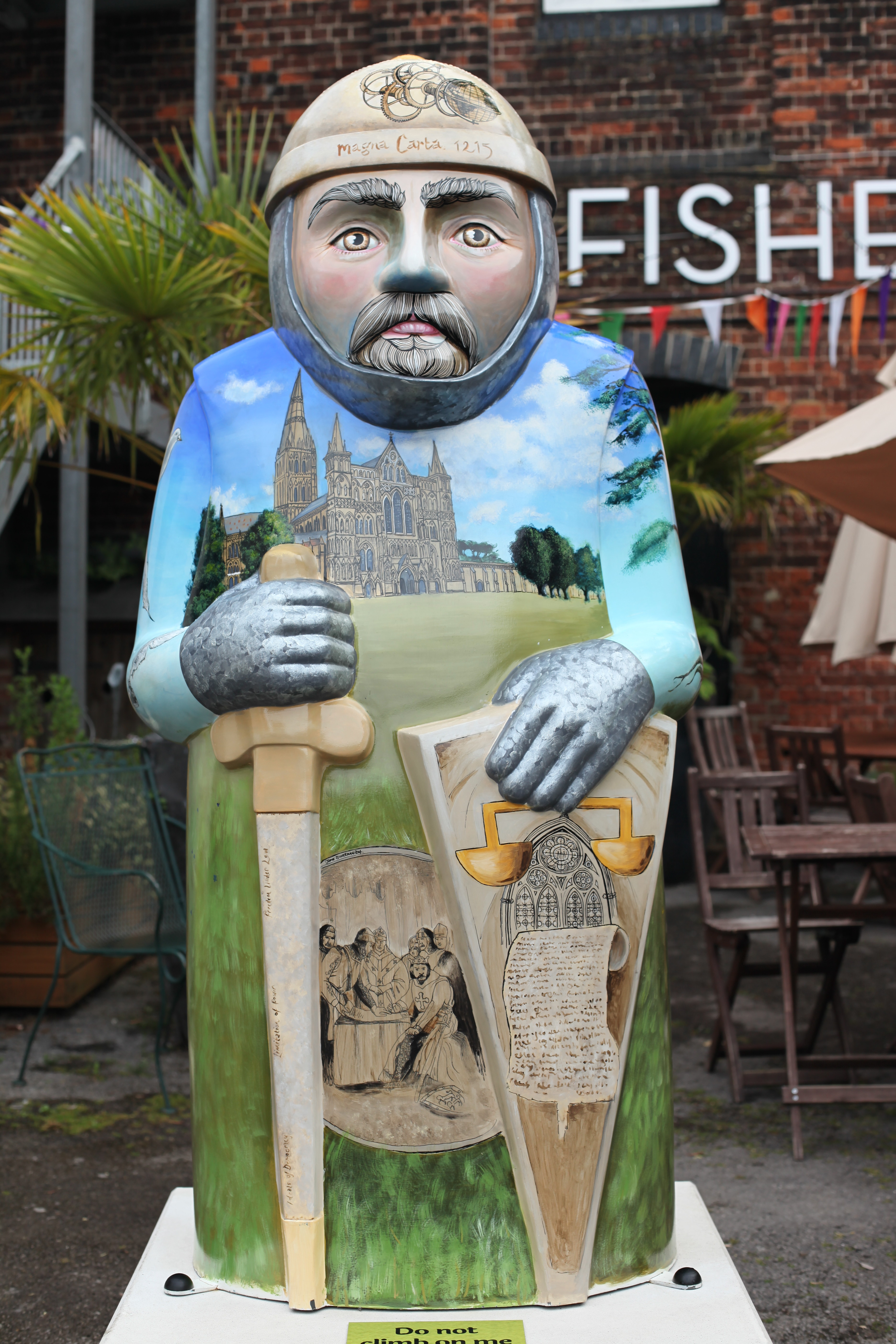
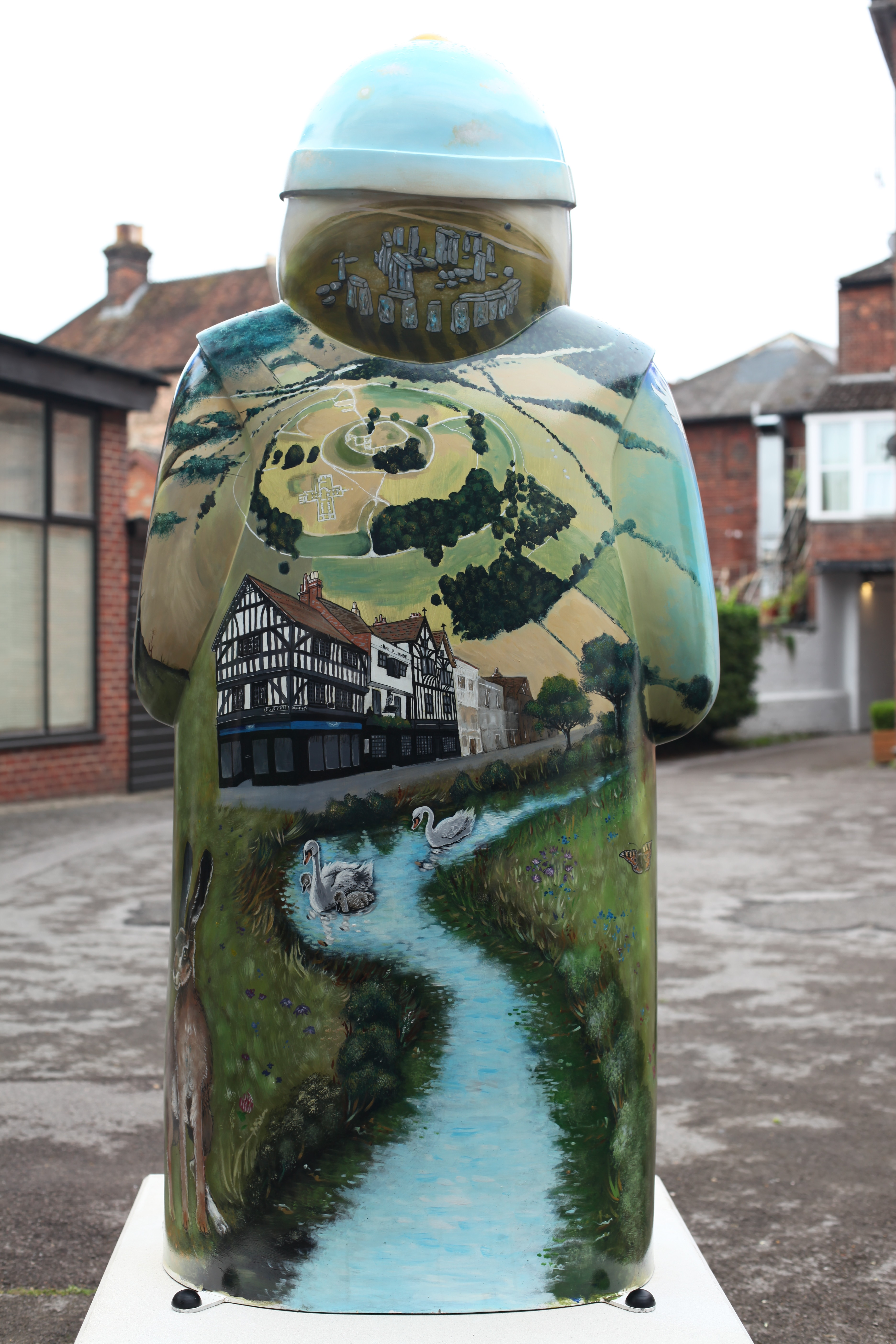
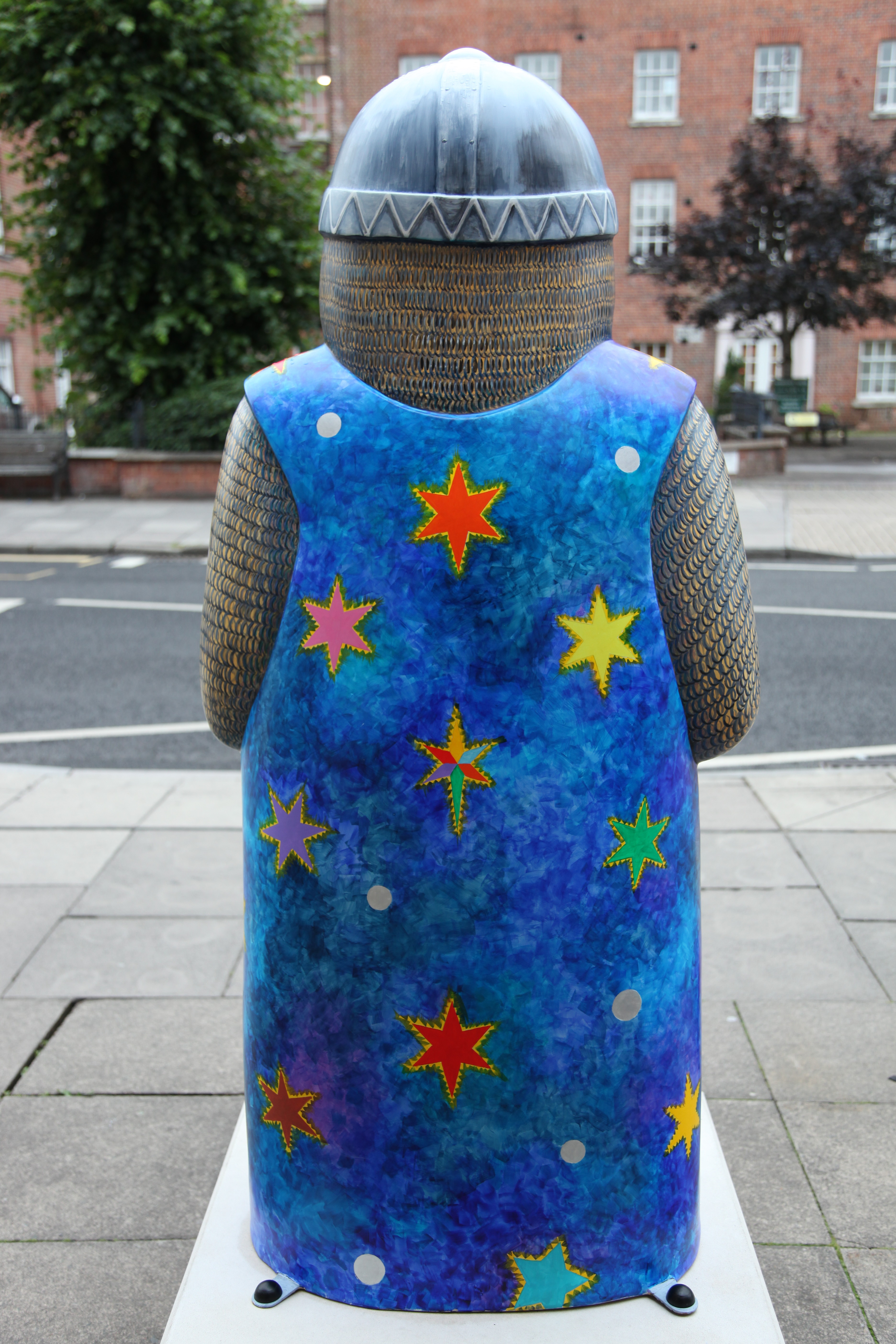
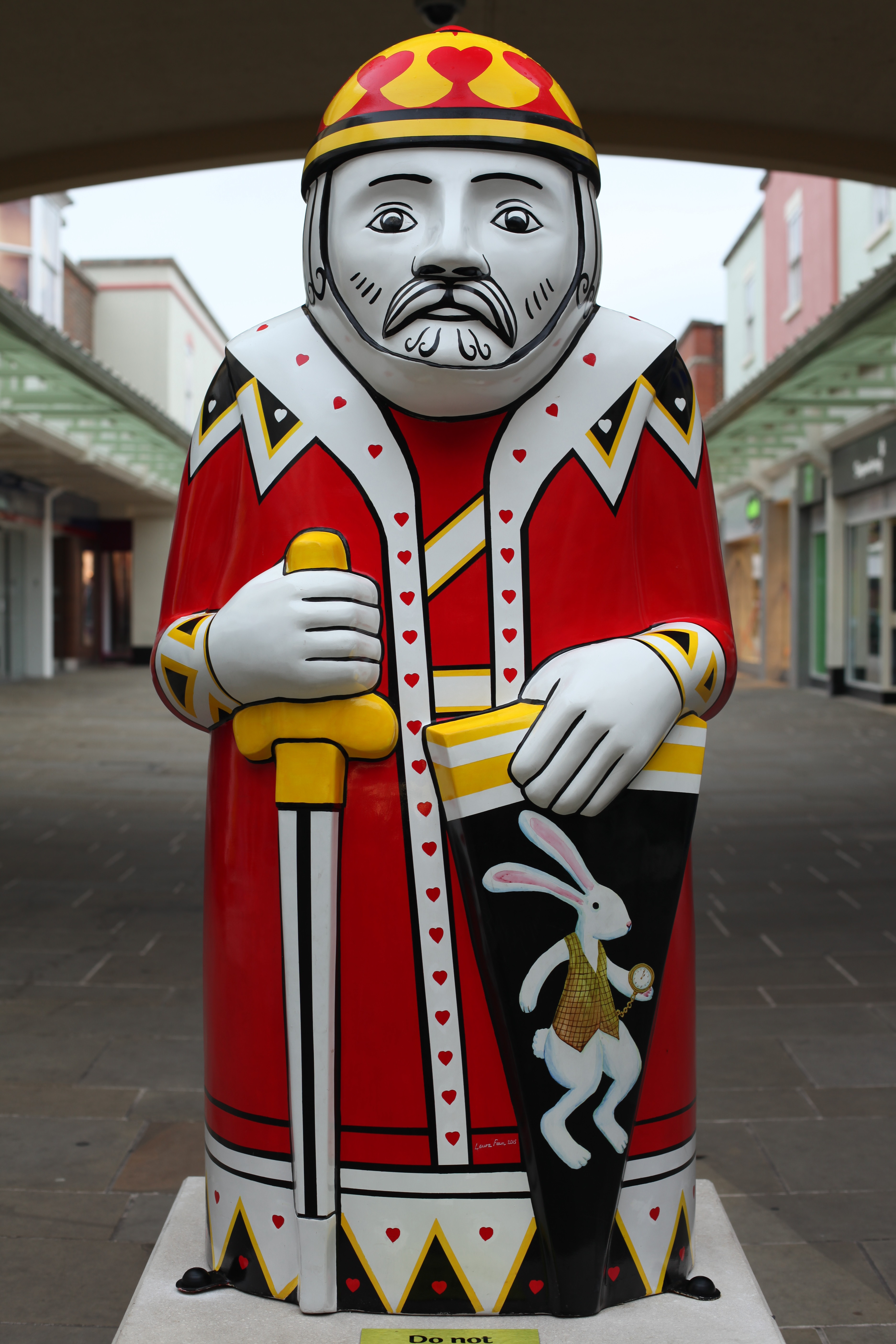
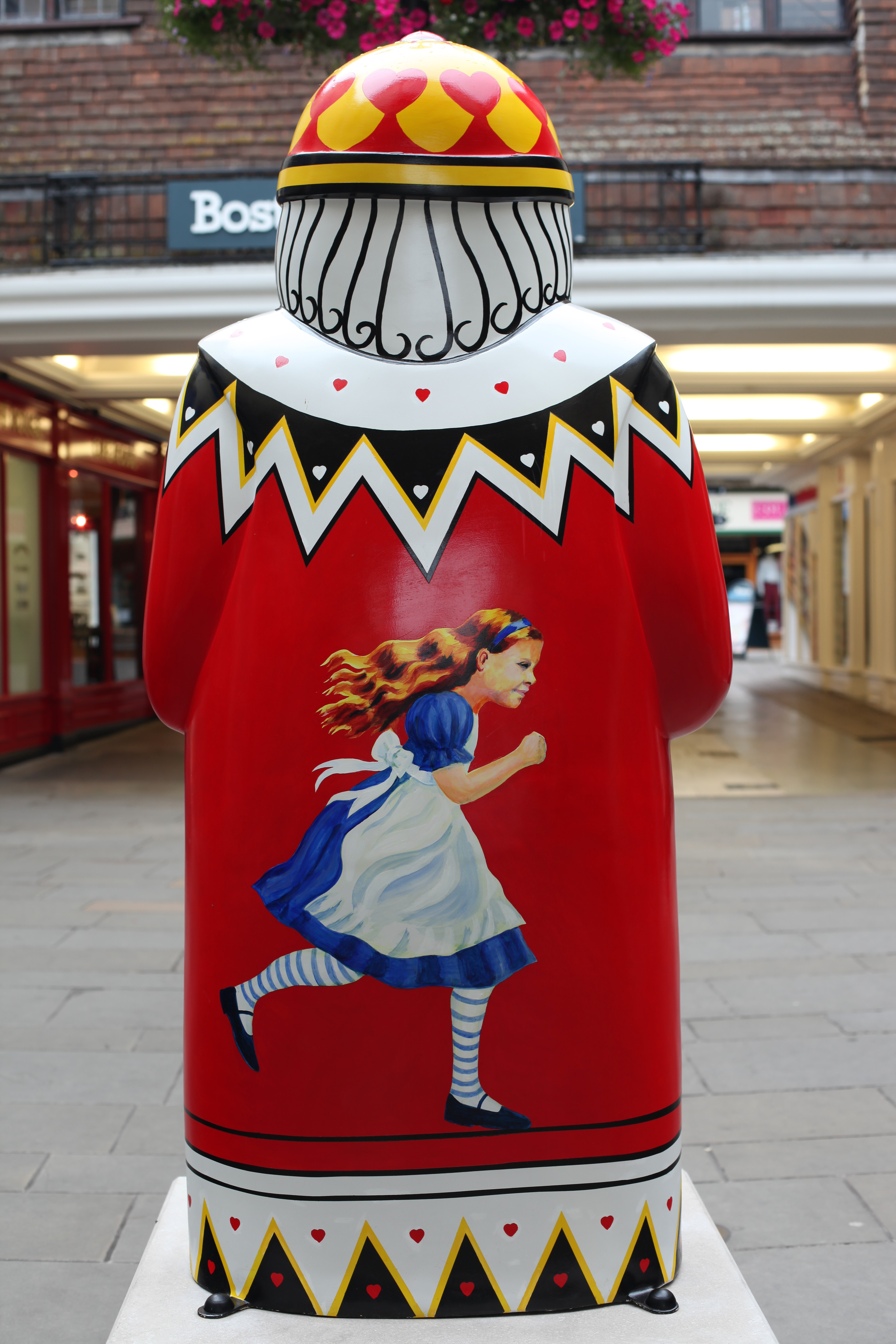
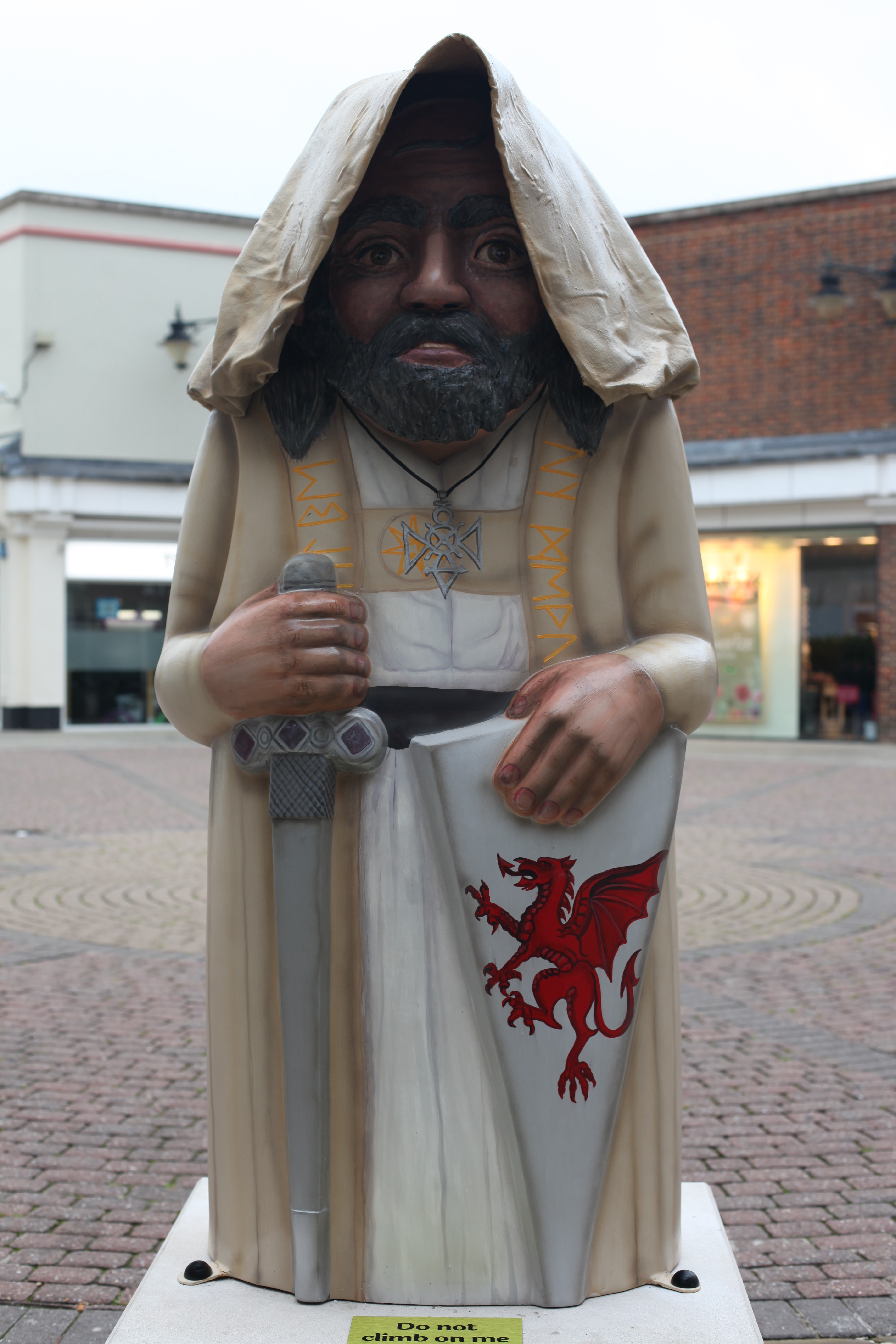
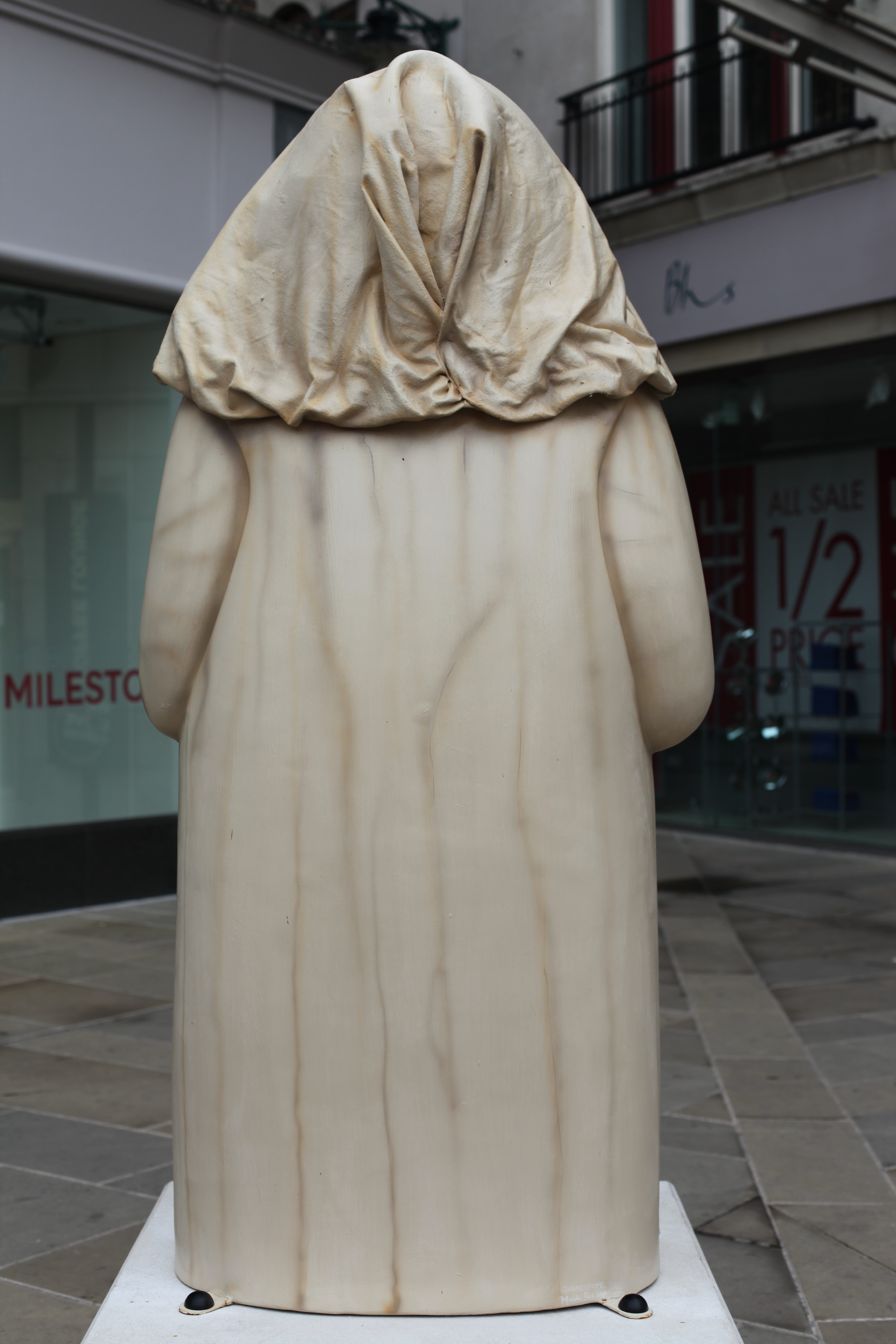
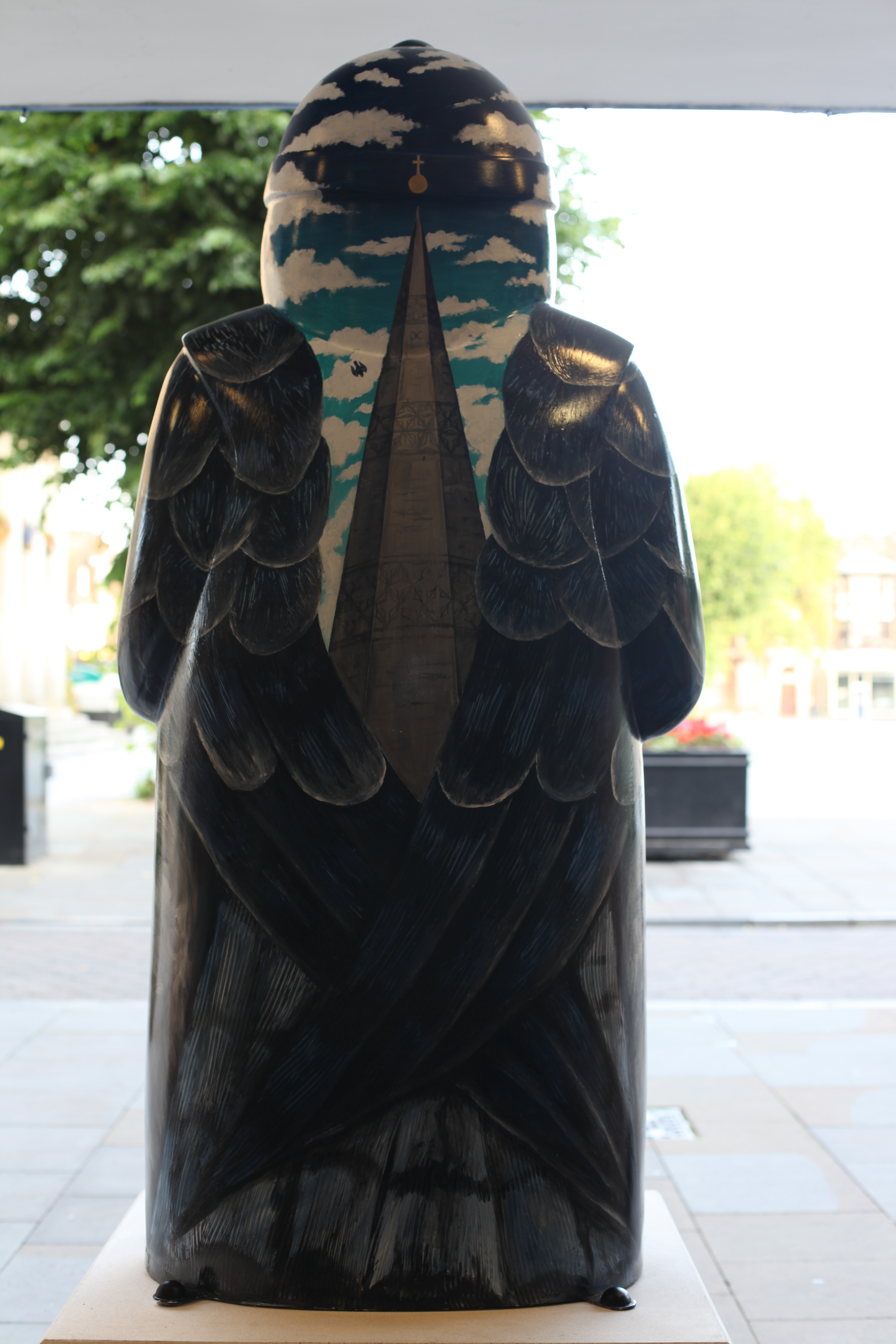

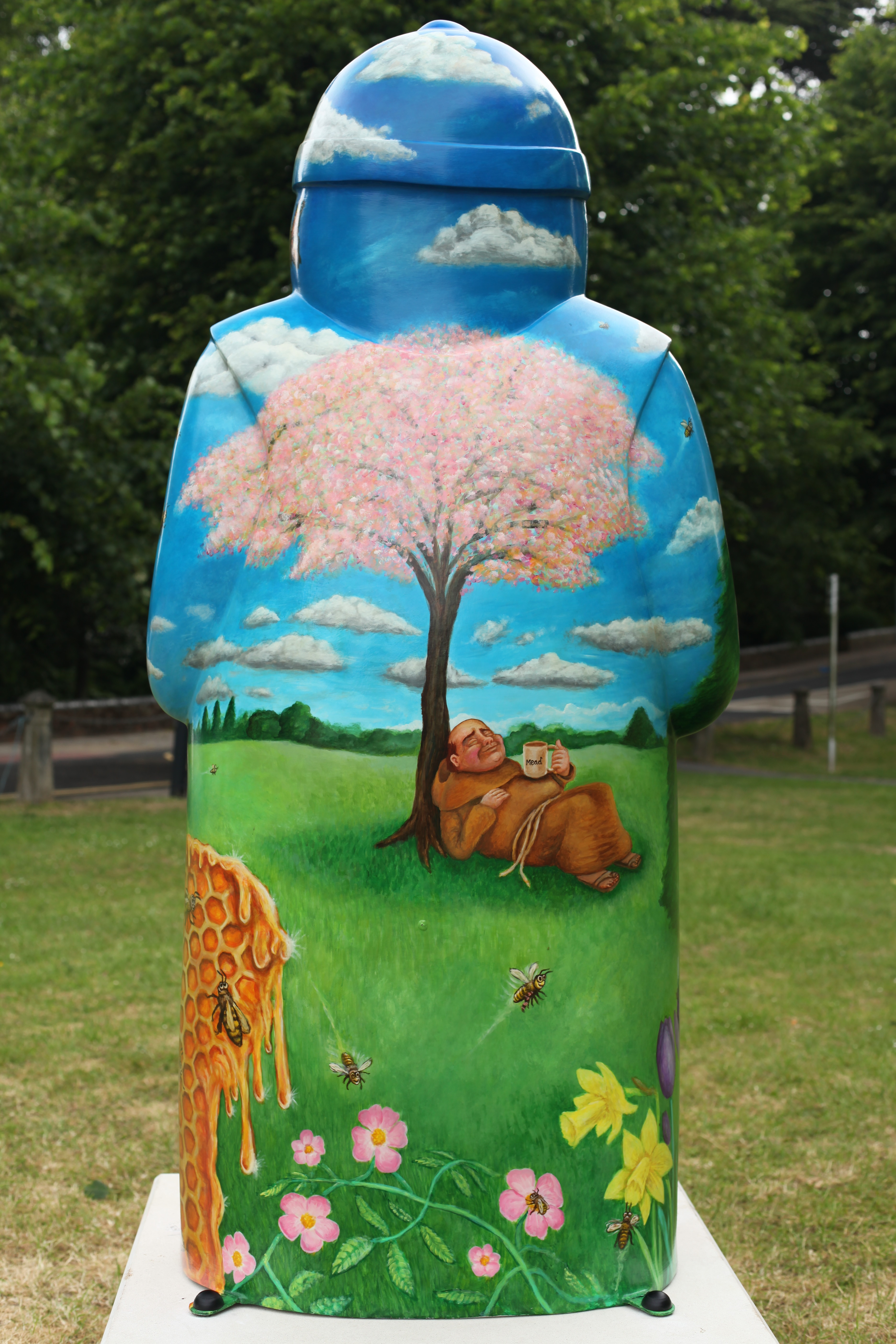
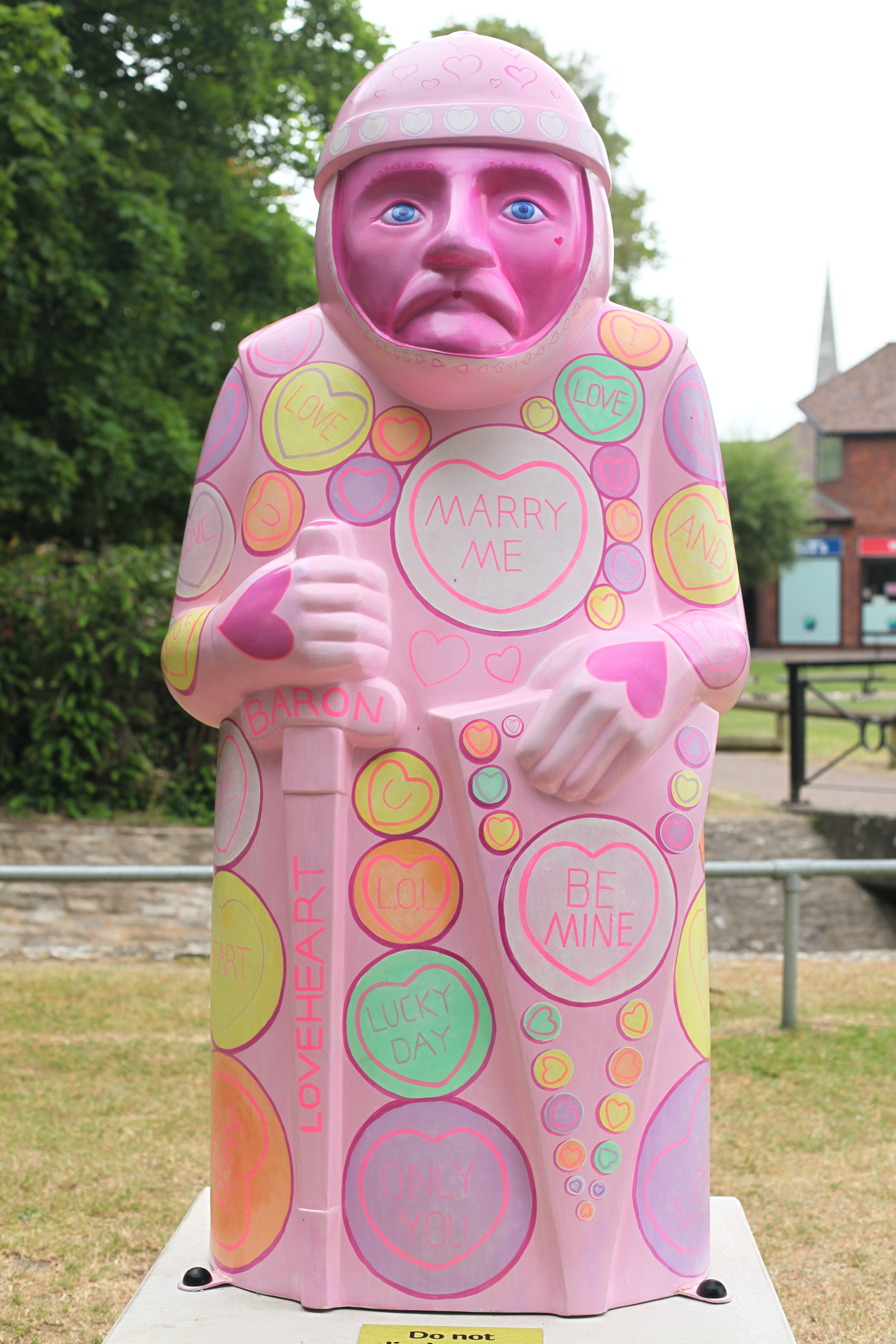
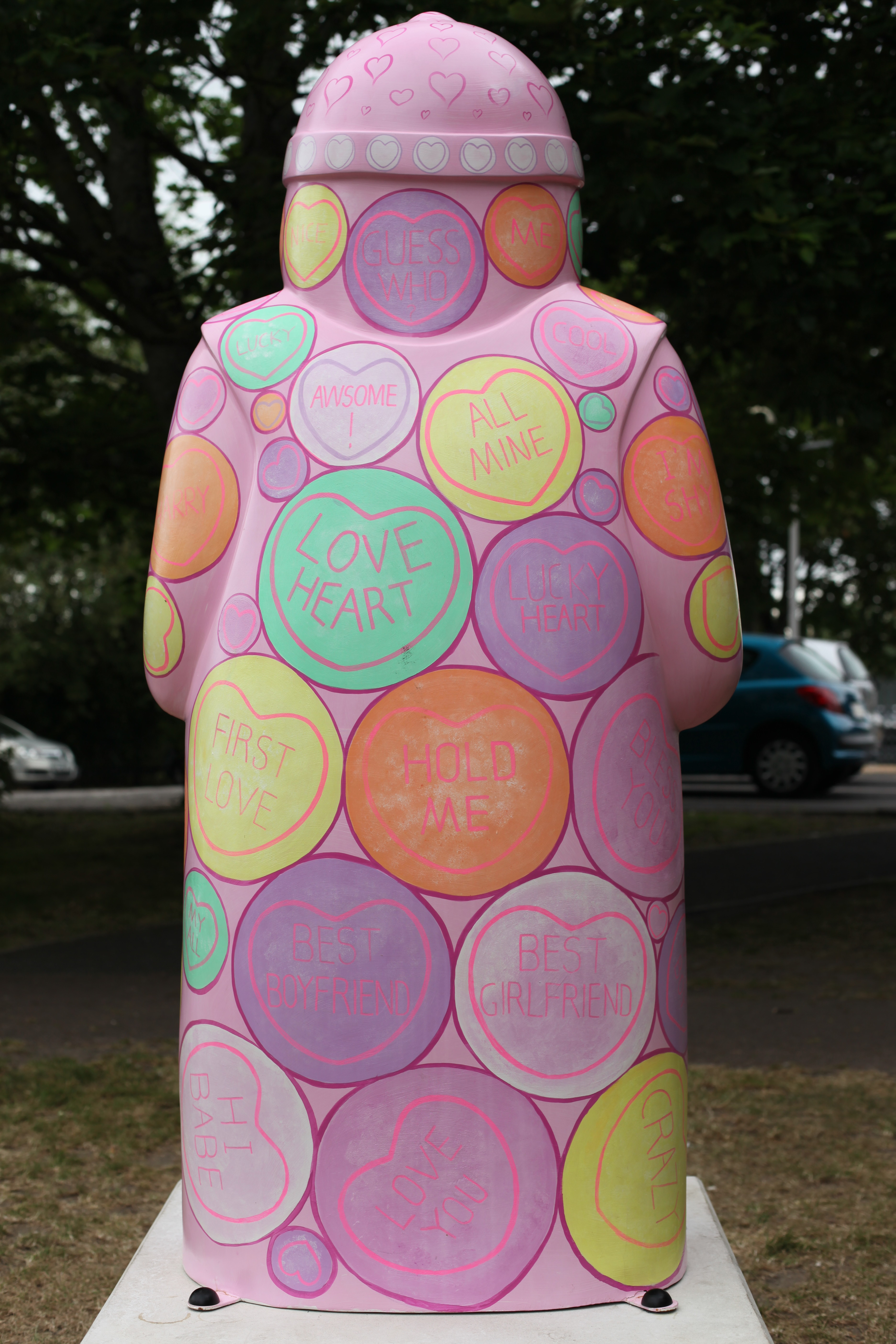
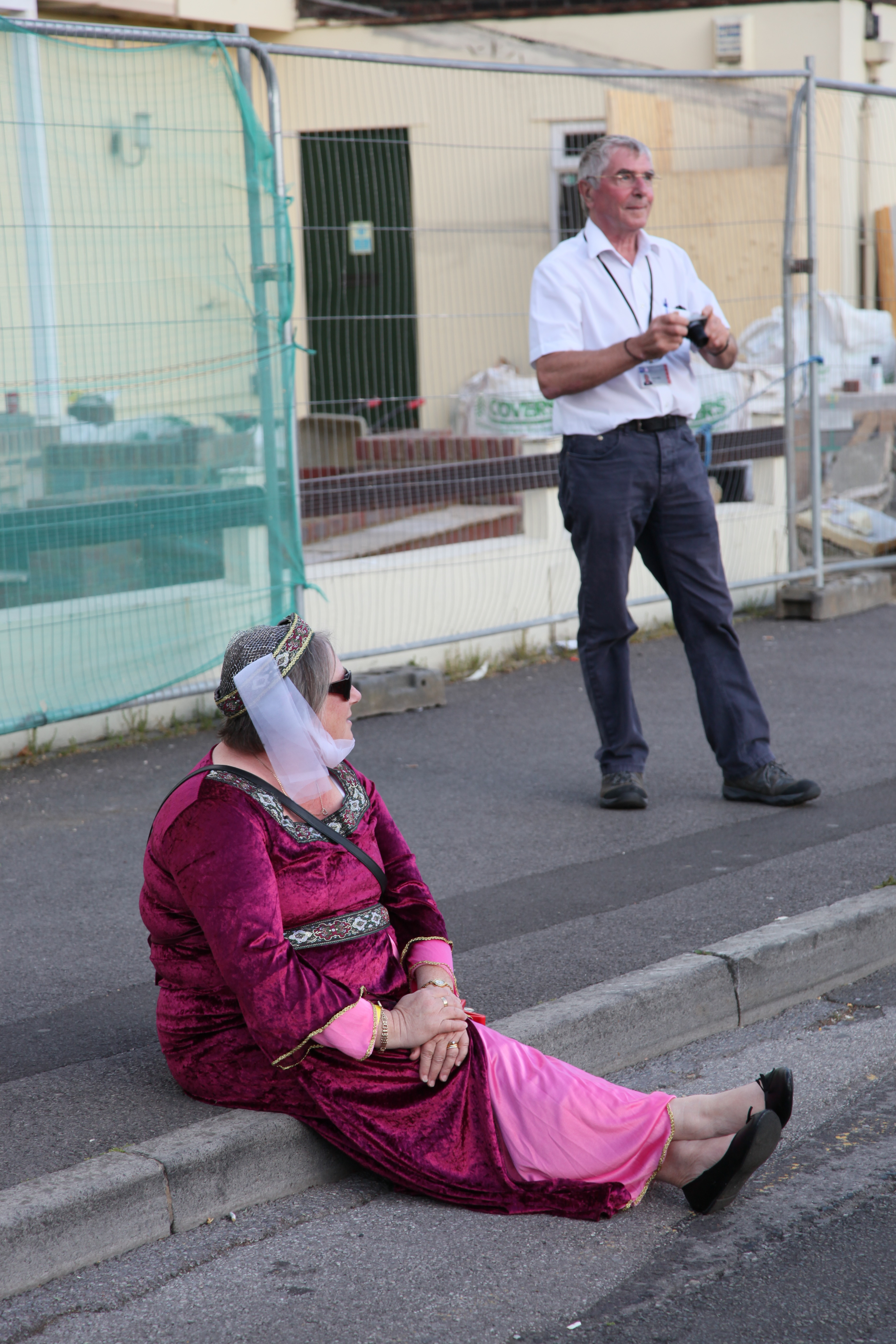




































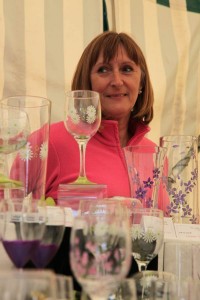
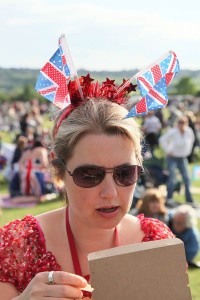
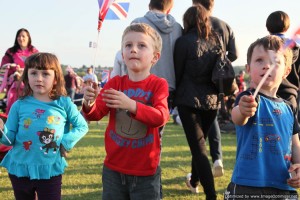

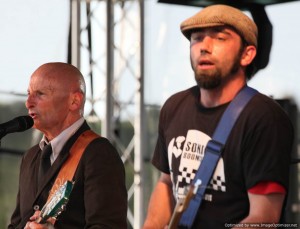
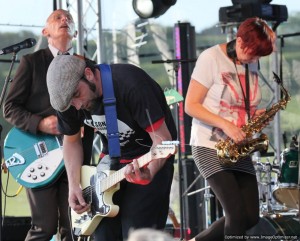
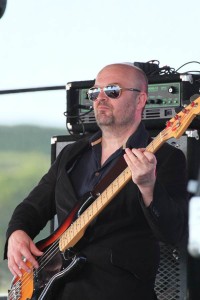
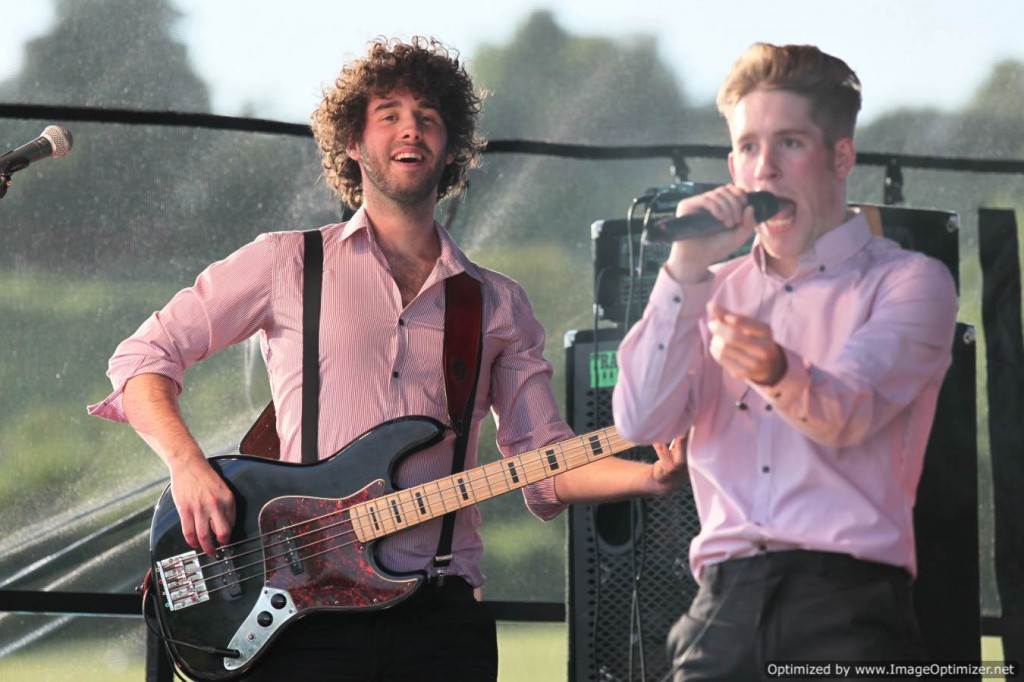
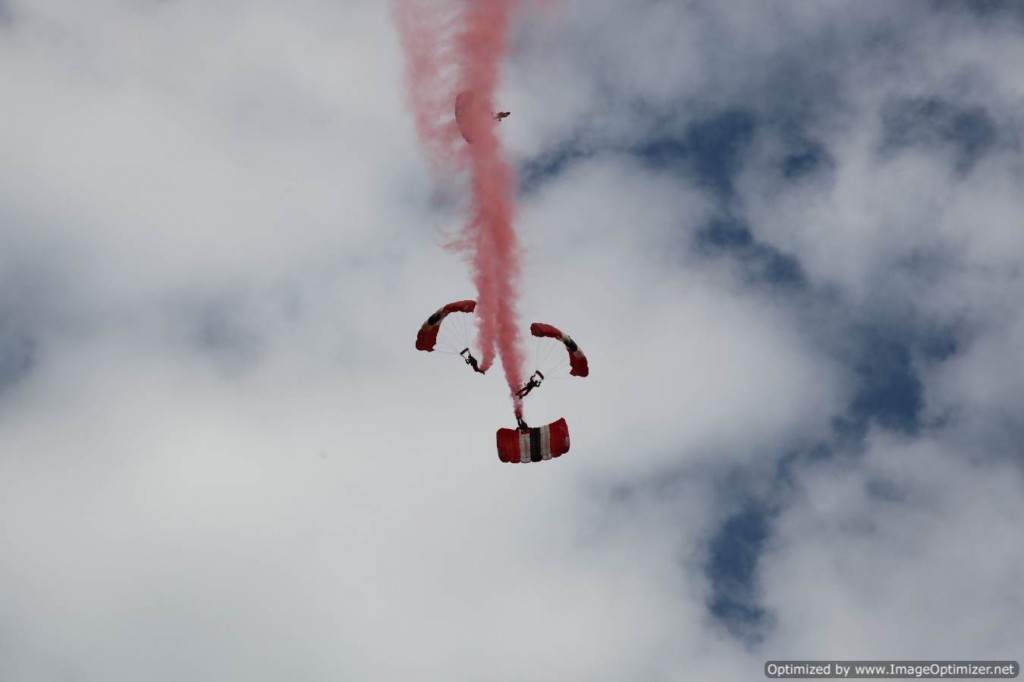
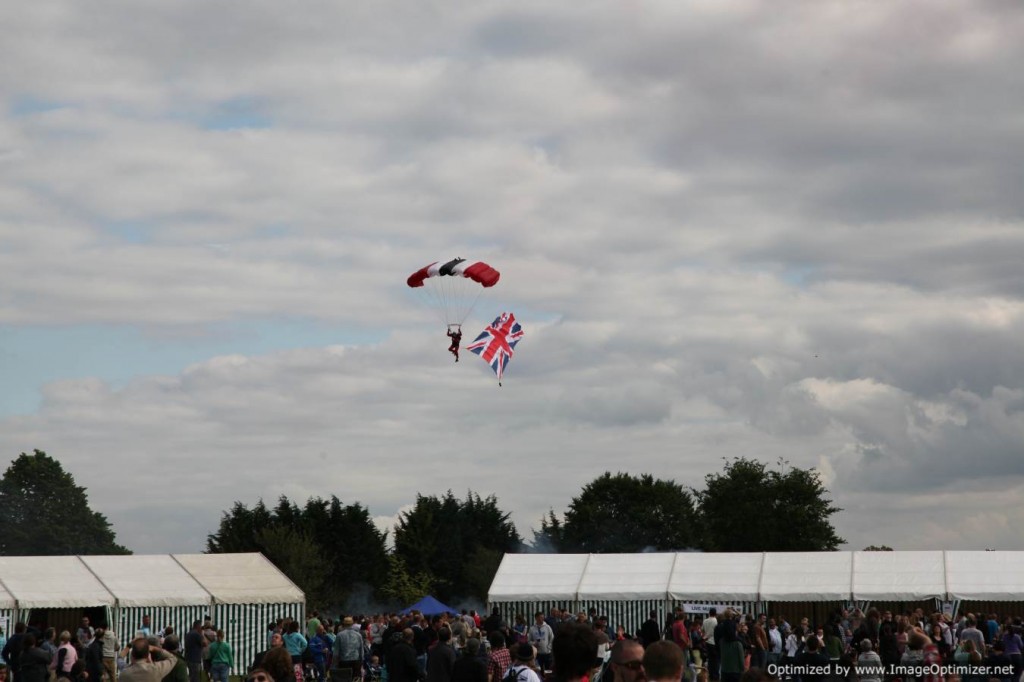
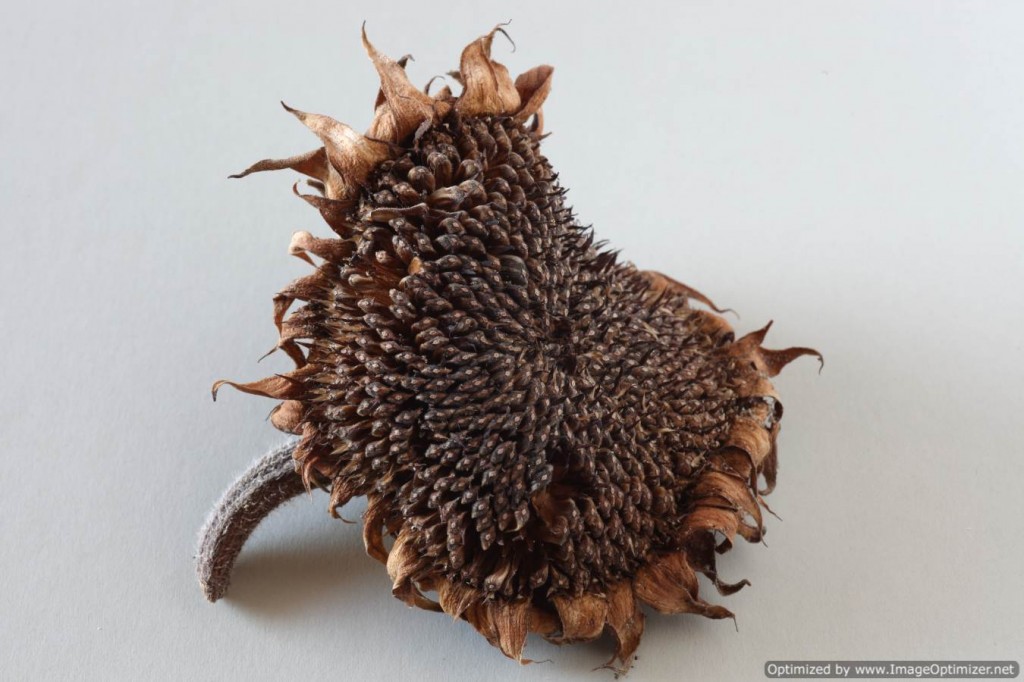
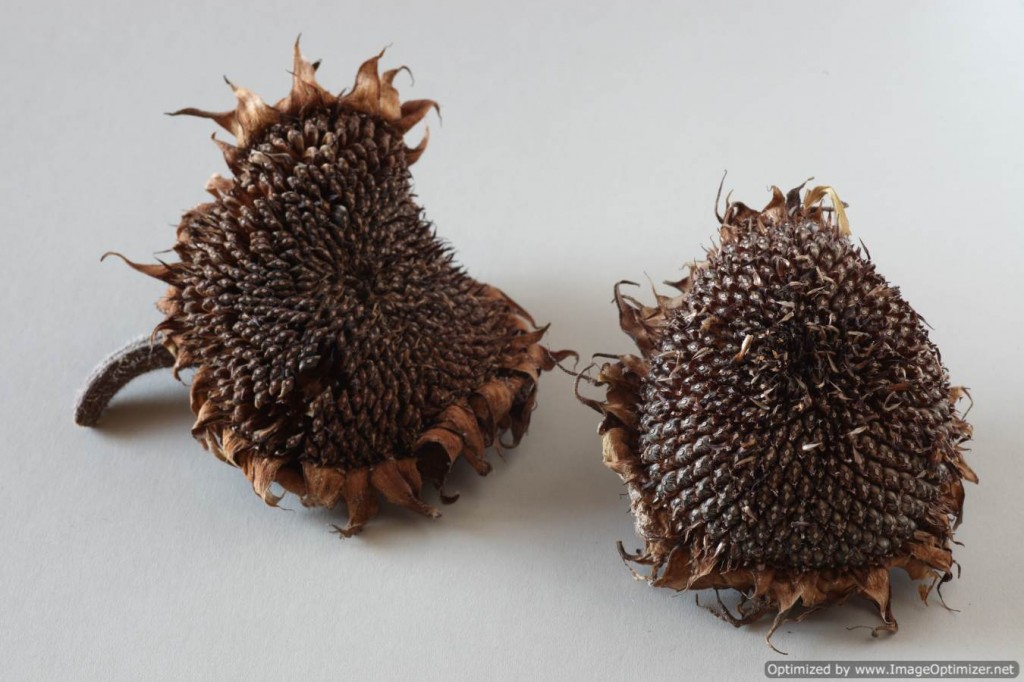
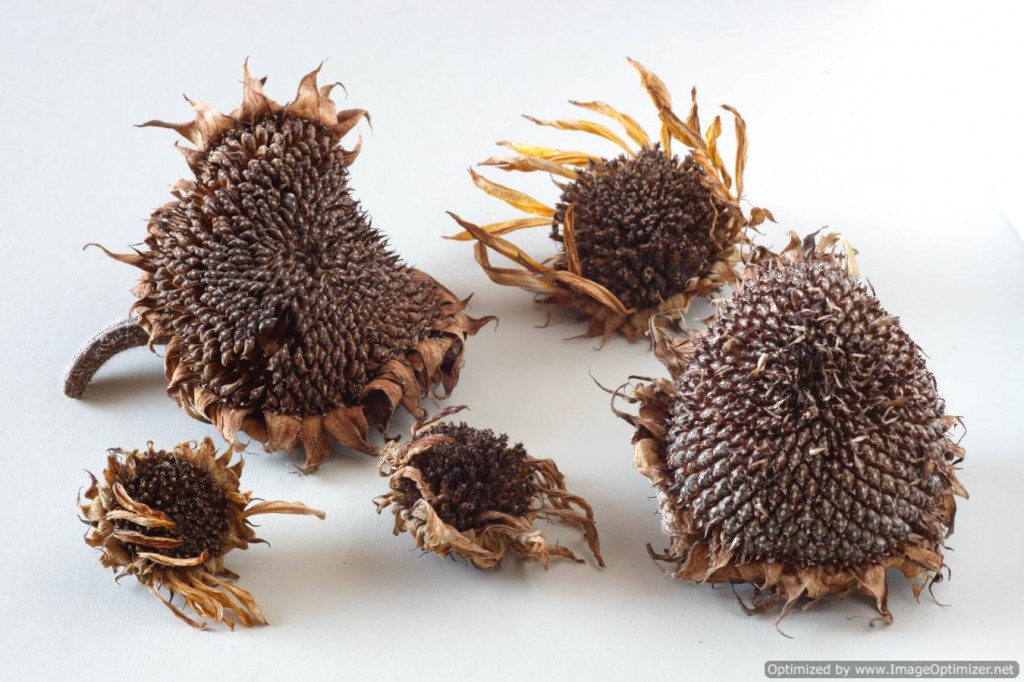
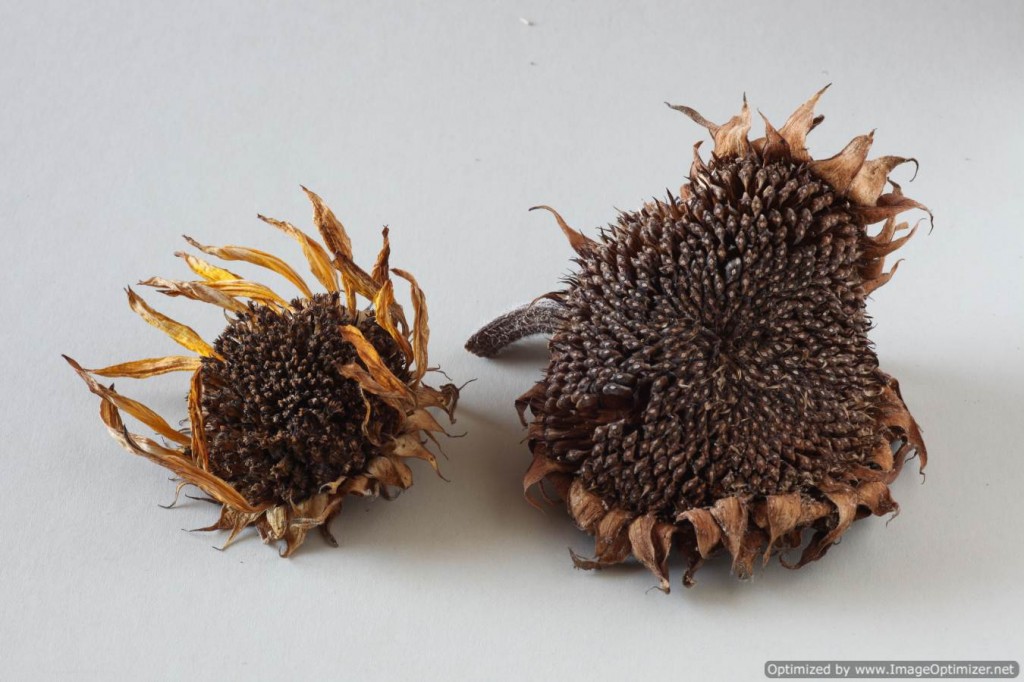
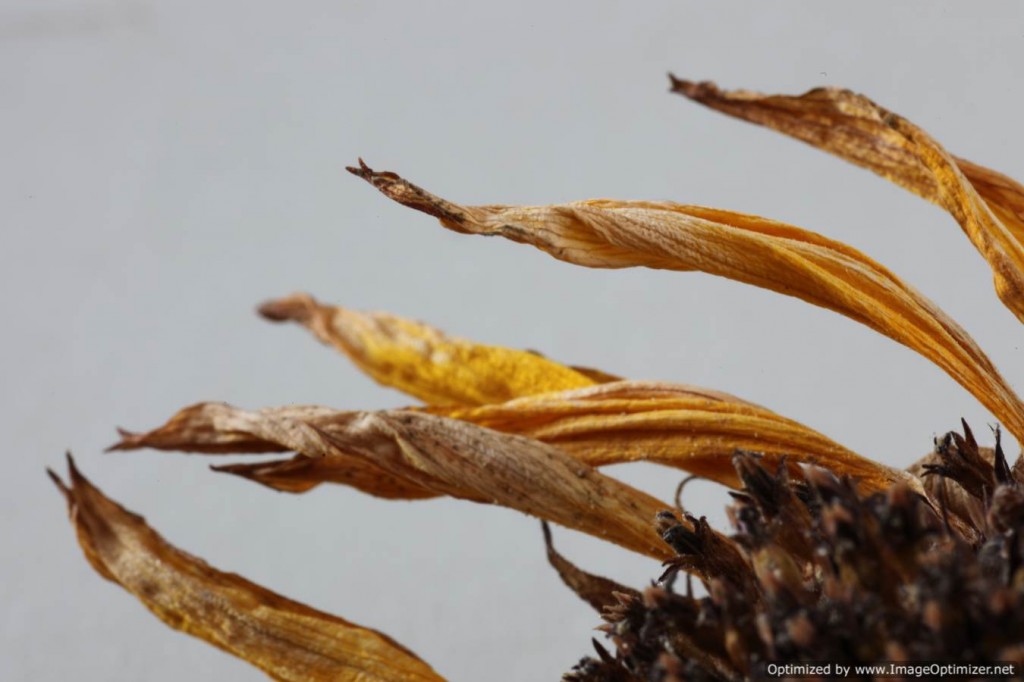

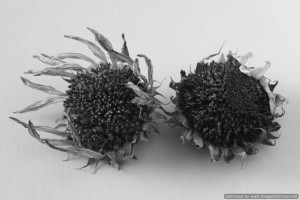
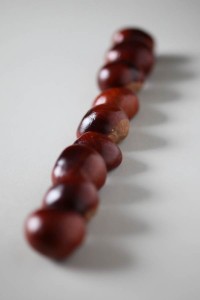
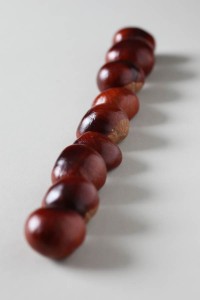
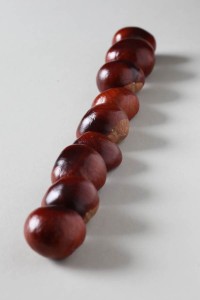
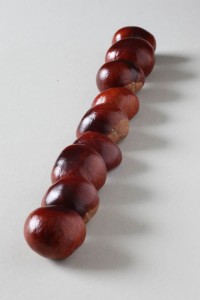
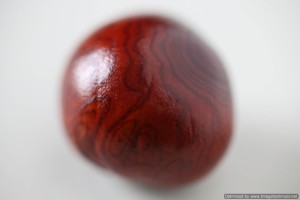
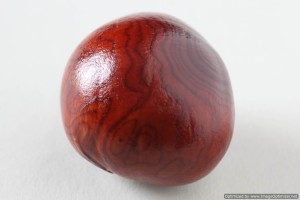
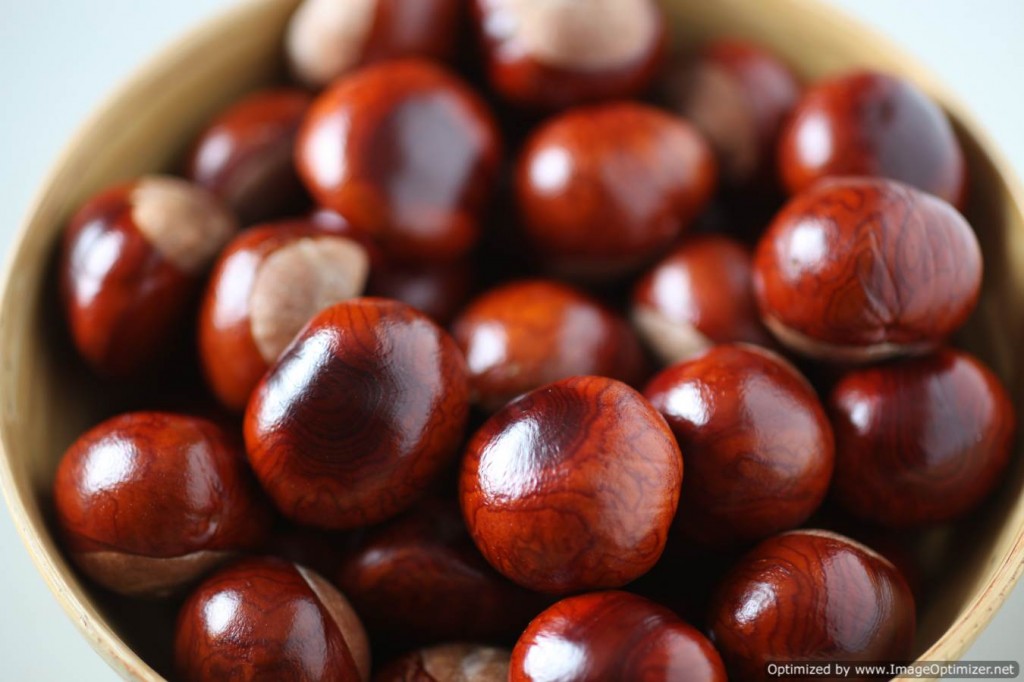
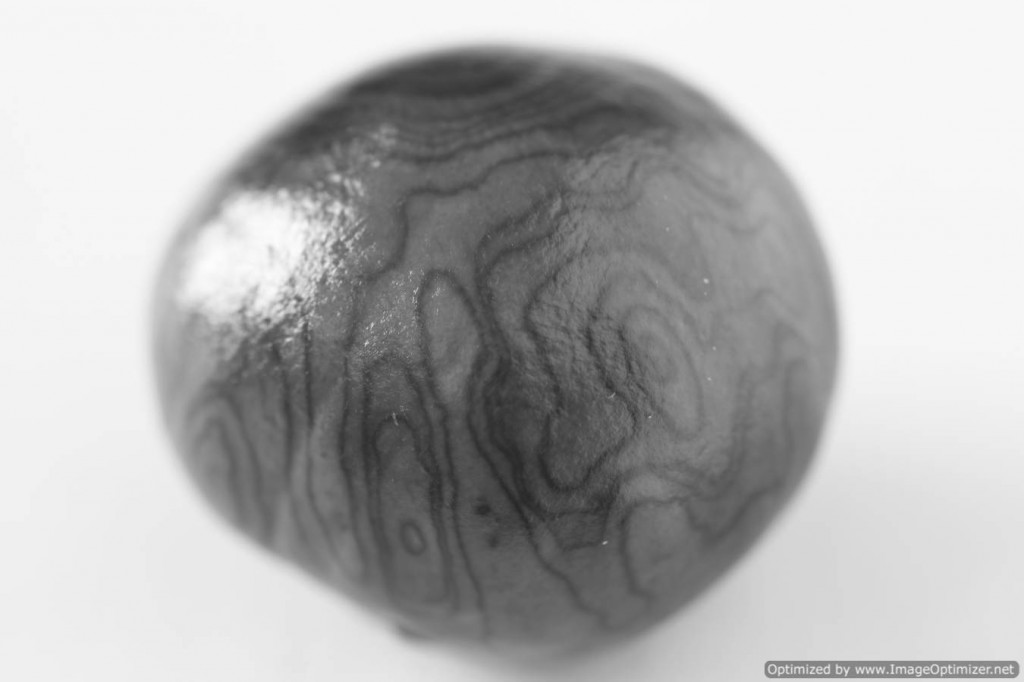
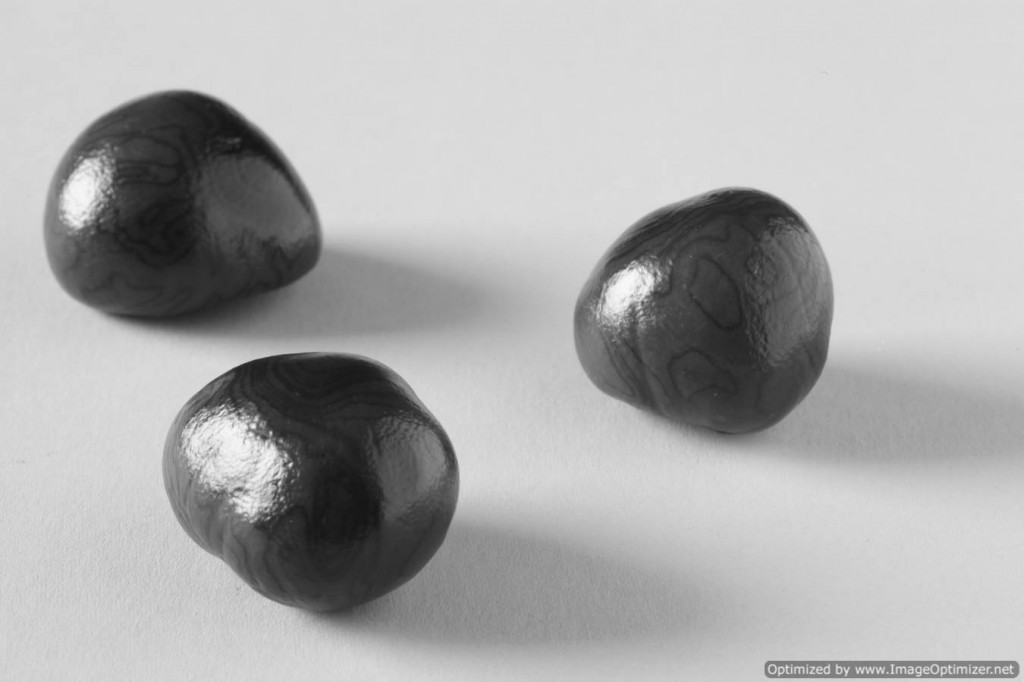

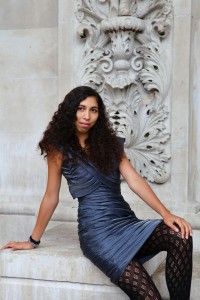
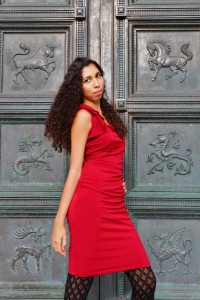
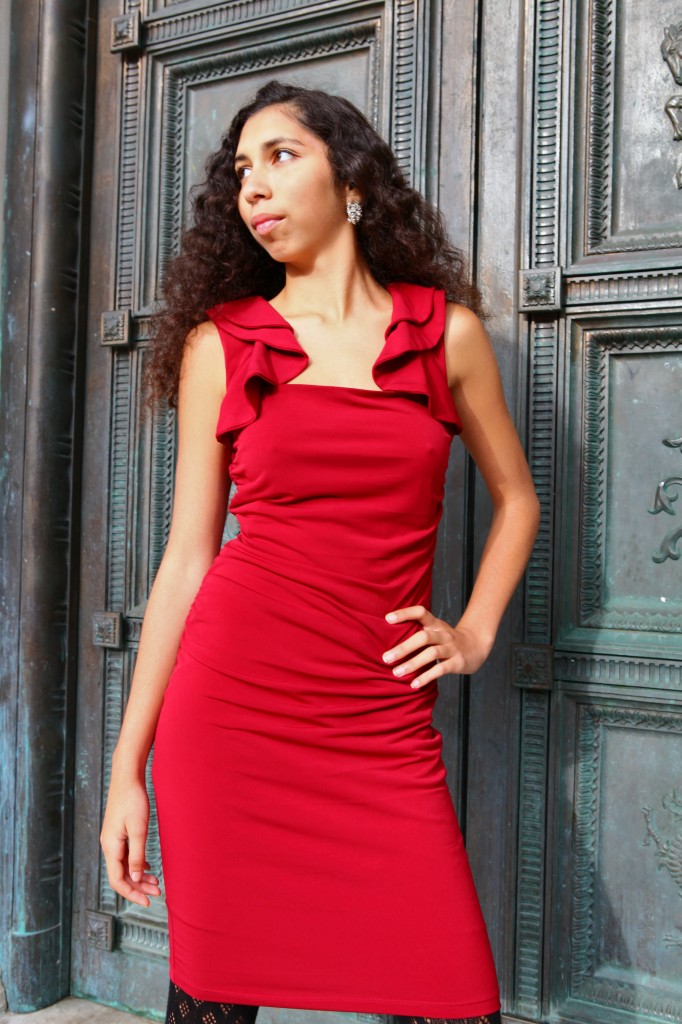
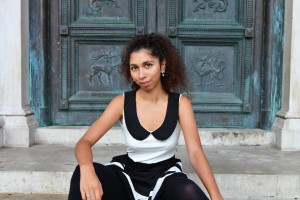
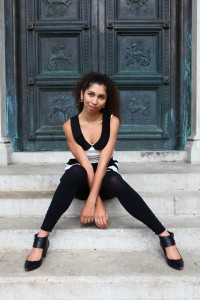
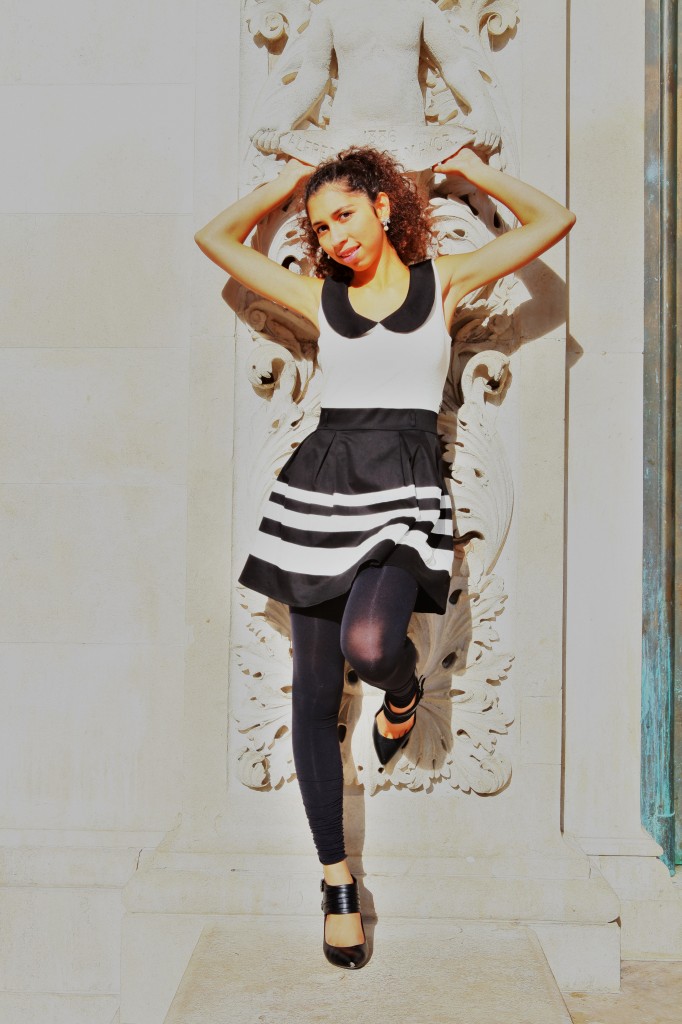
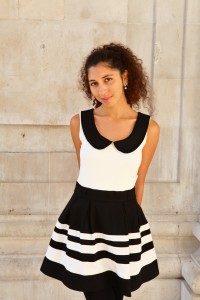
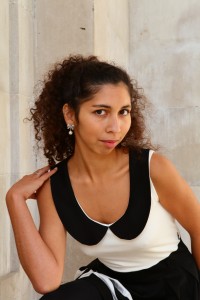

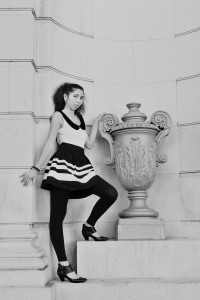
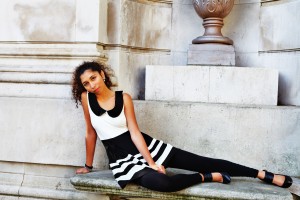
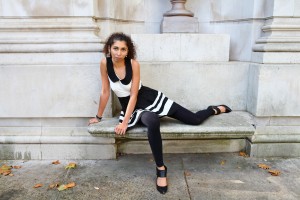

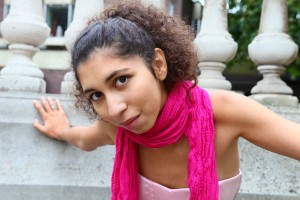



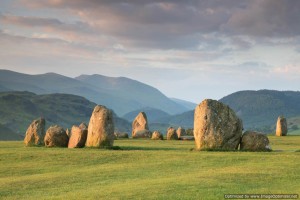
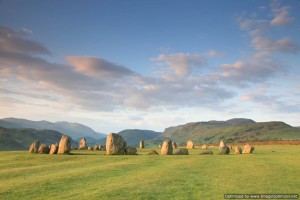
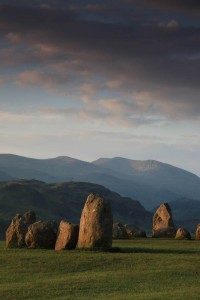
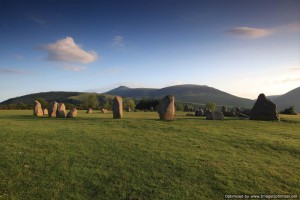
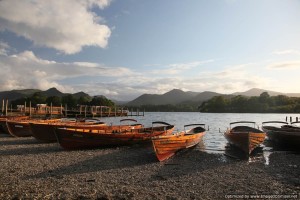
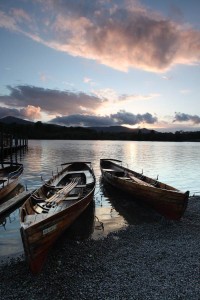
After looking at a number of the blog articles on your website, I
truly like your technique of blogging. I book-marked it to my bookmark webpage
list and will be checking back soon. Take a look at my website too and tell me your opinion.